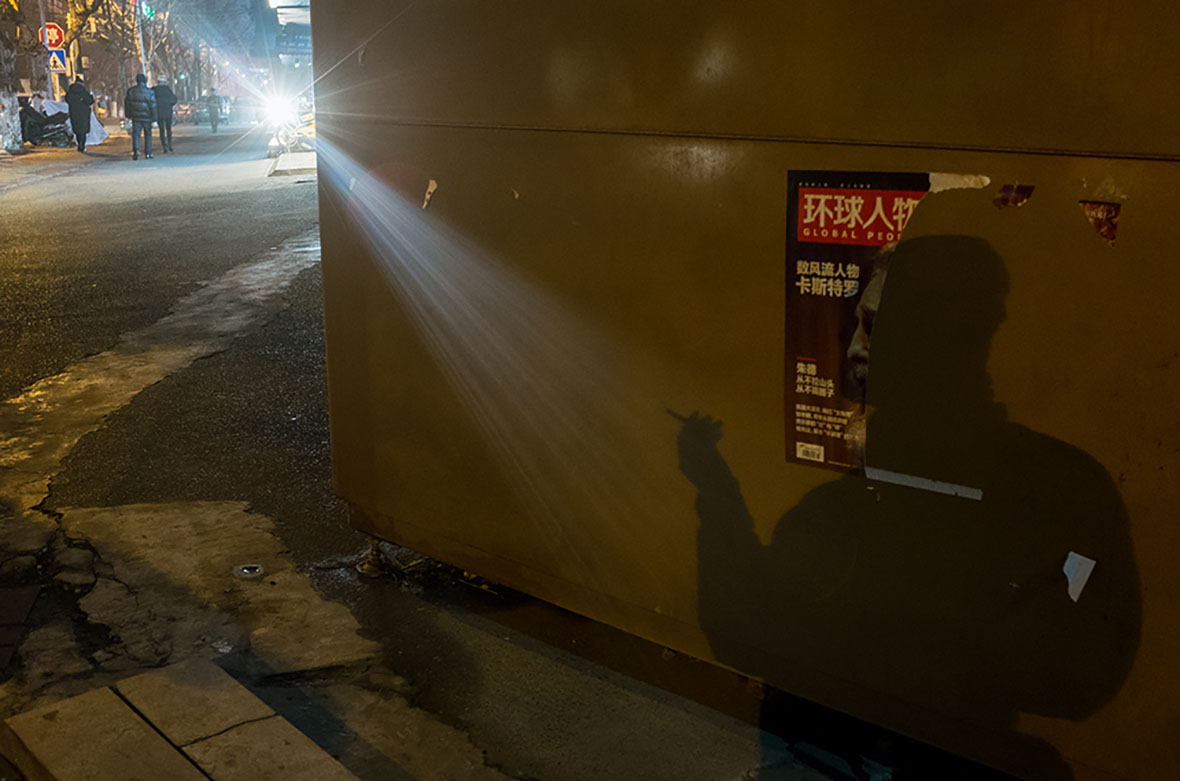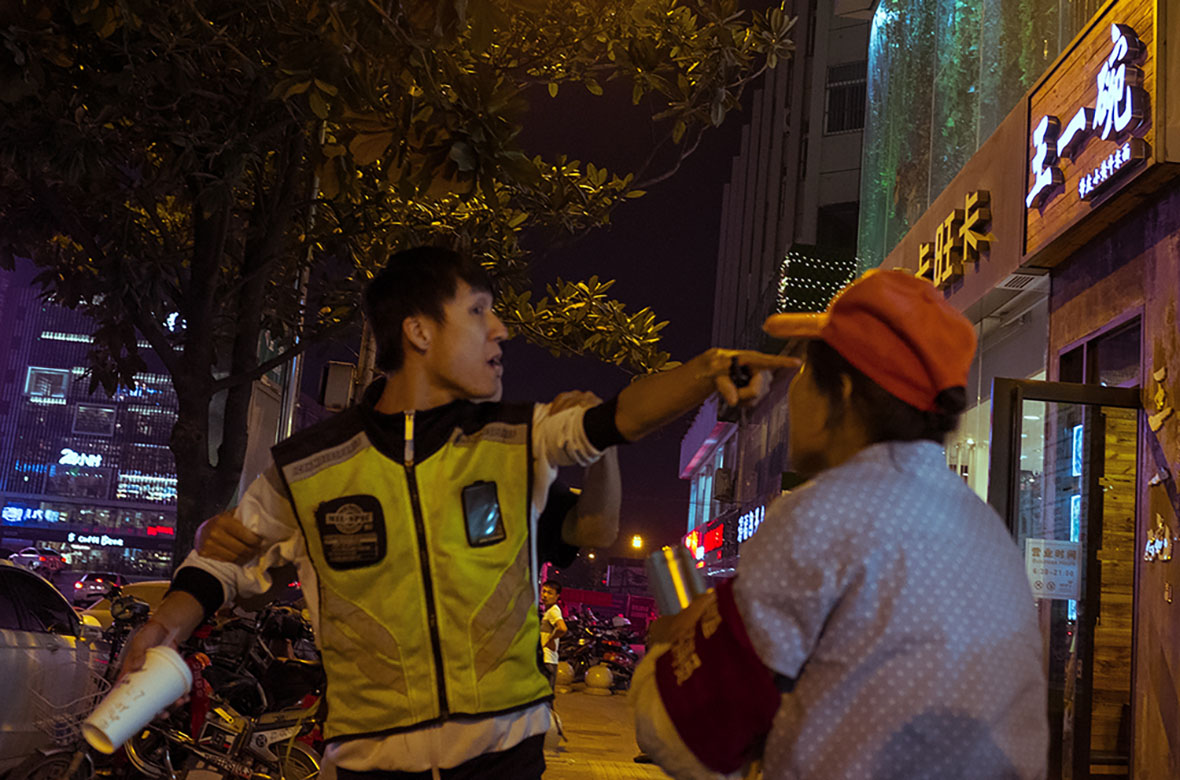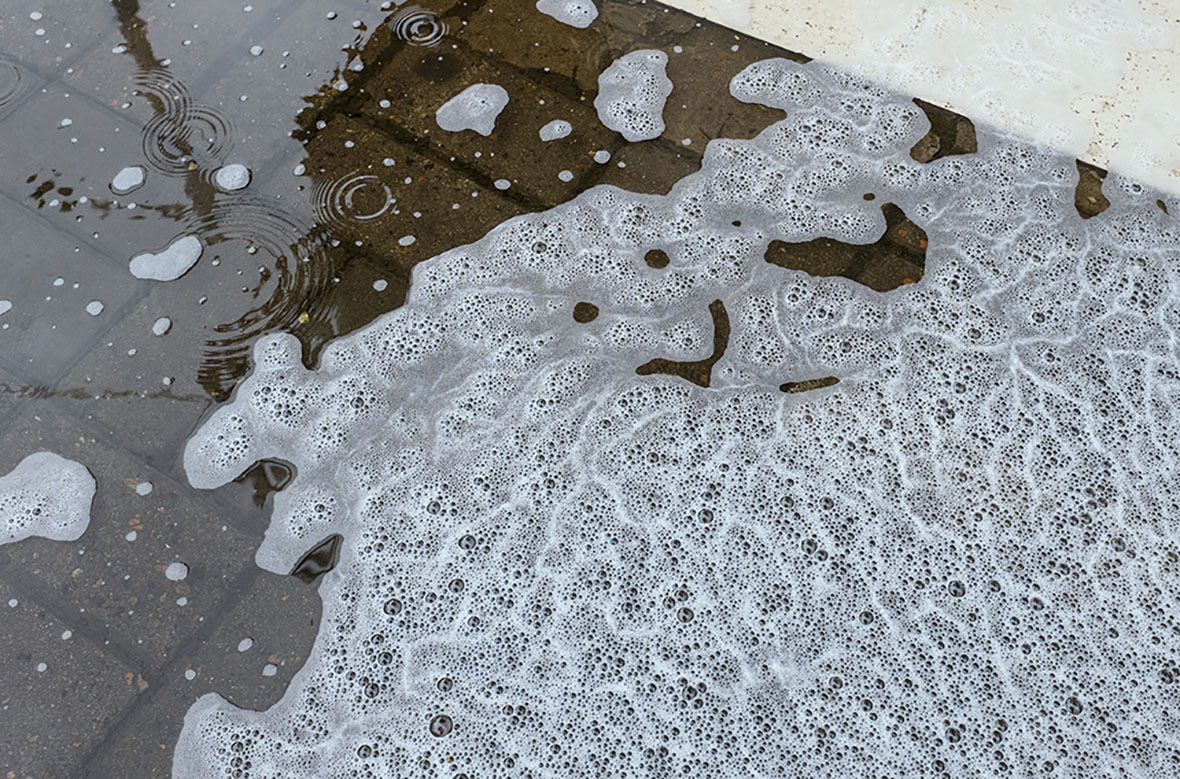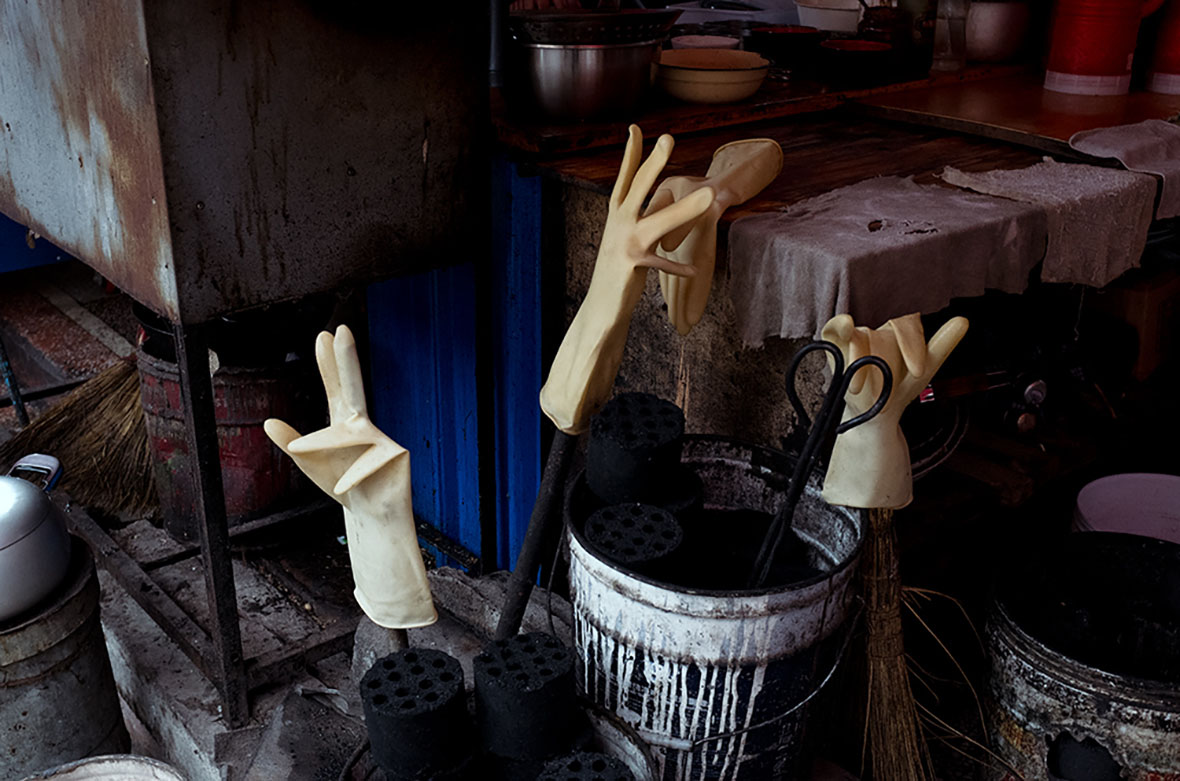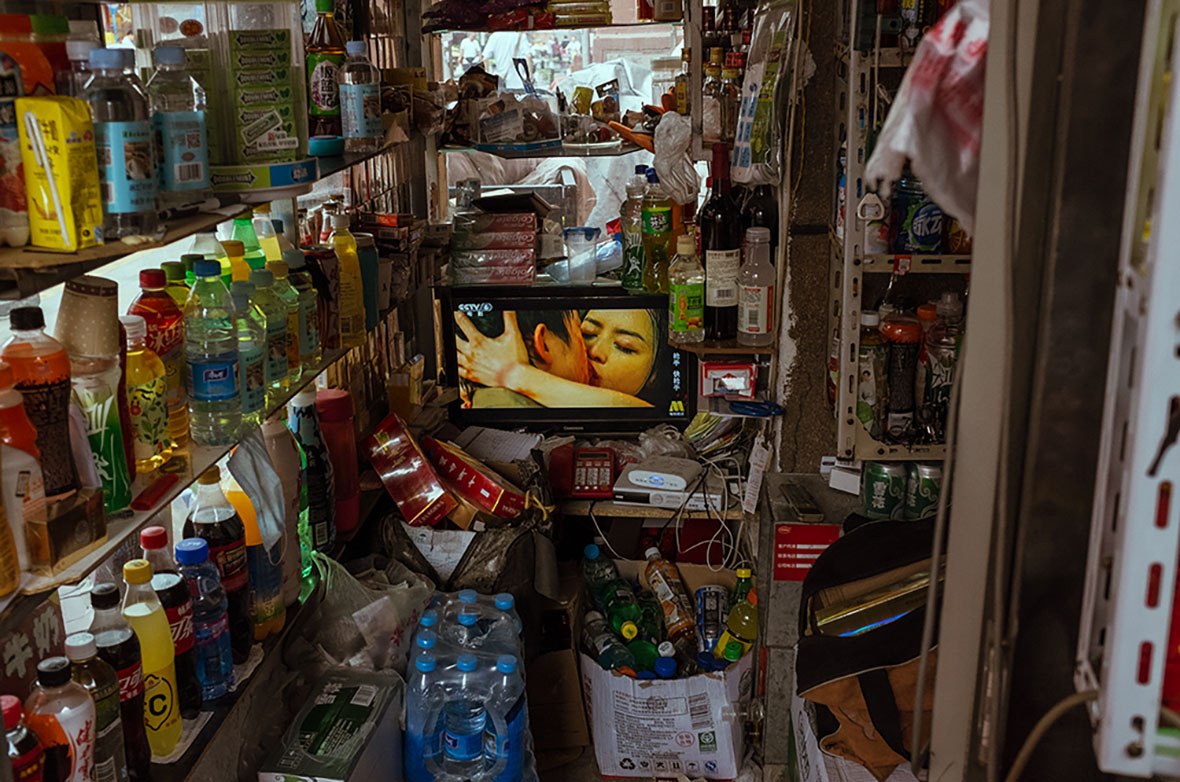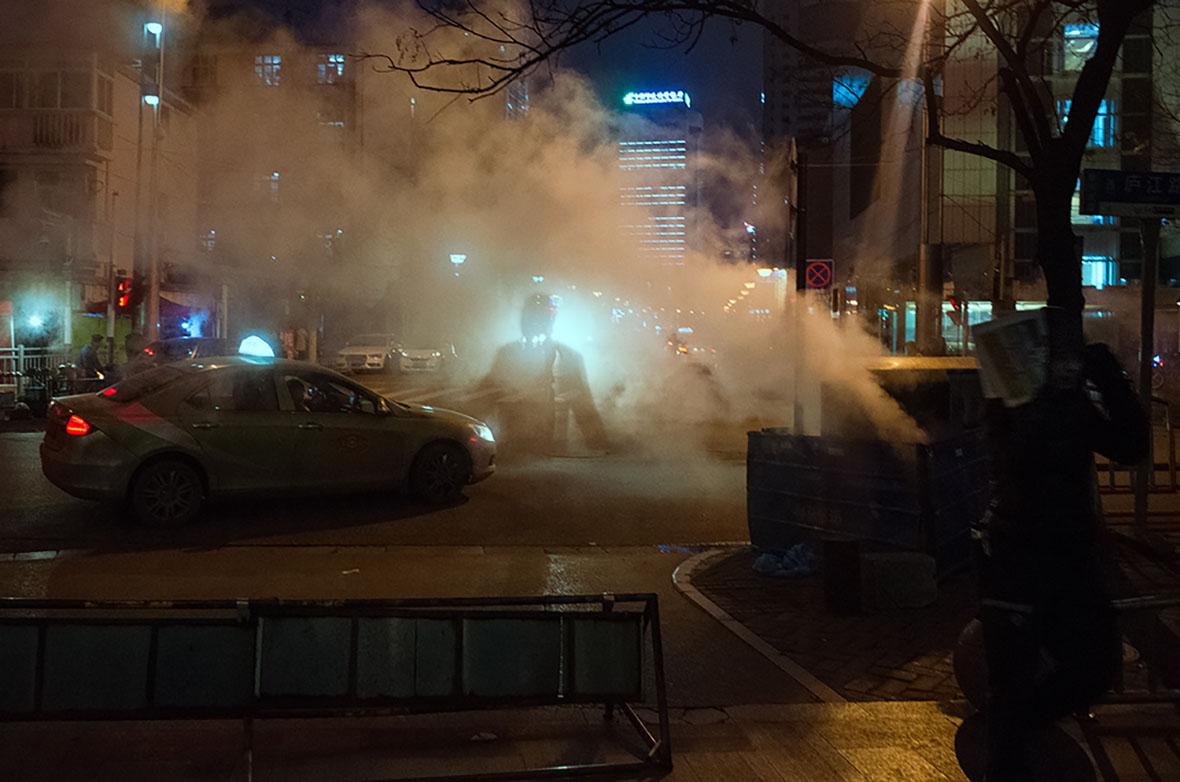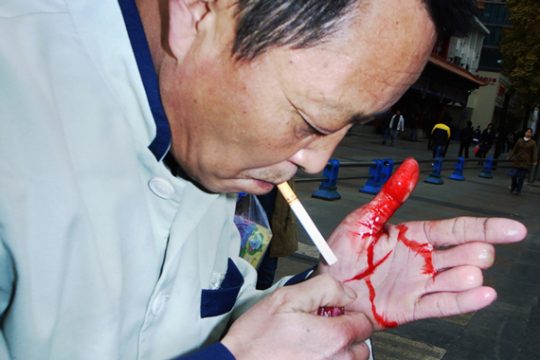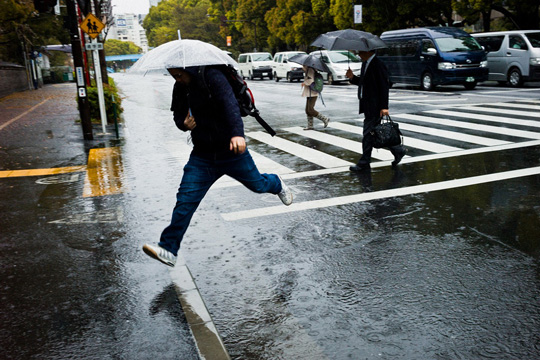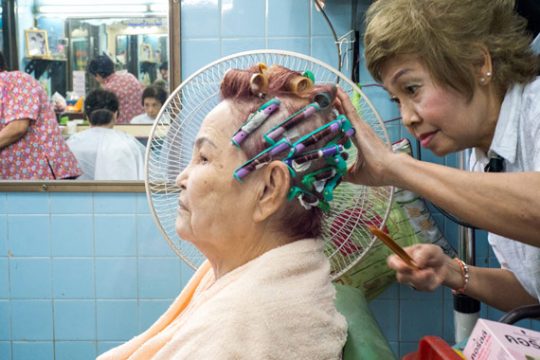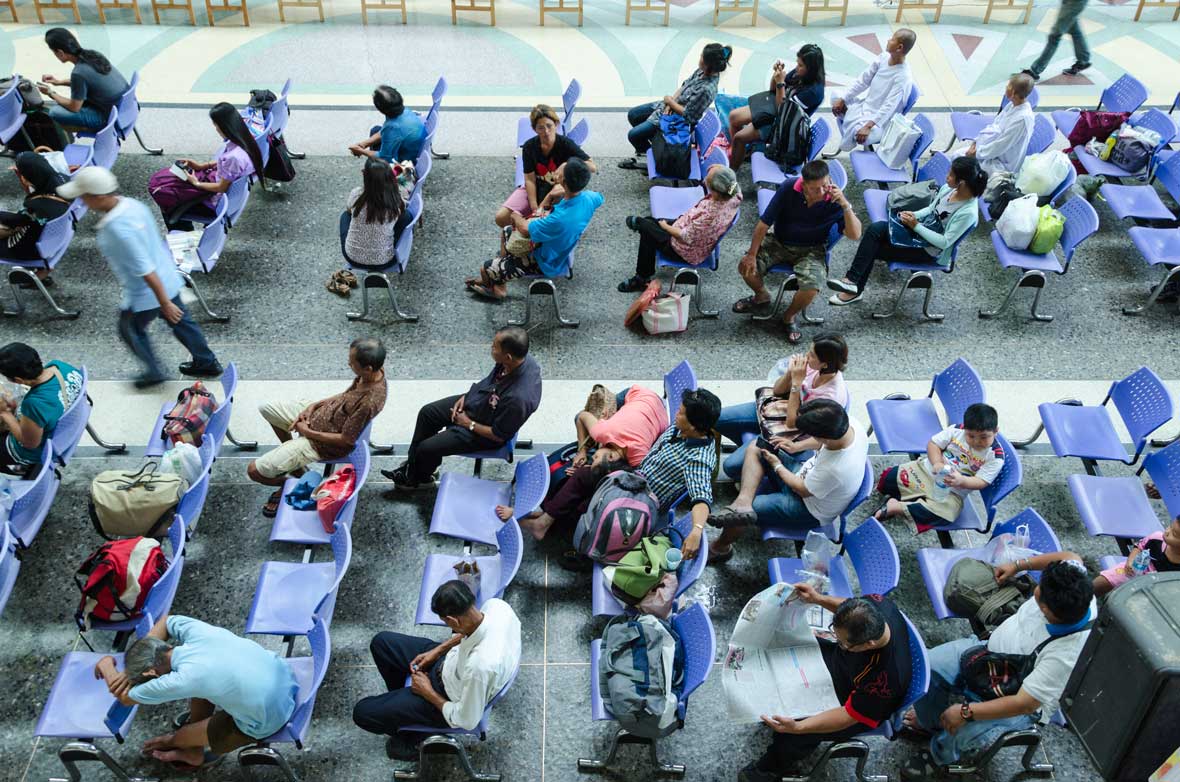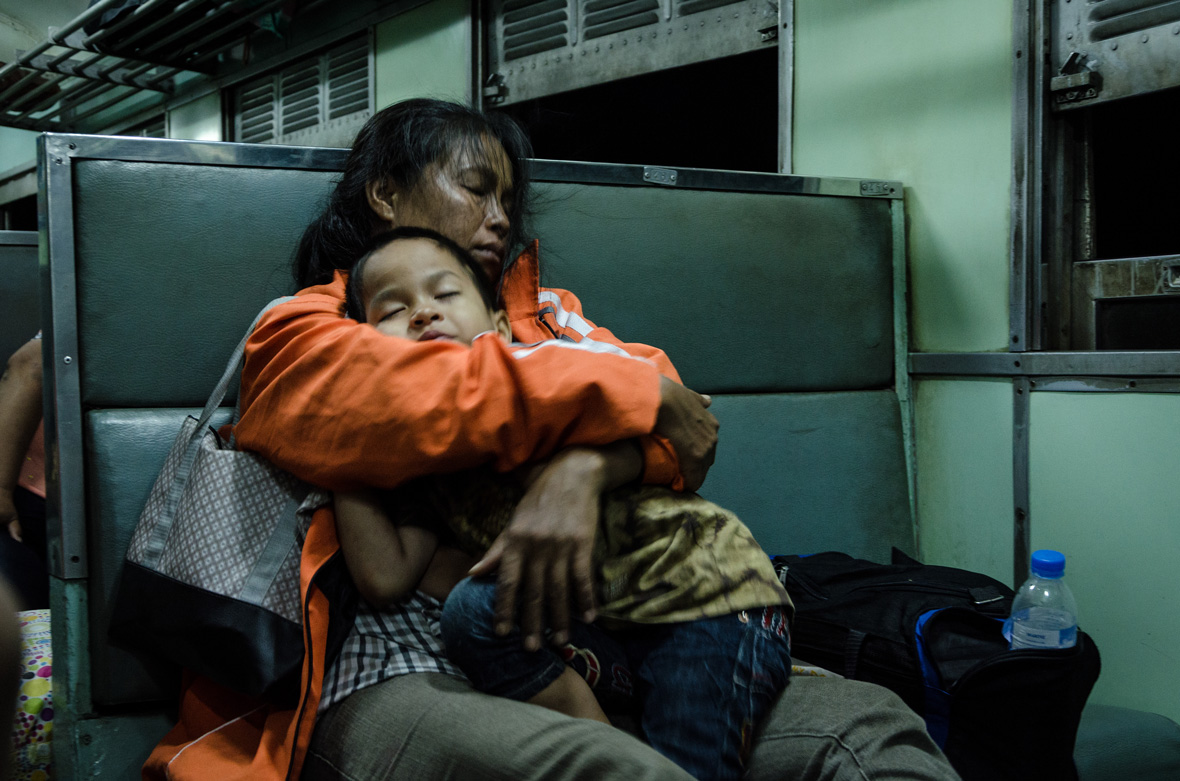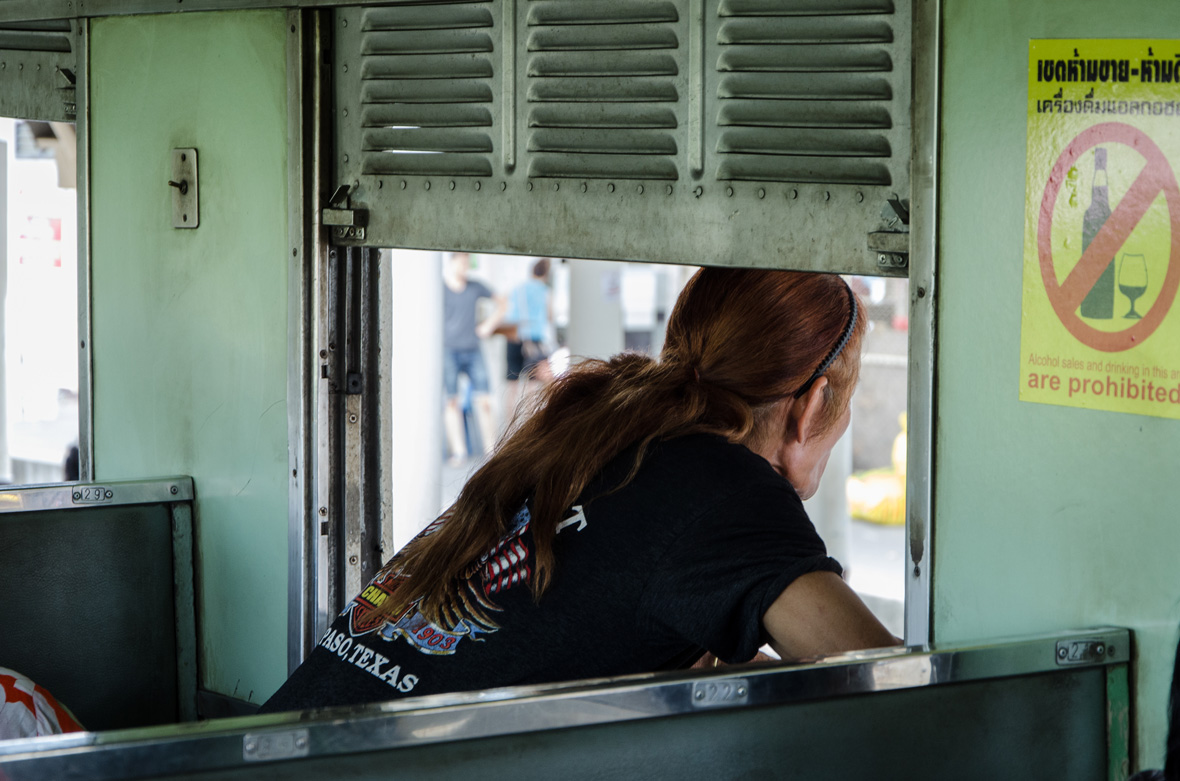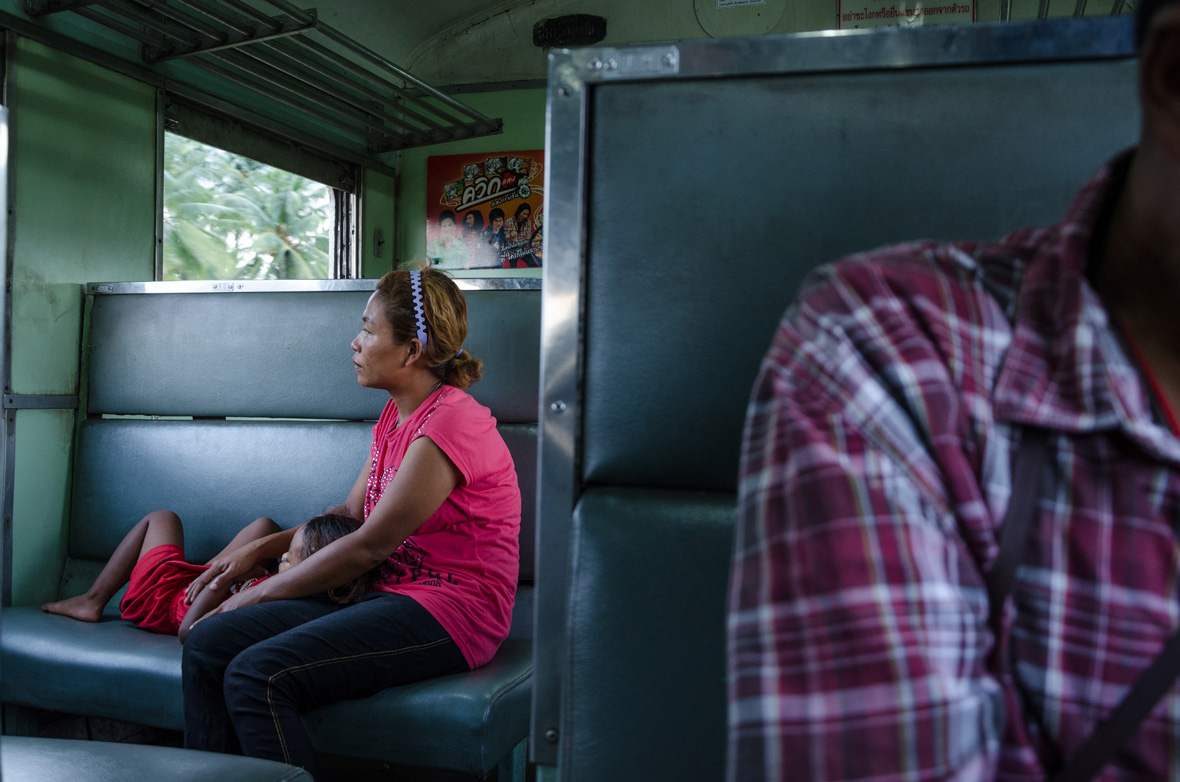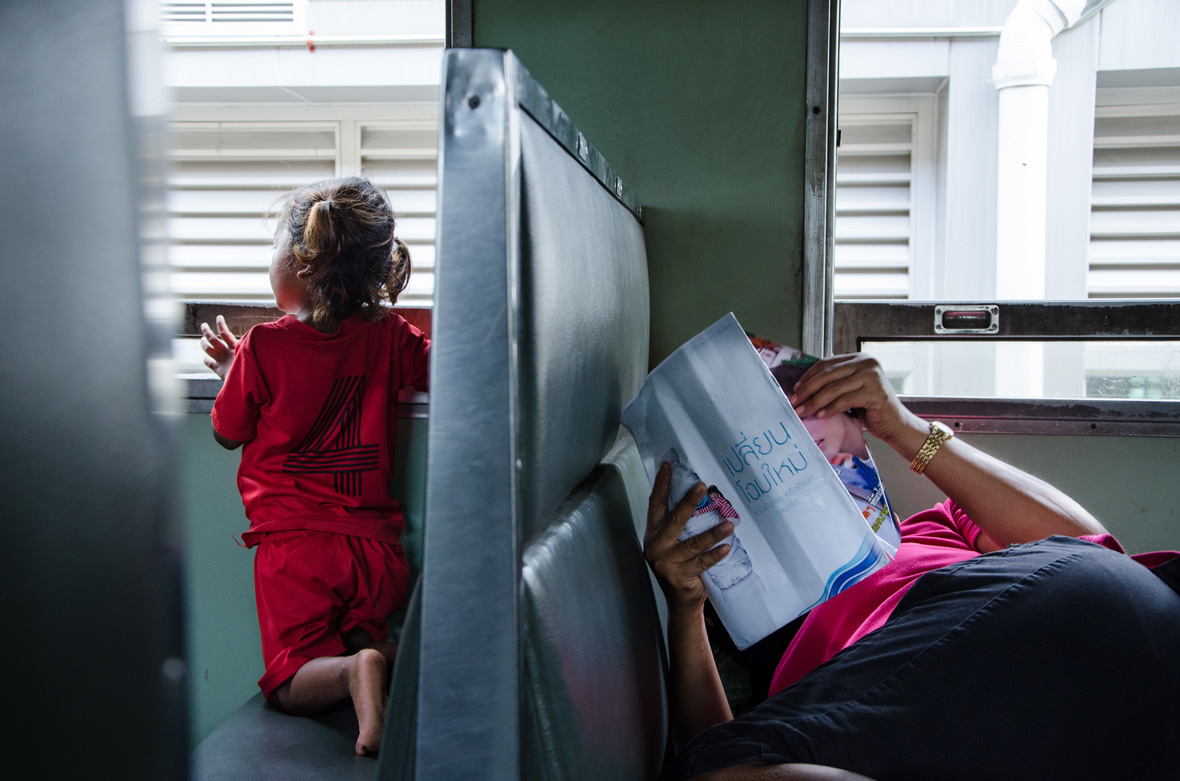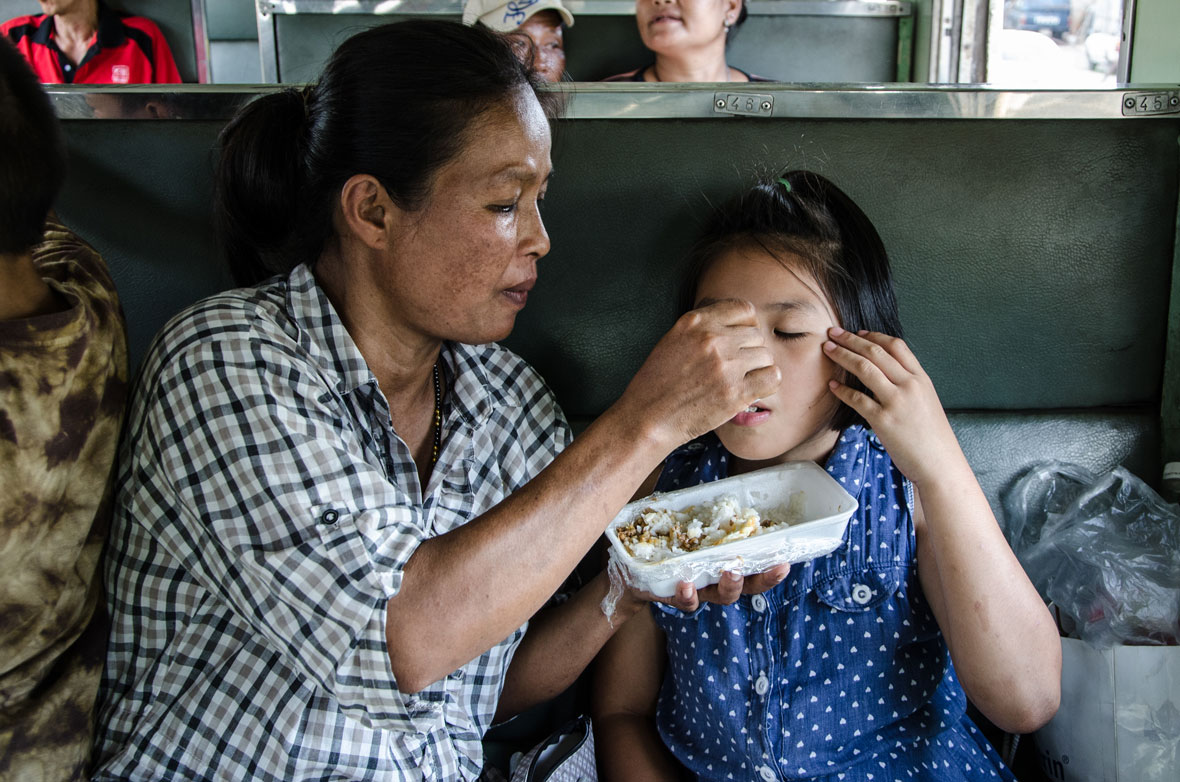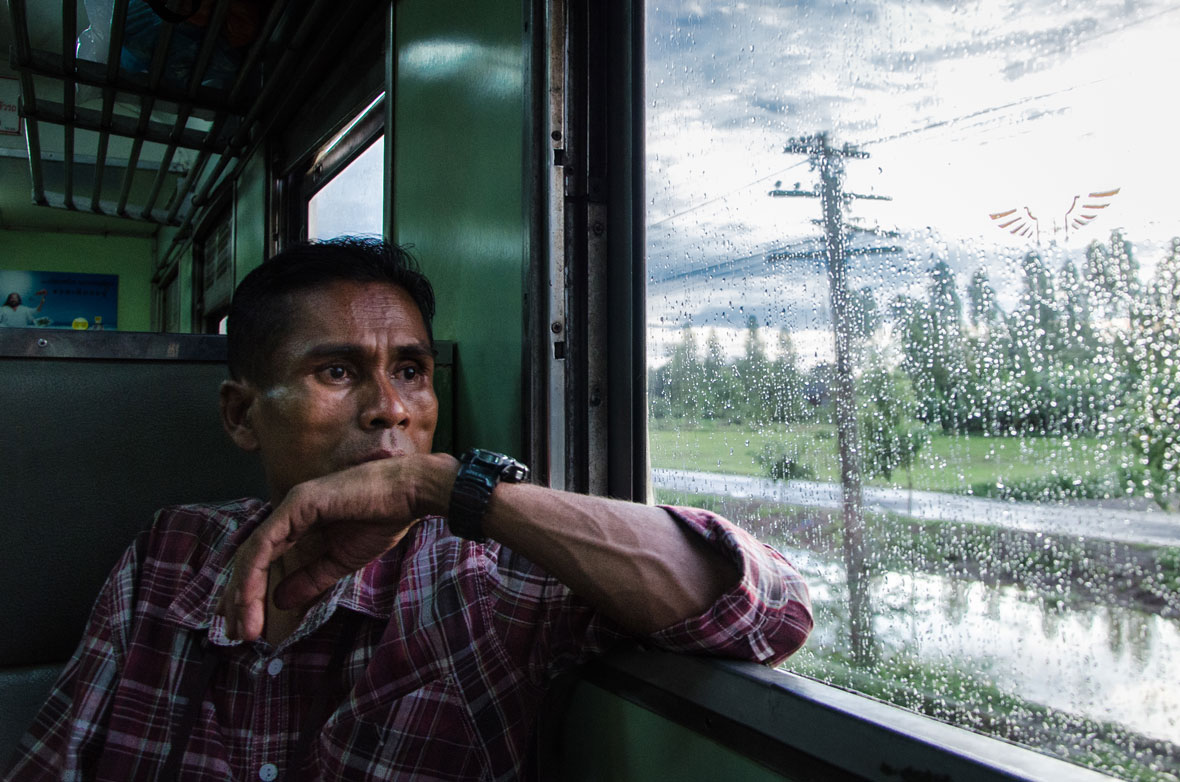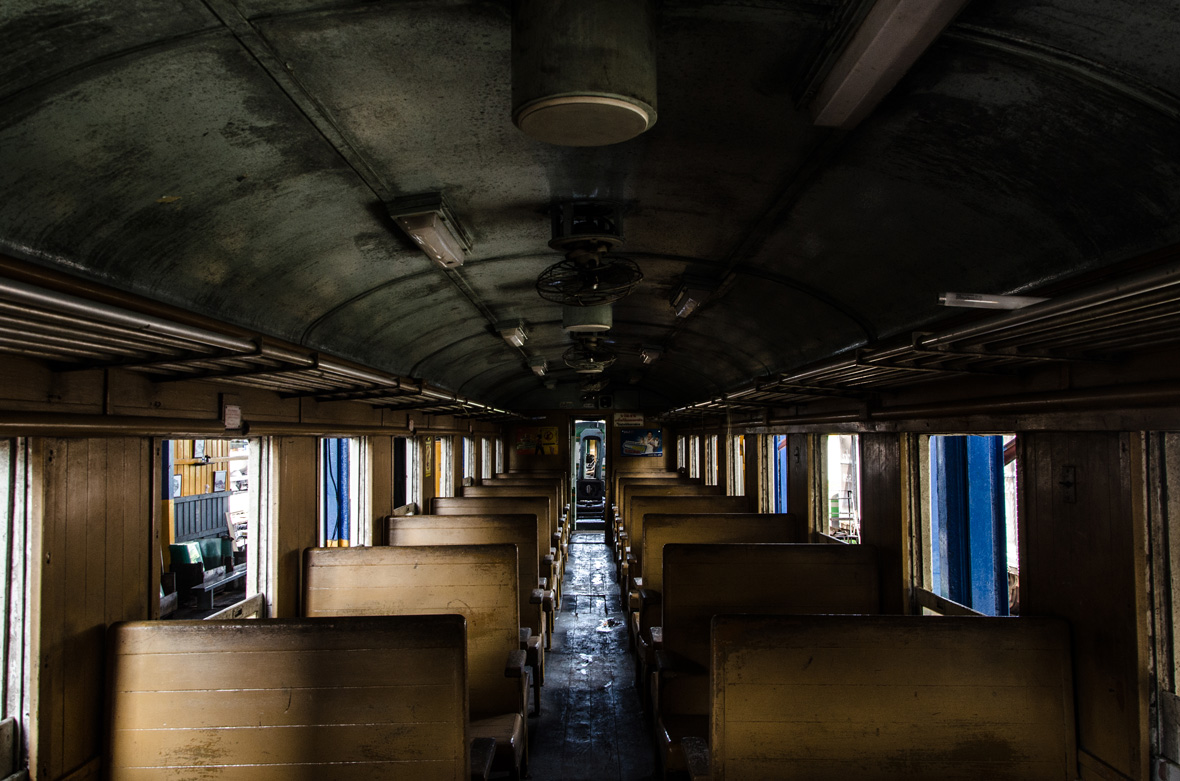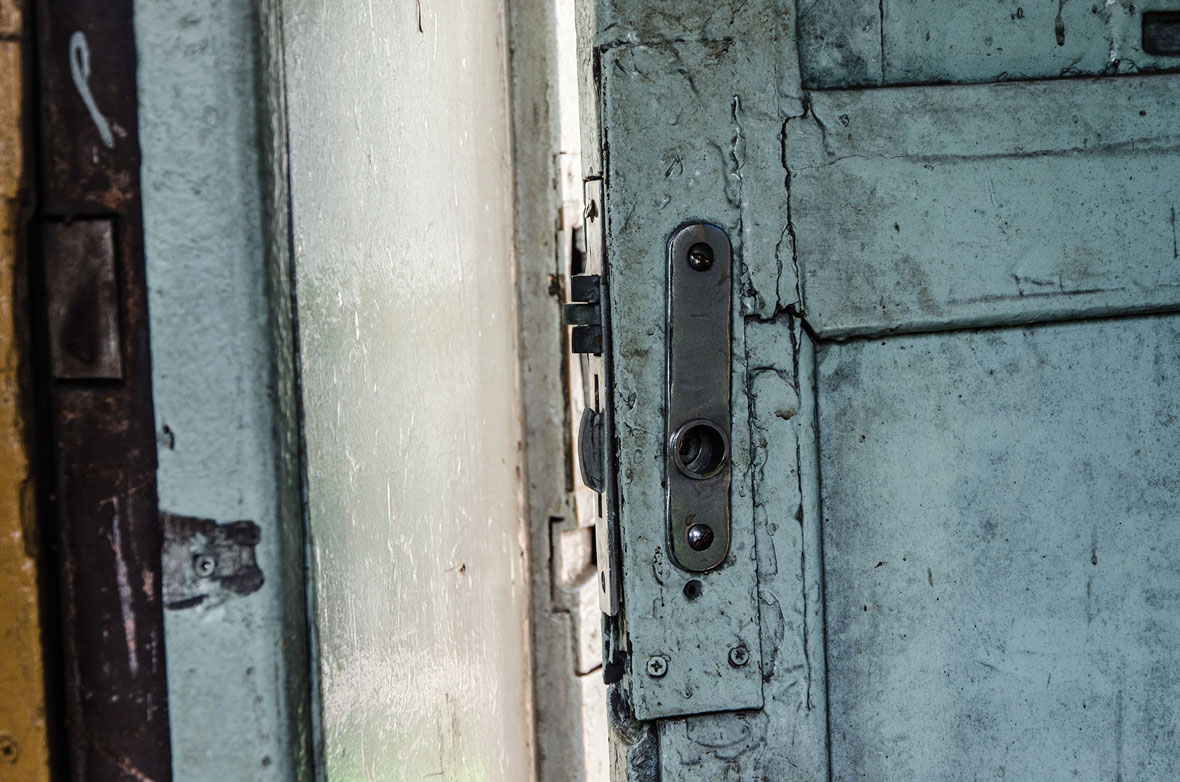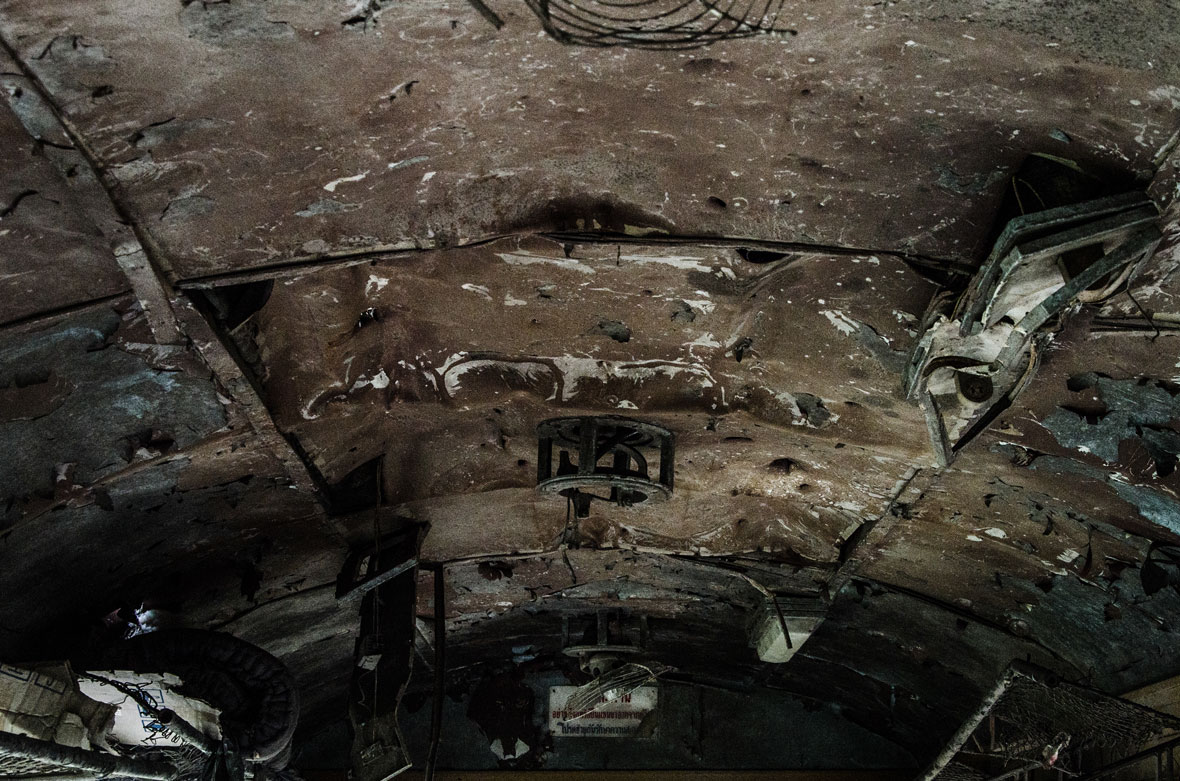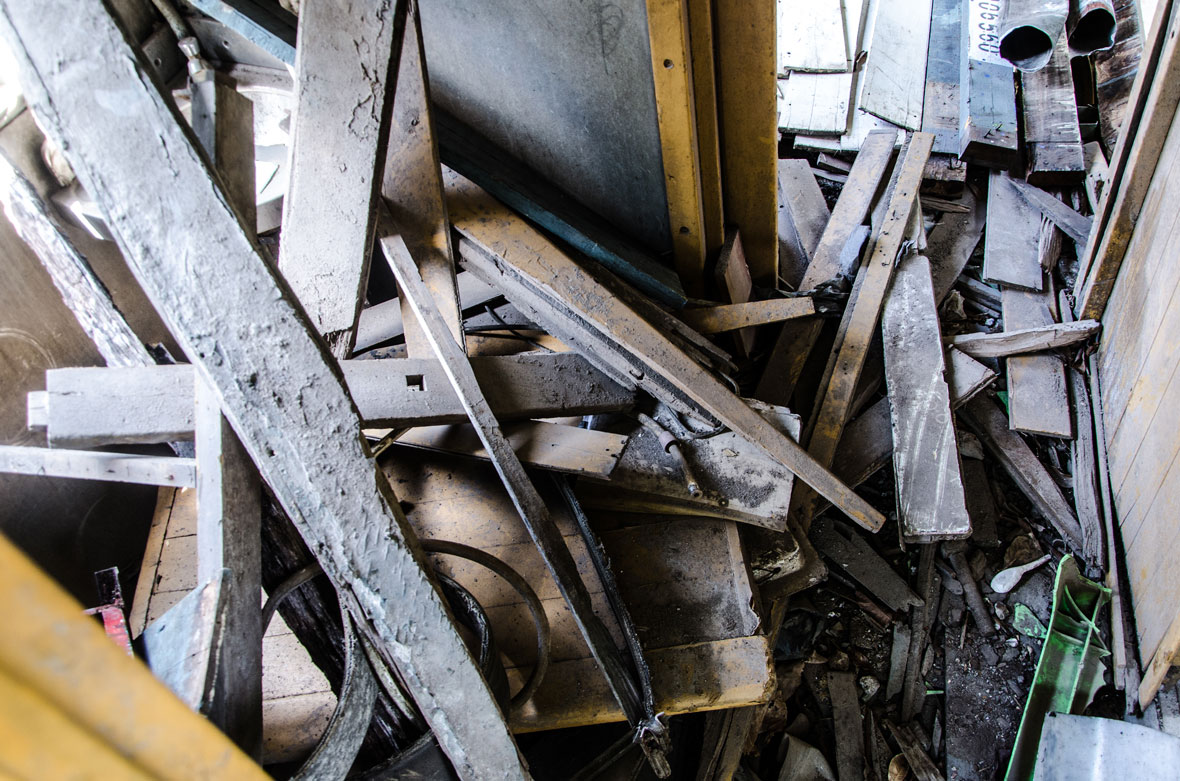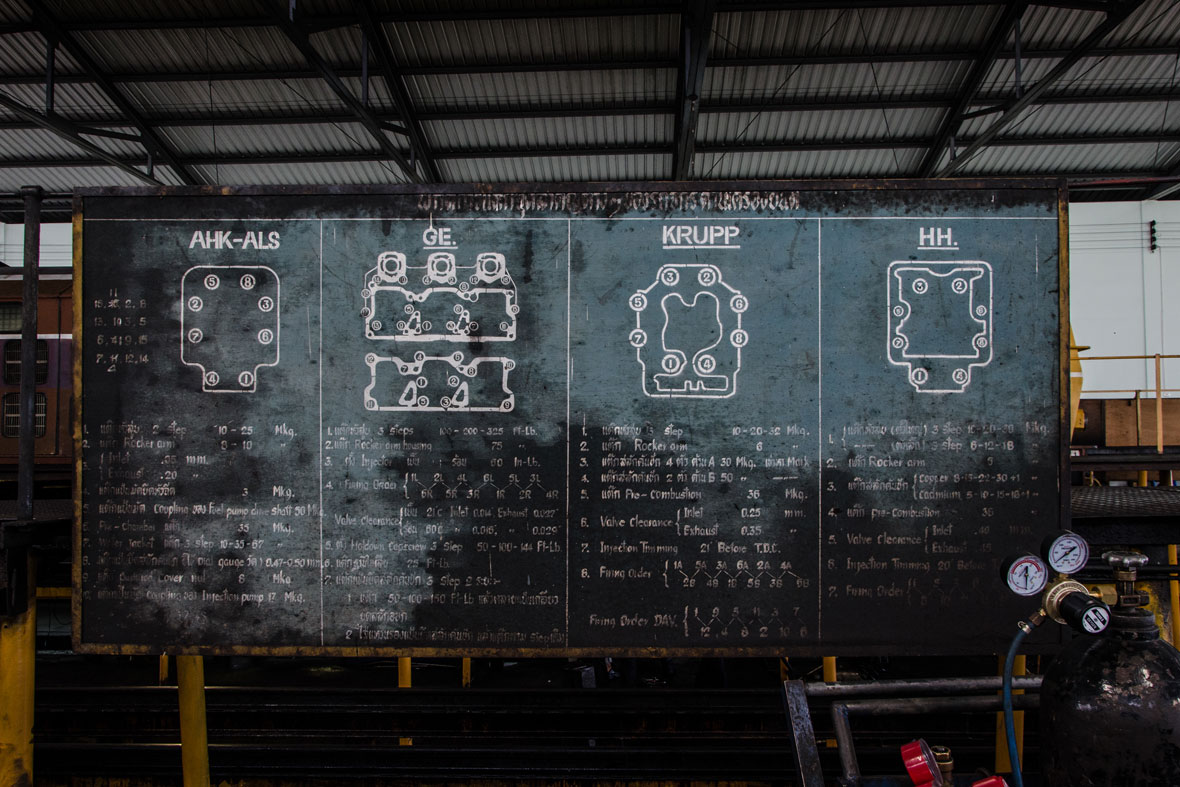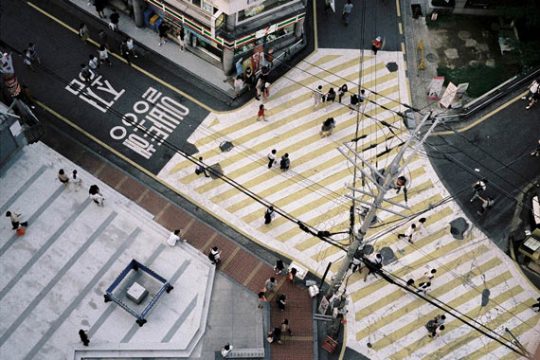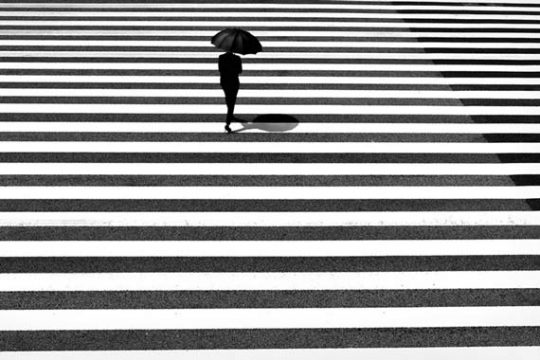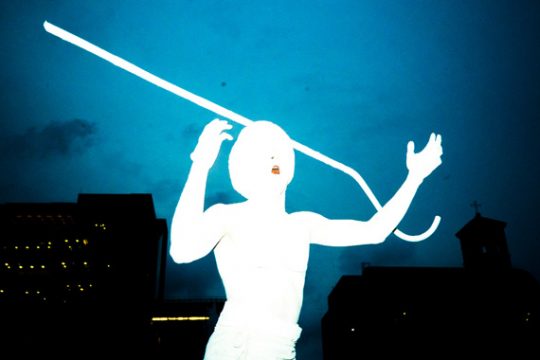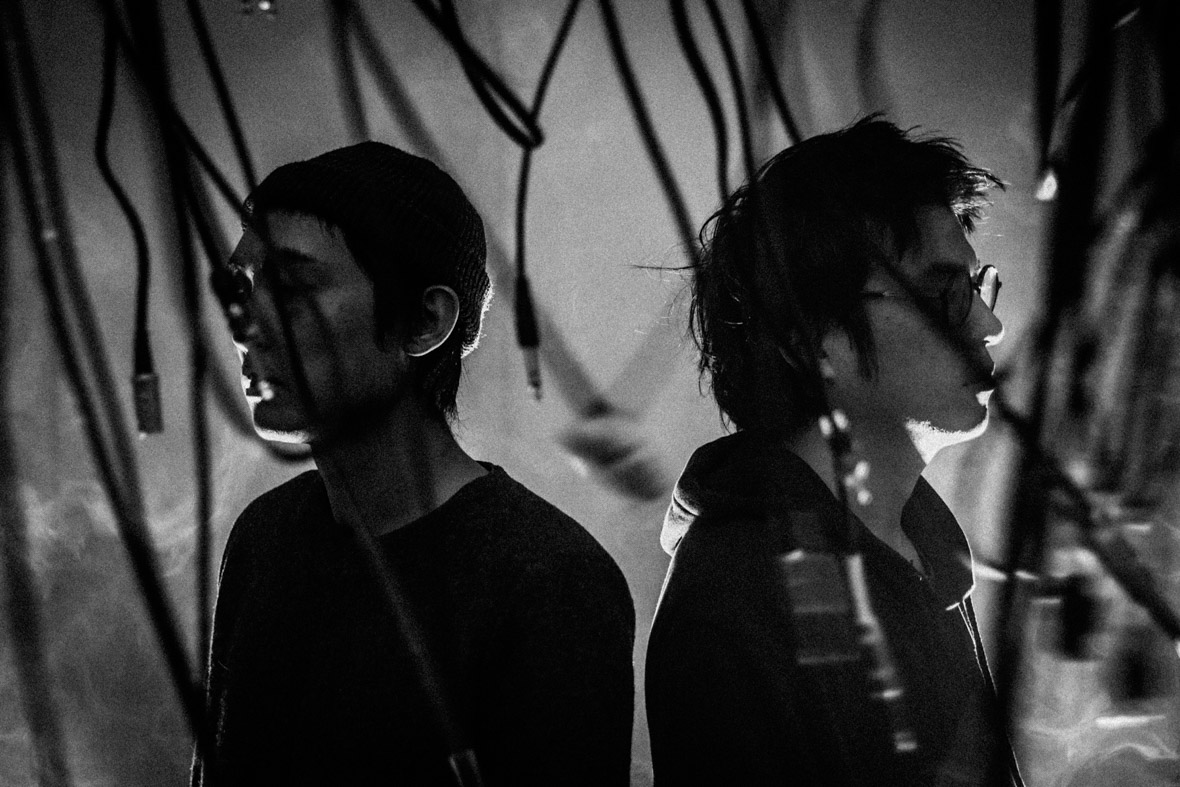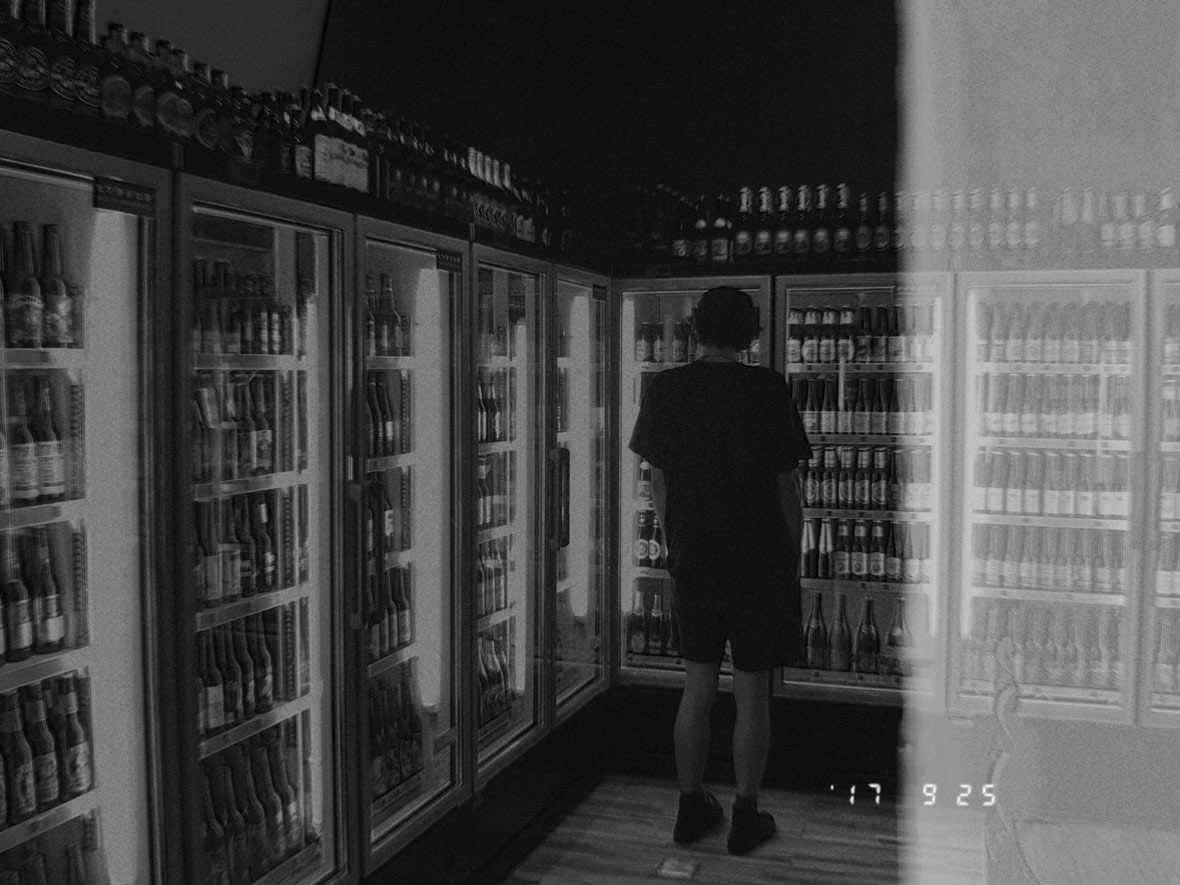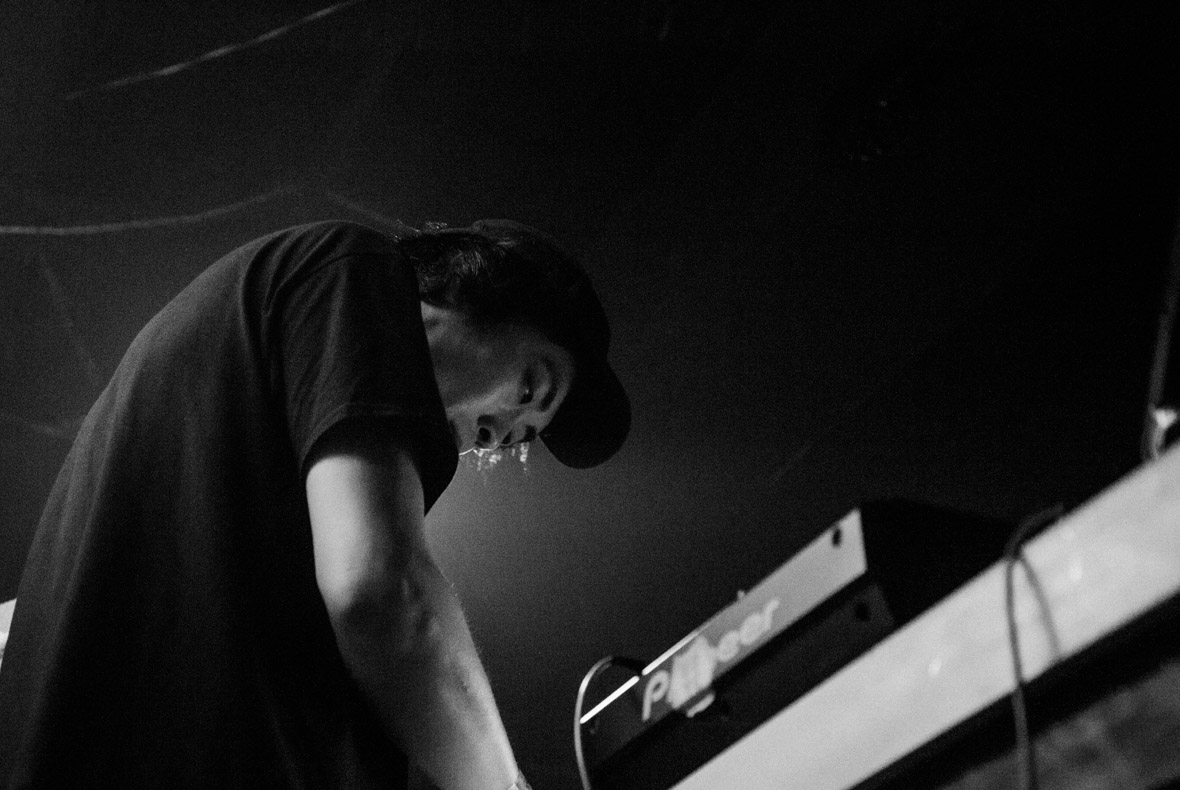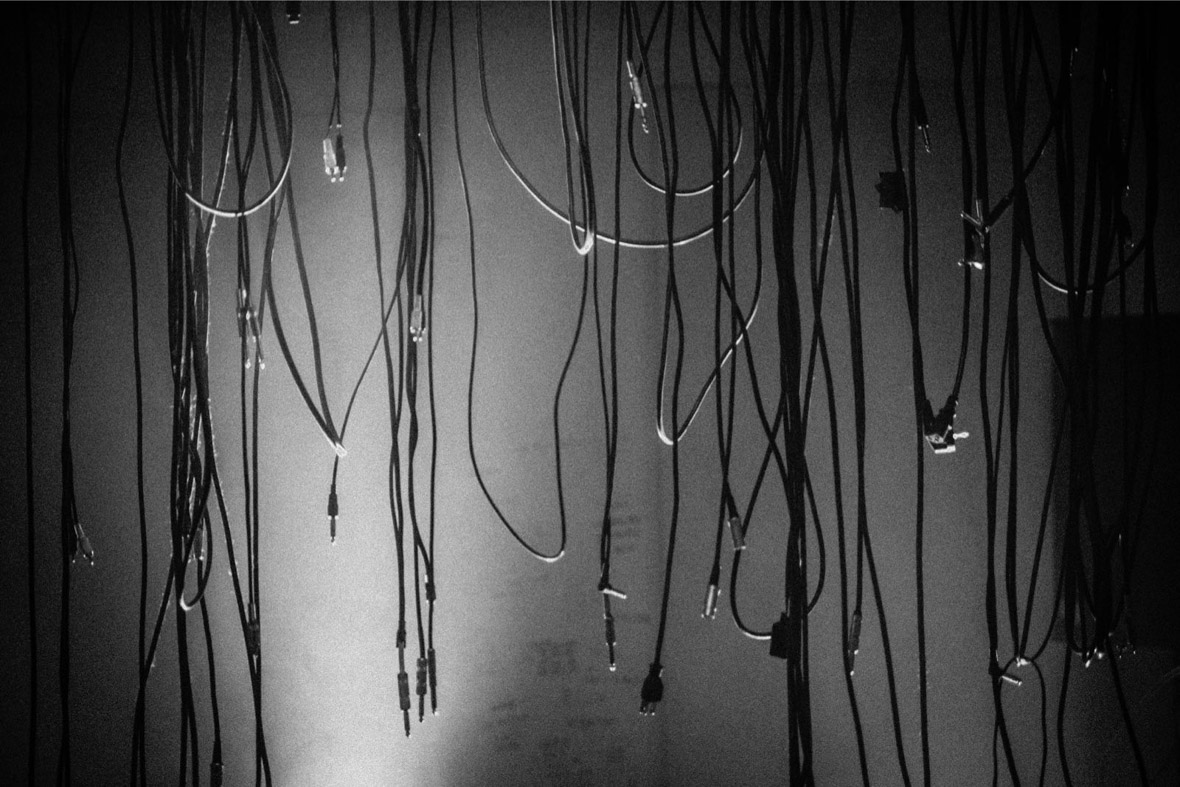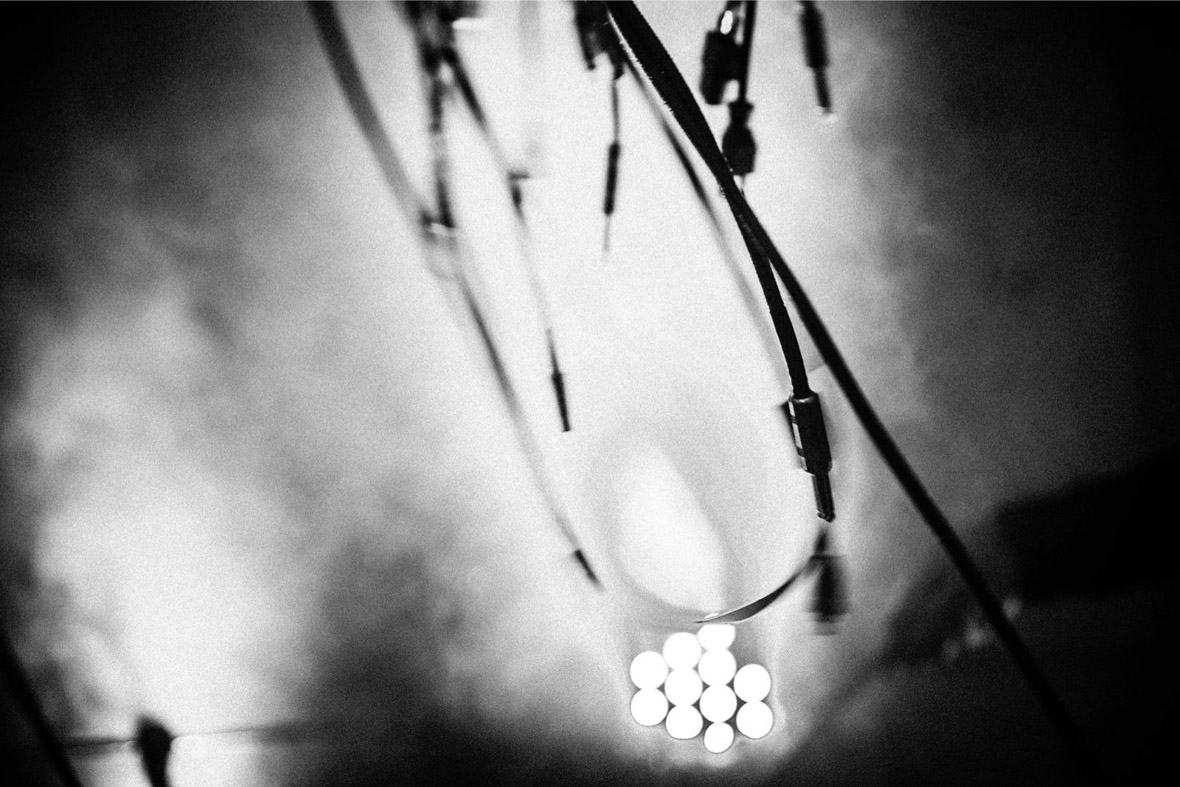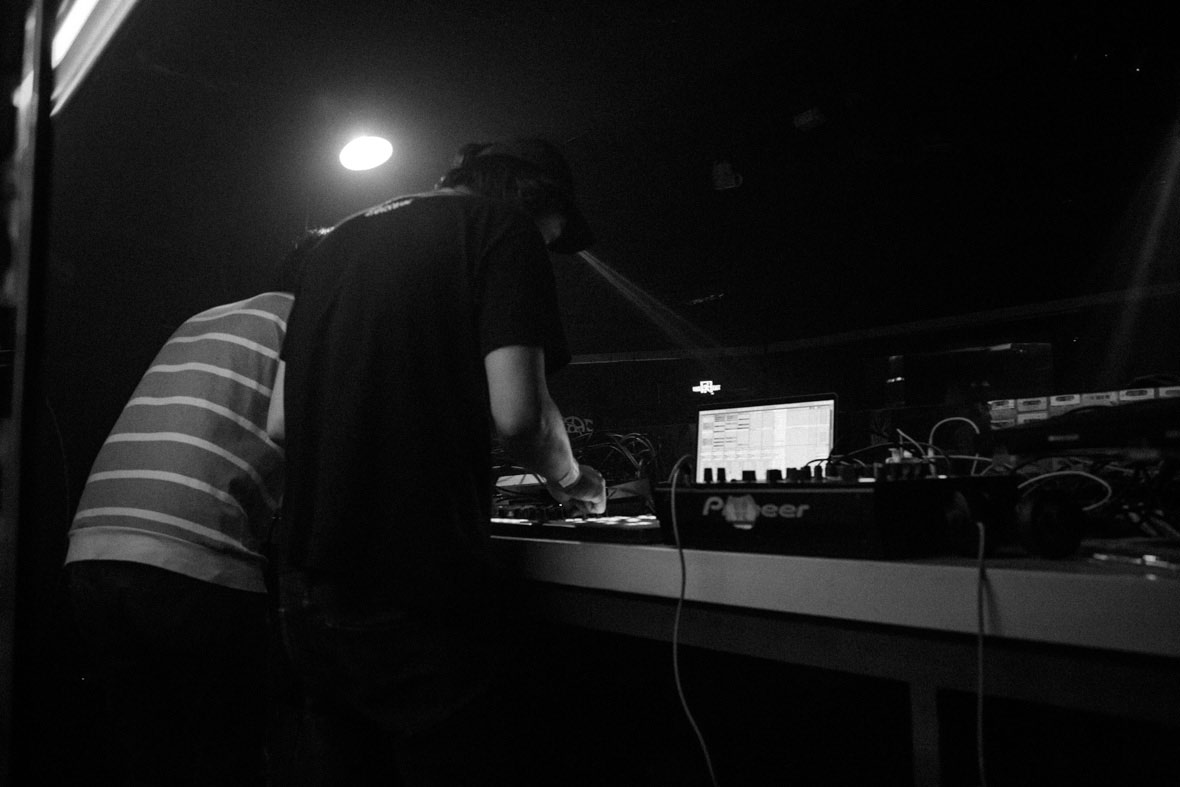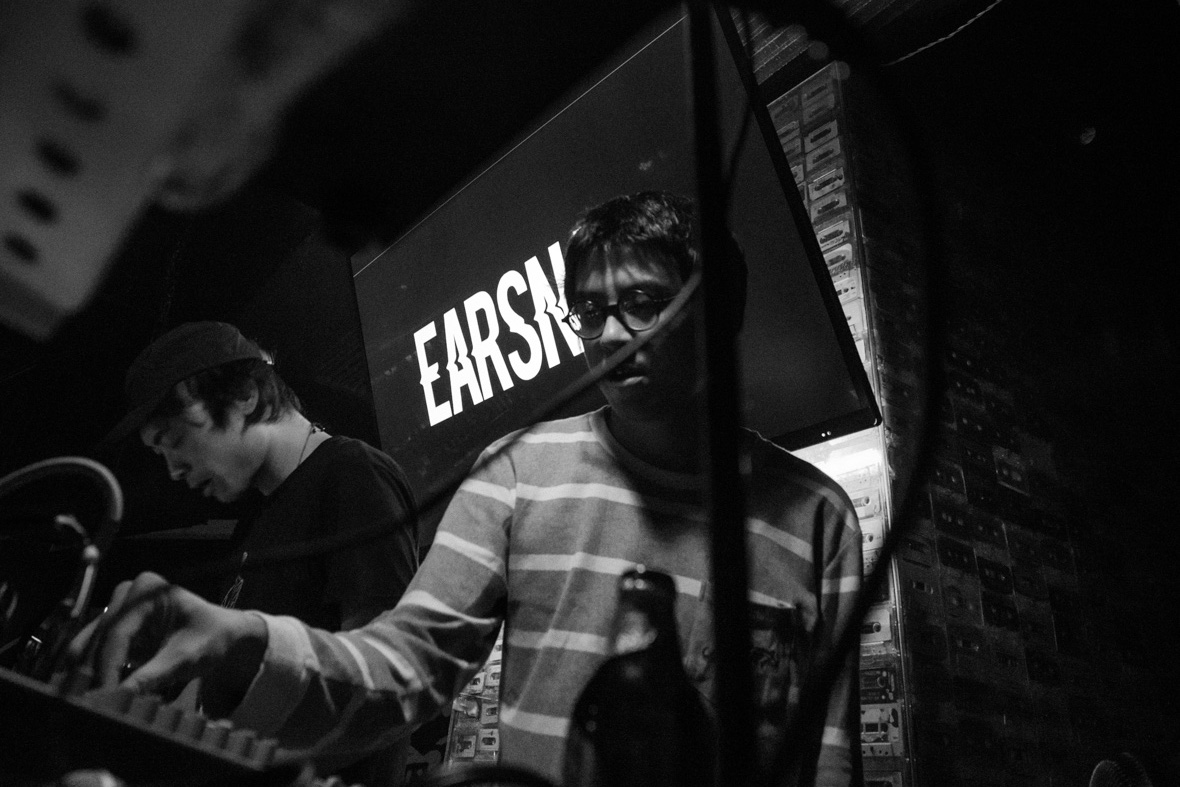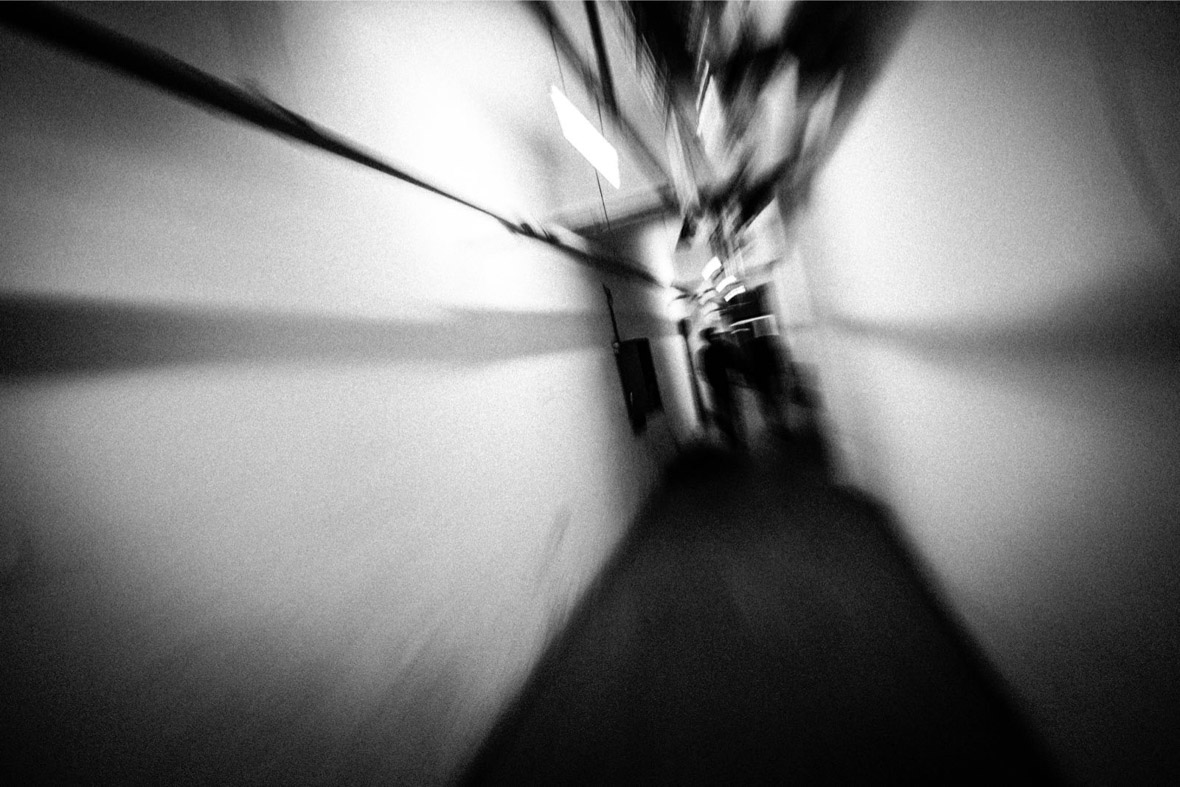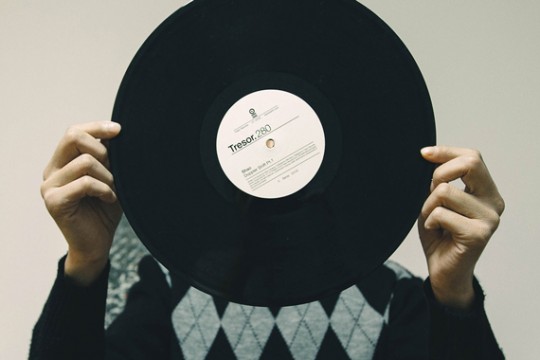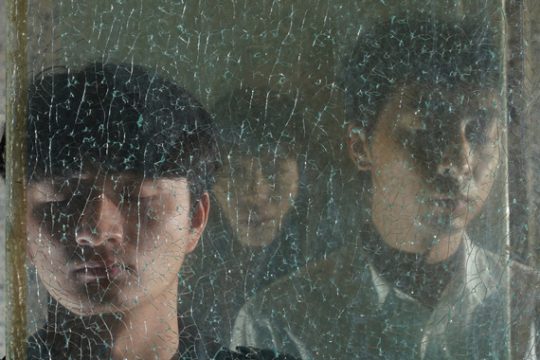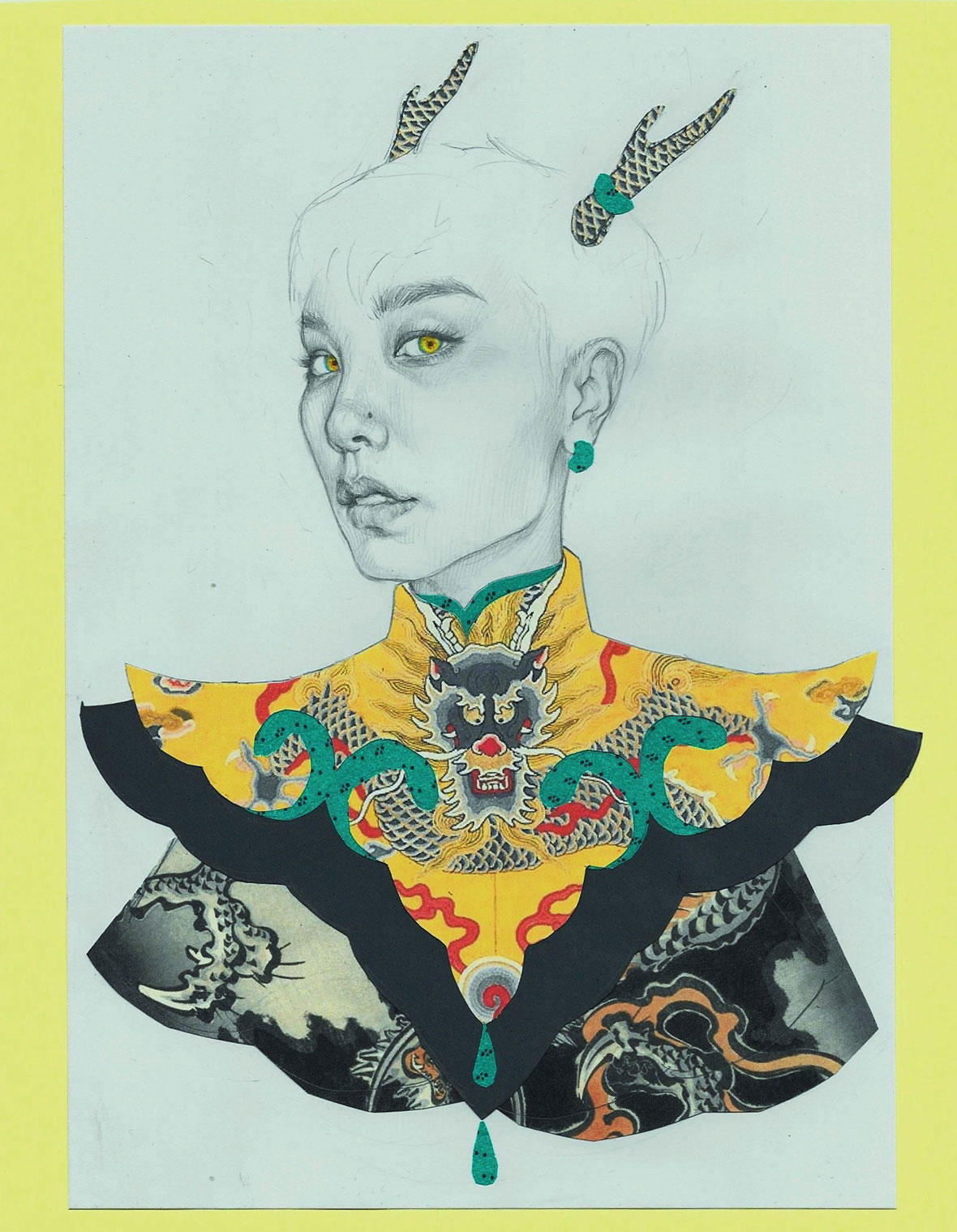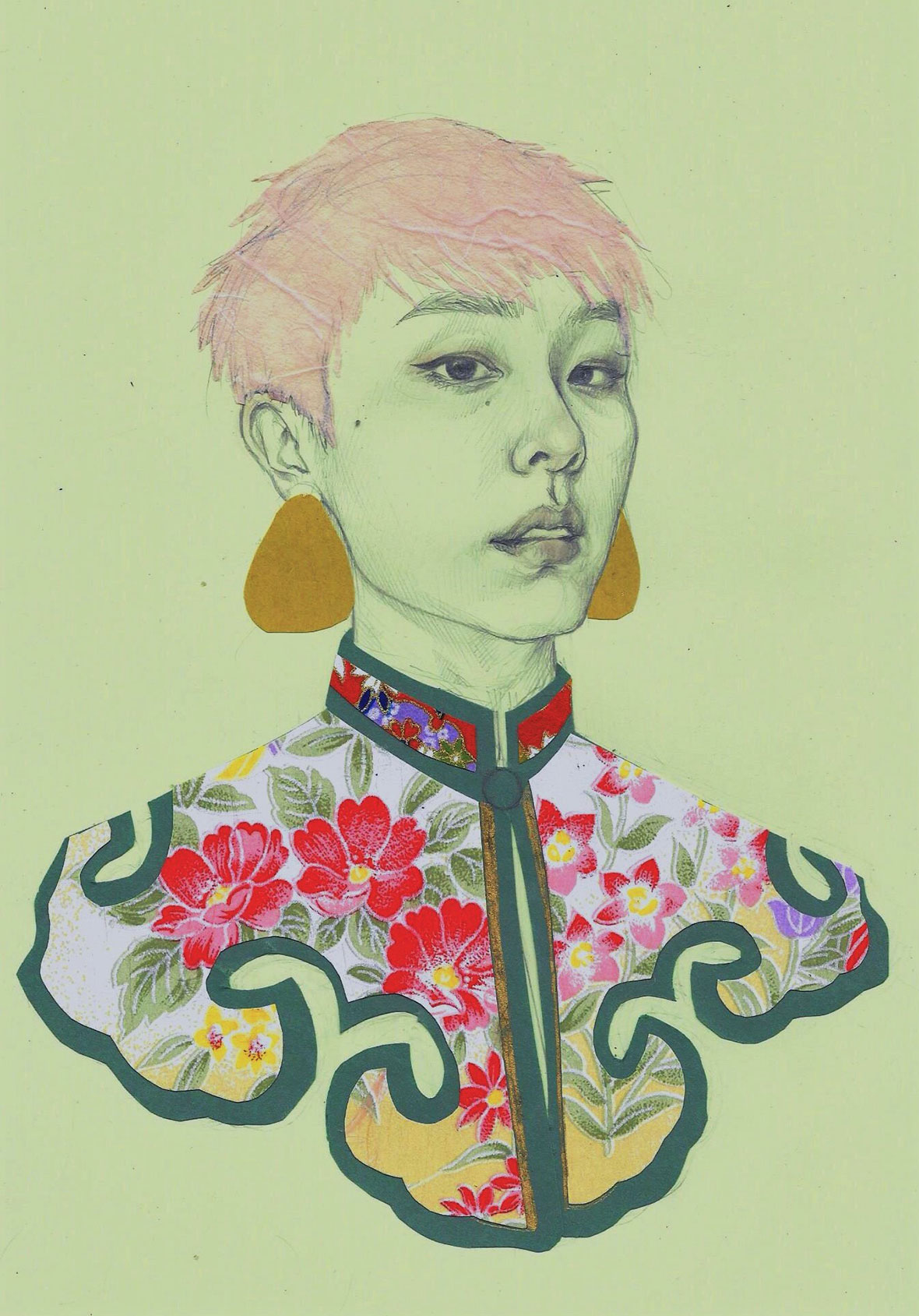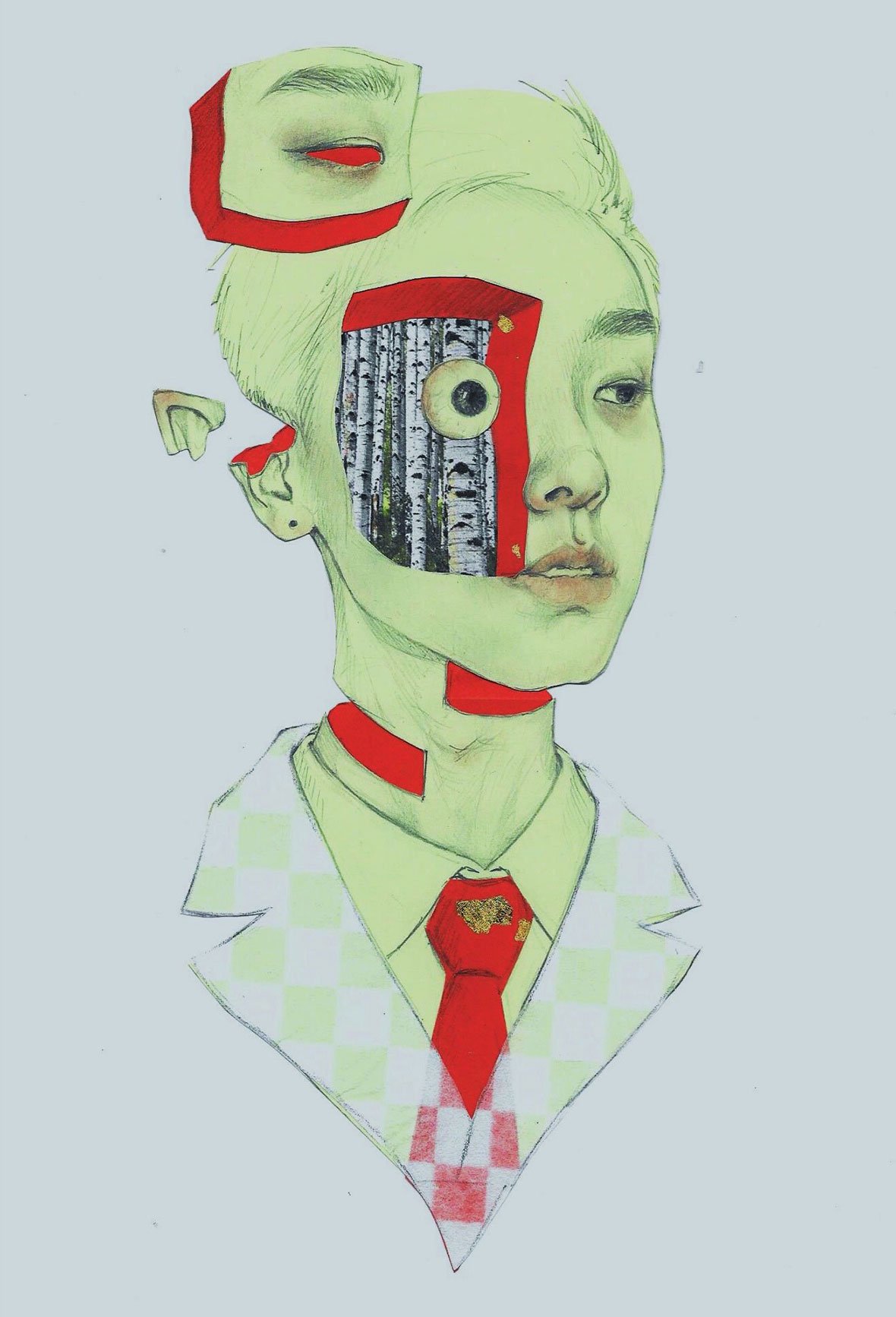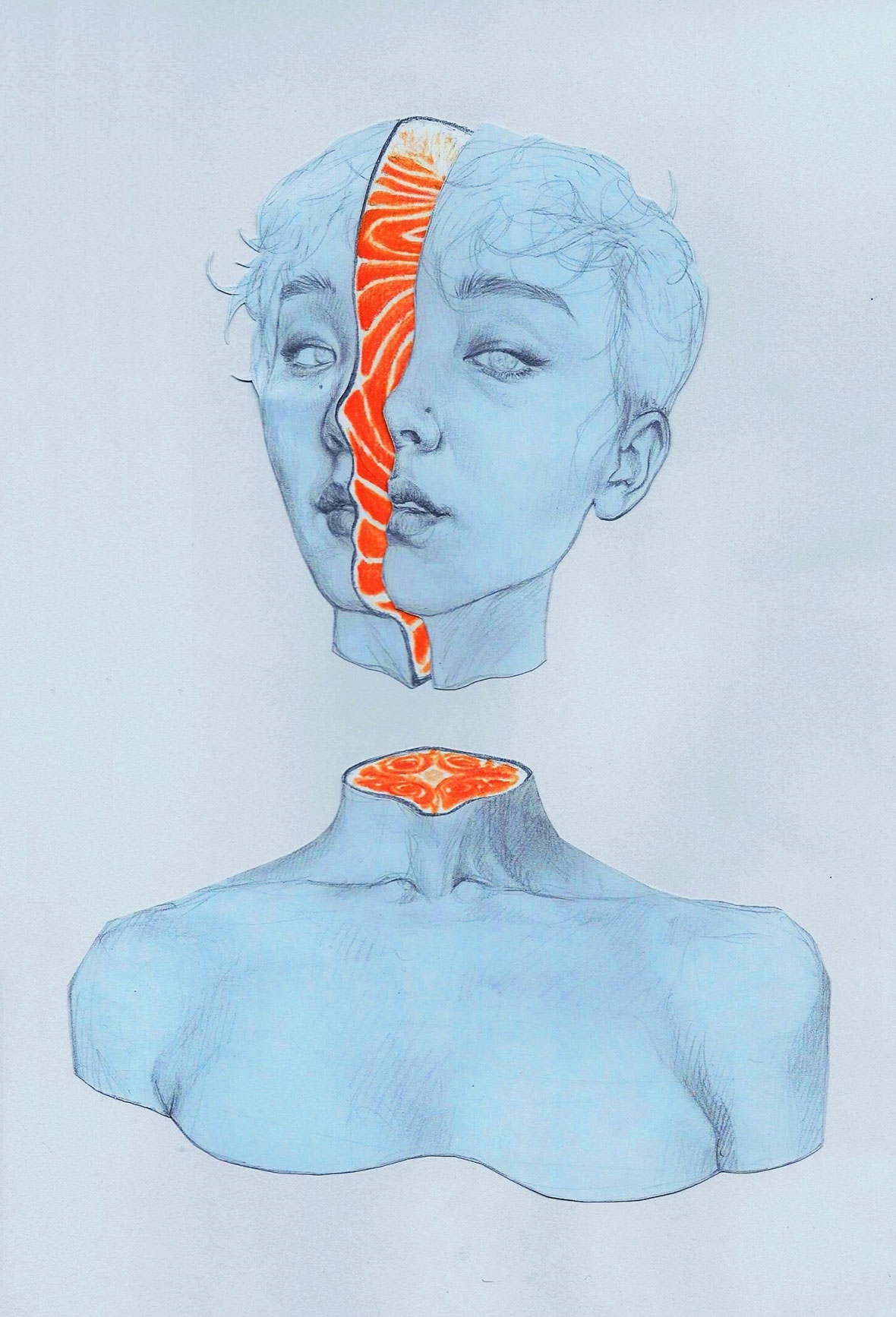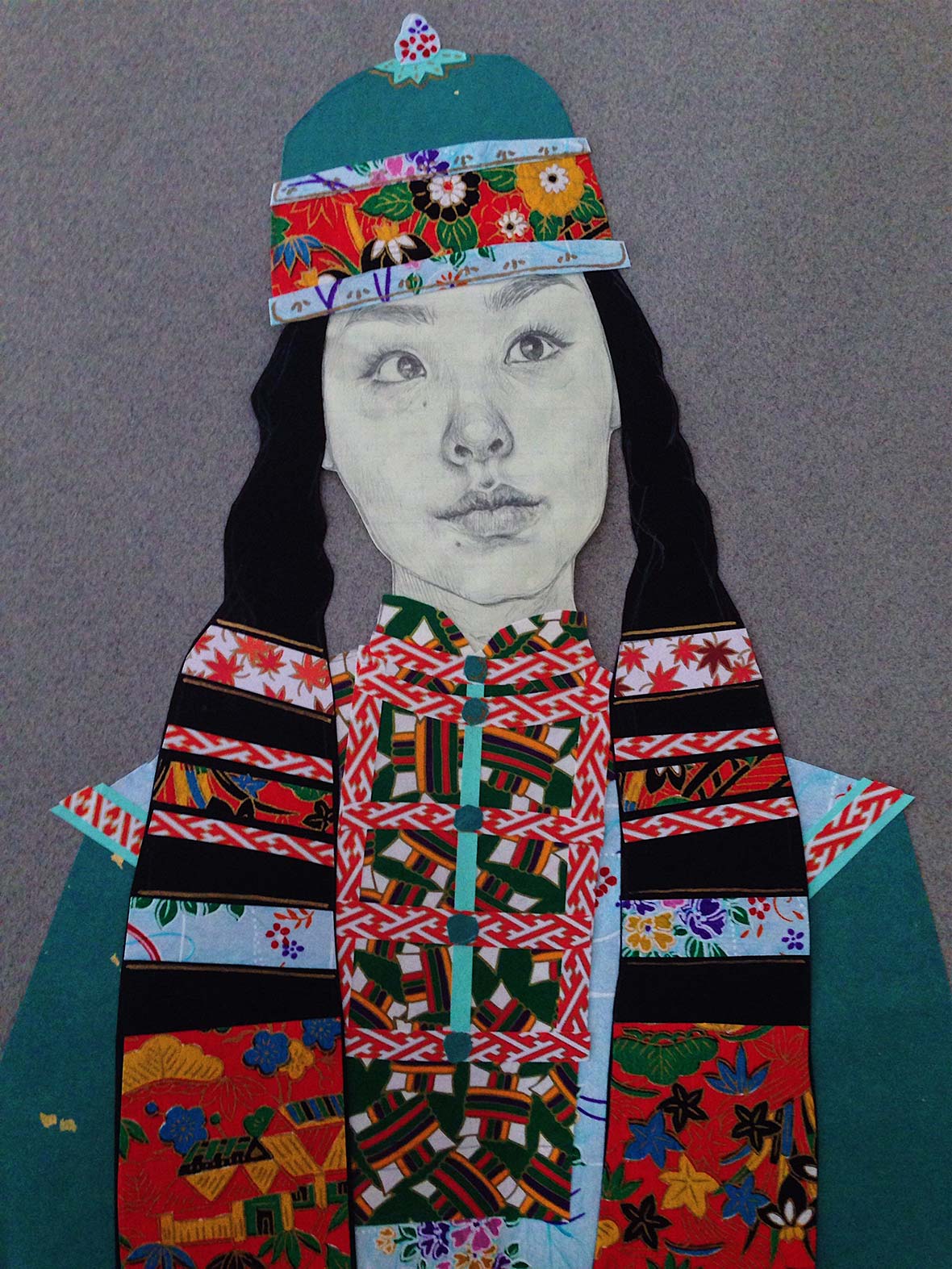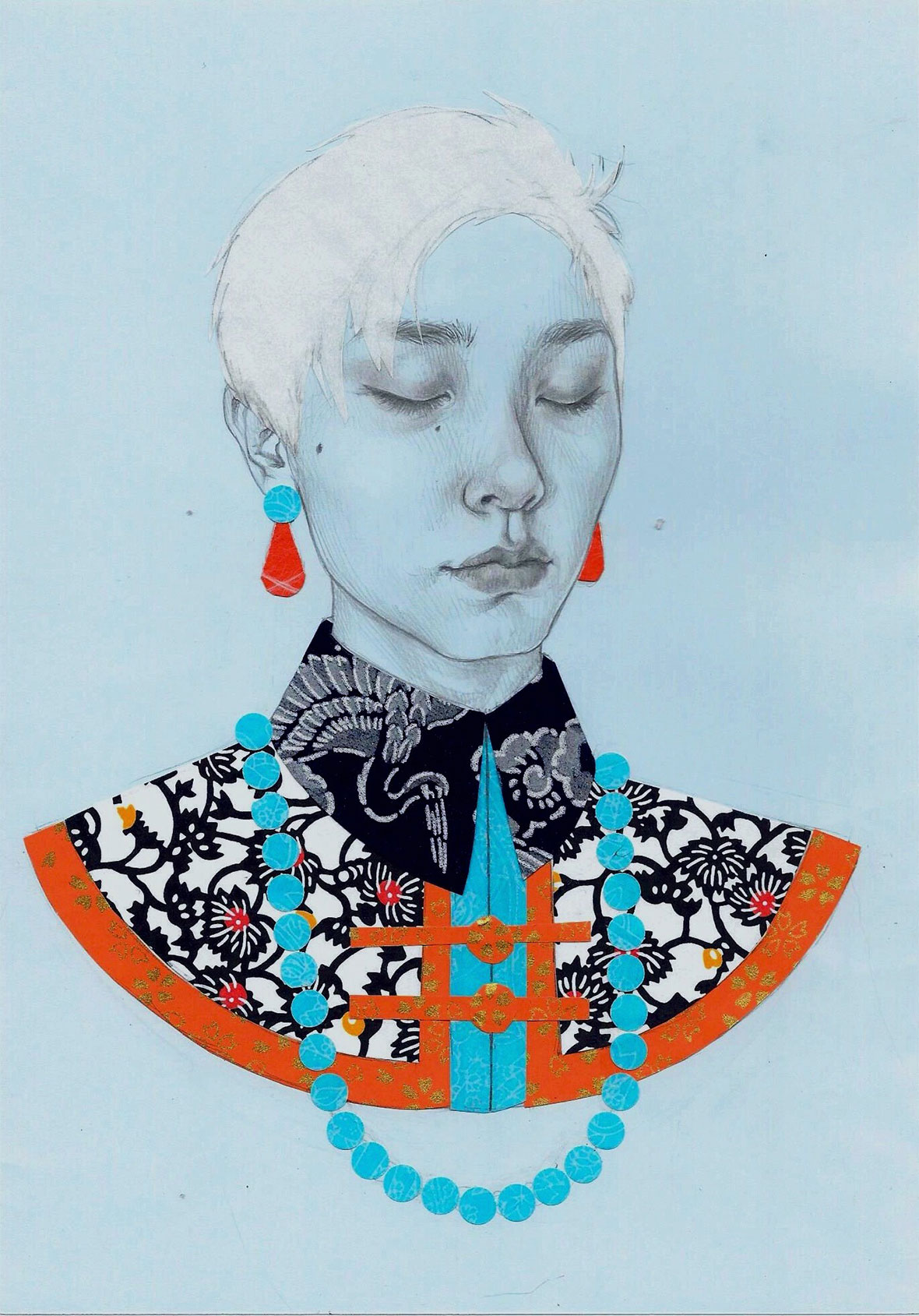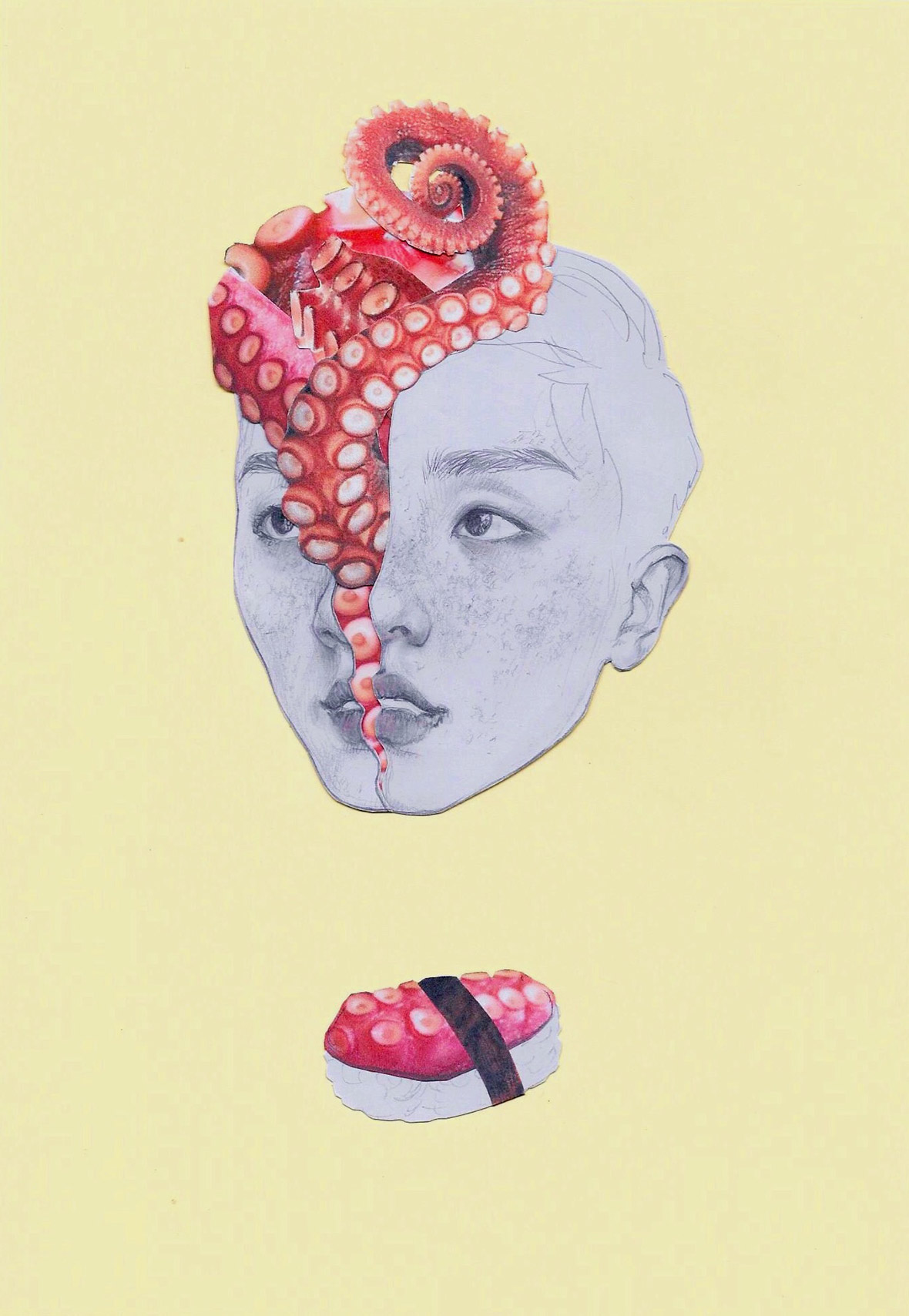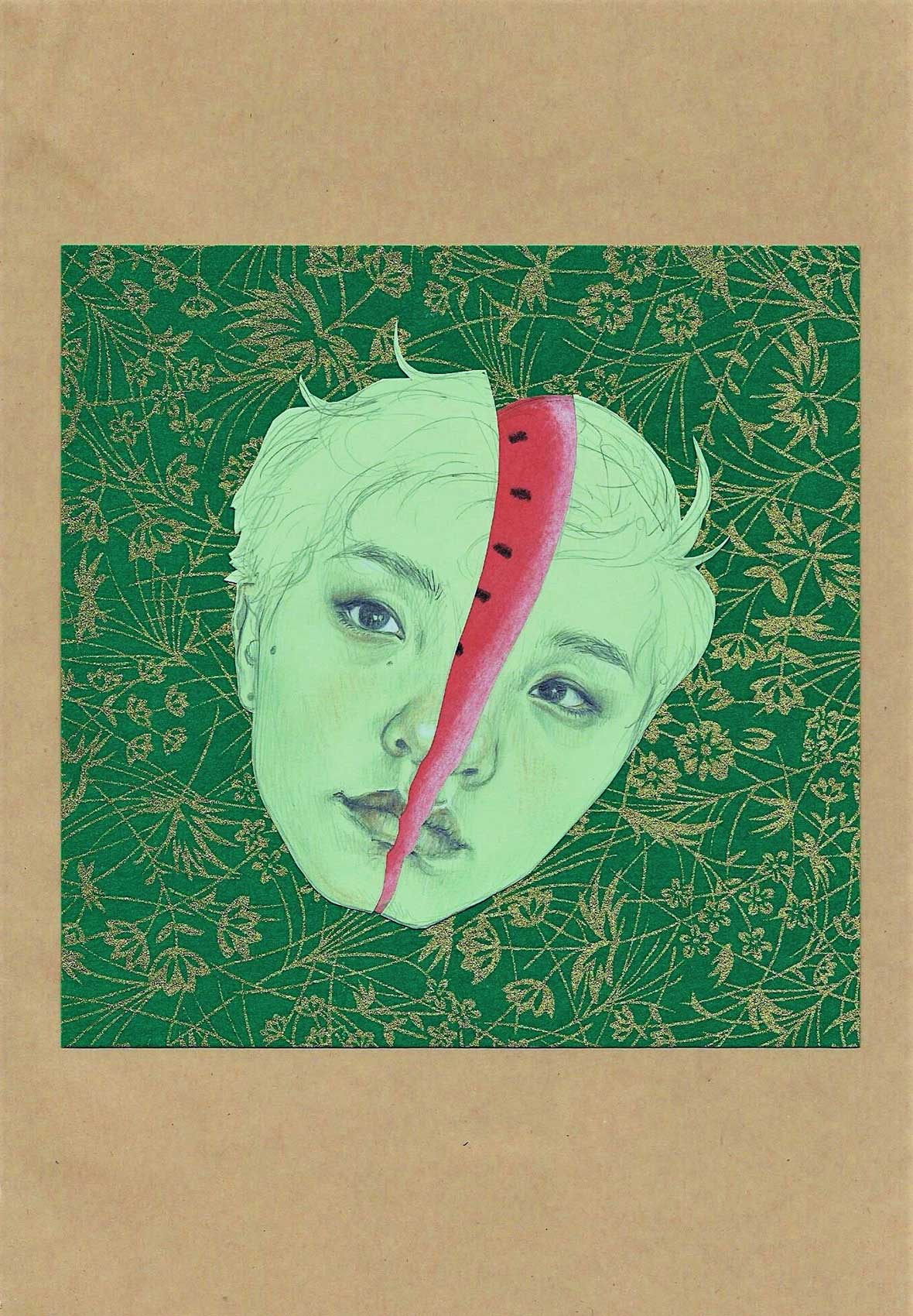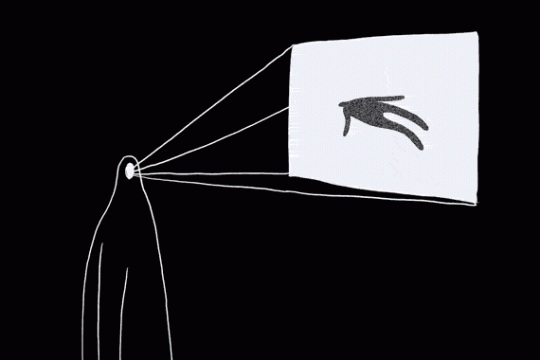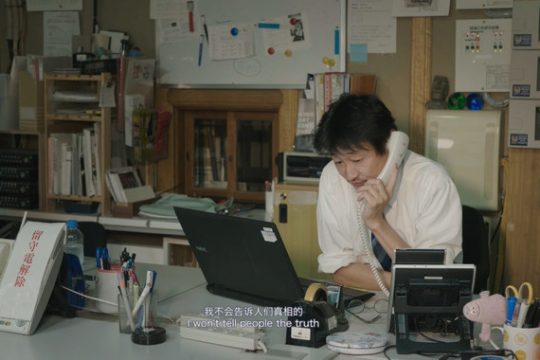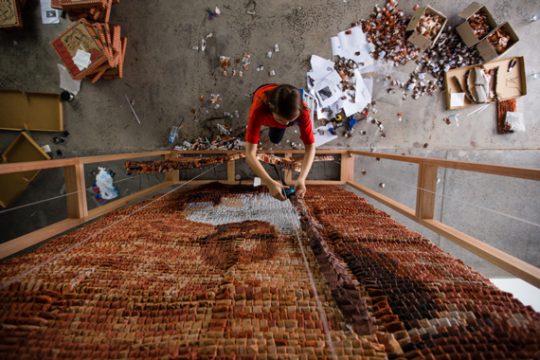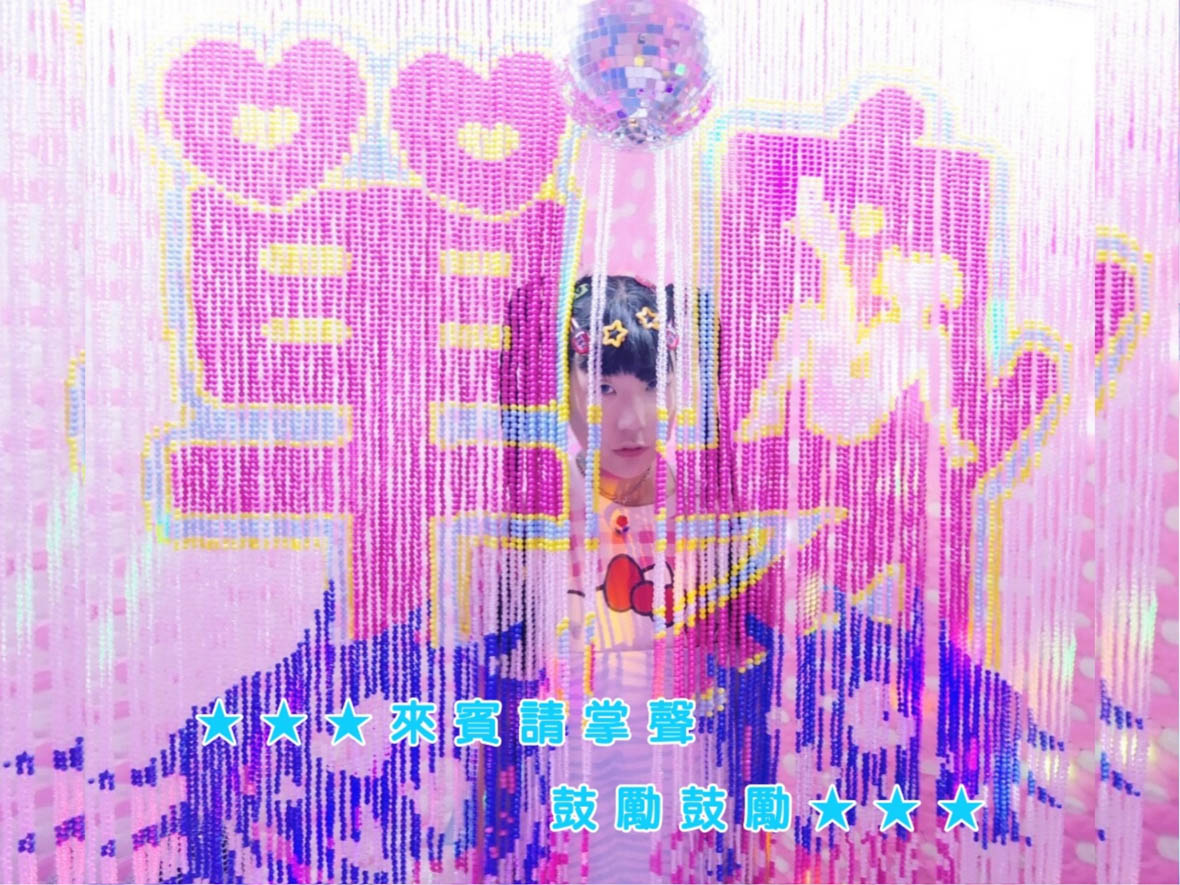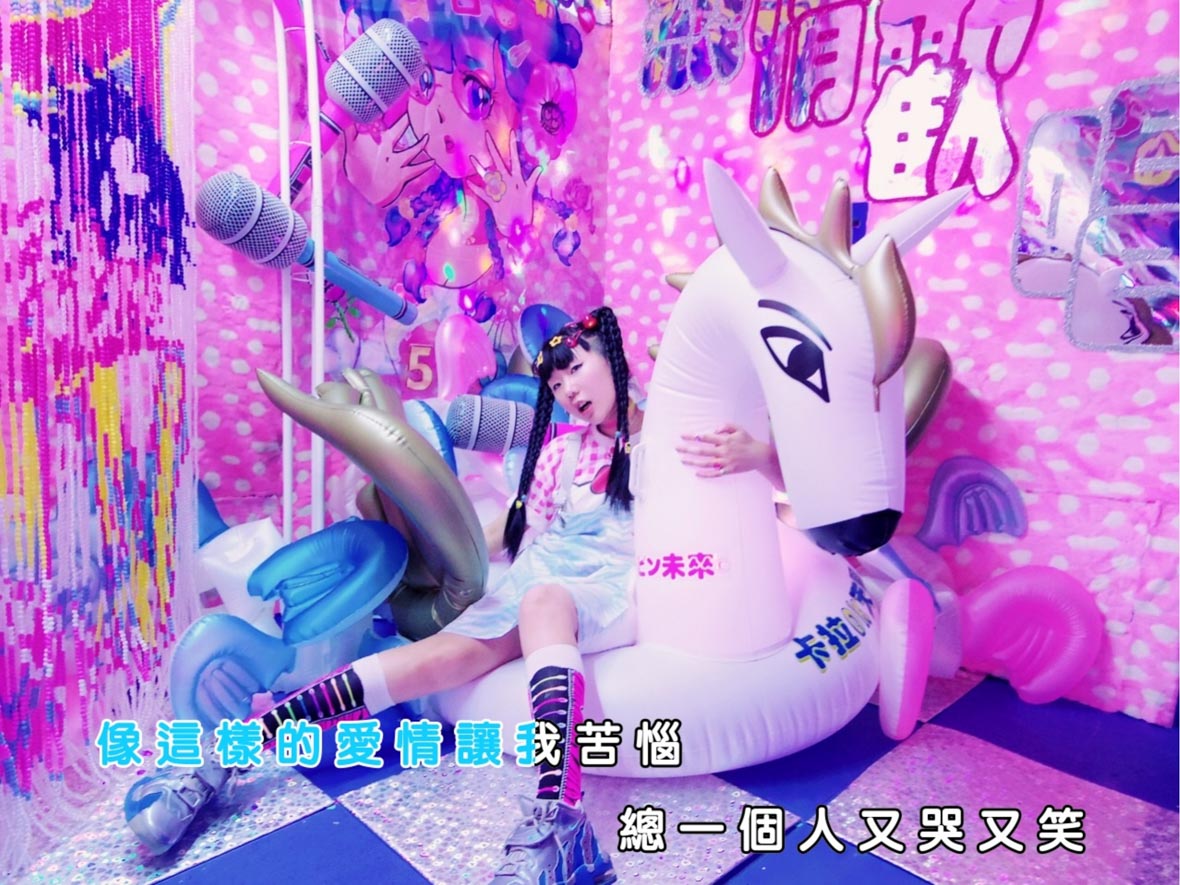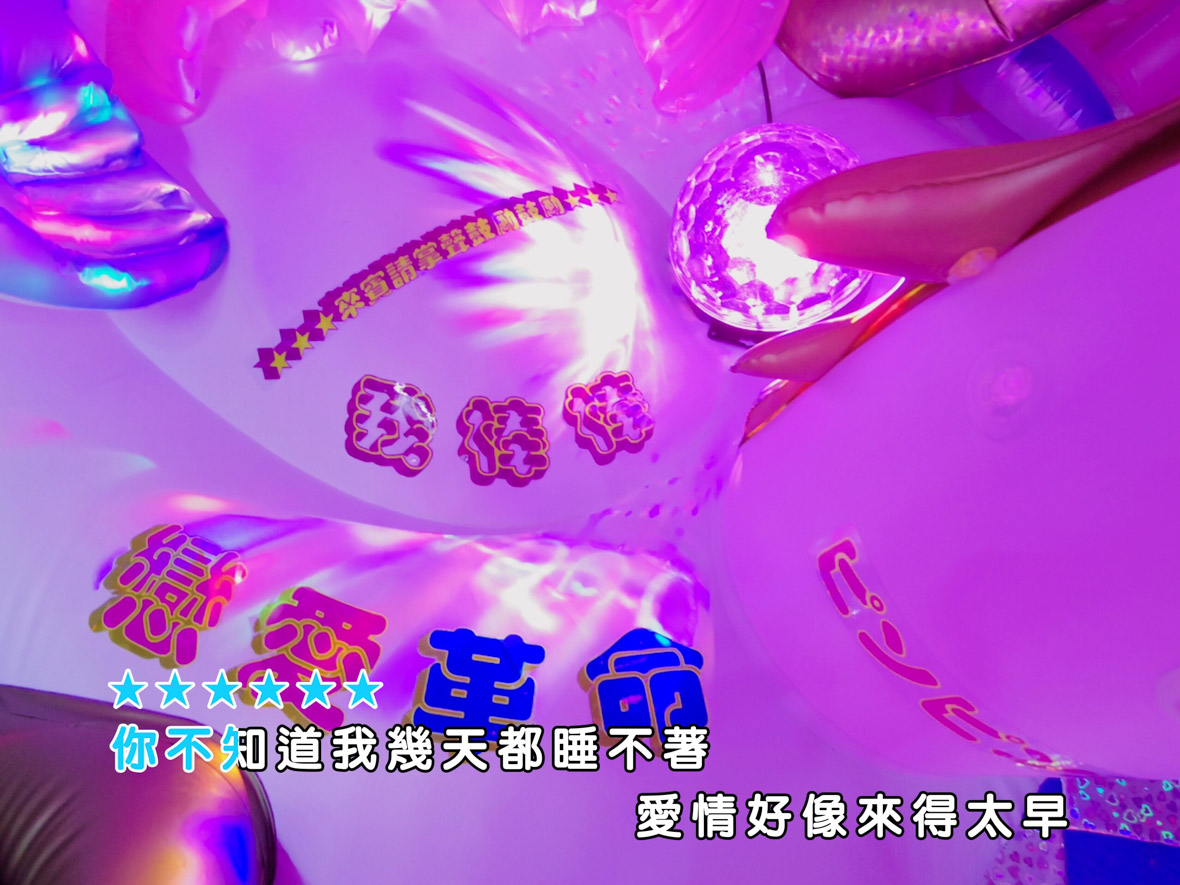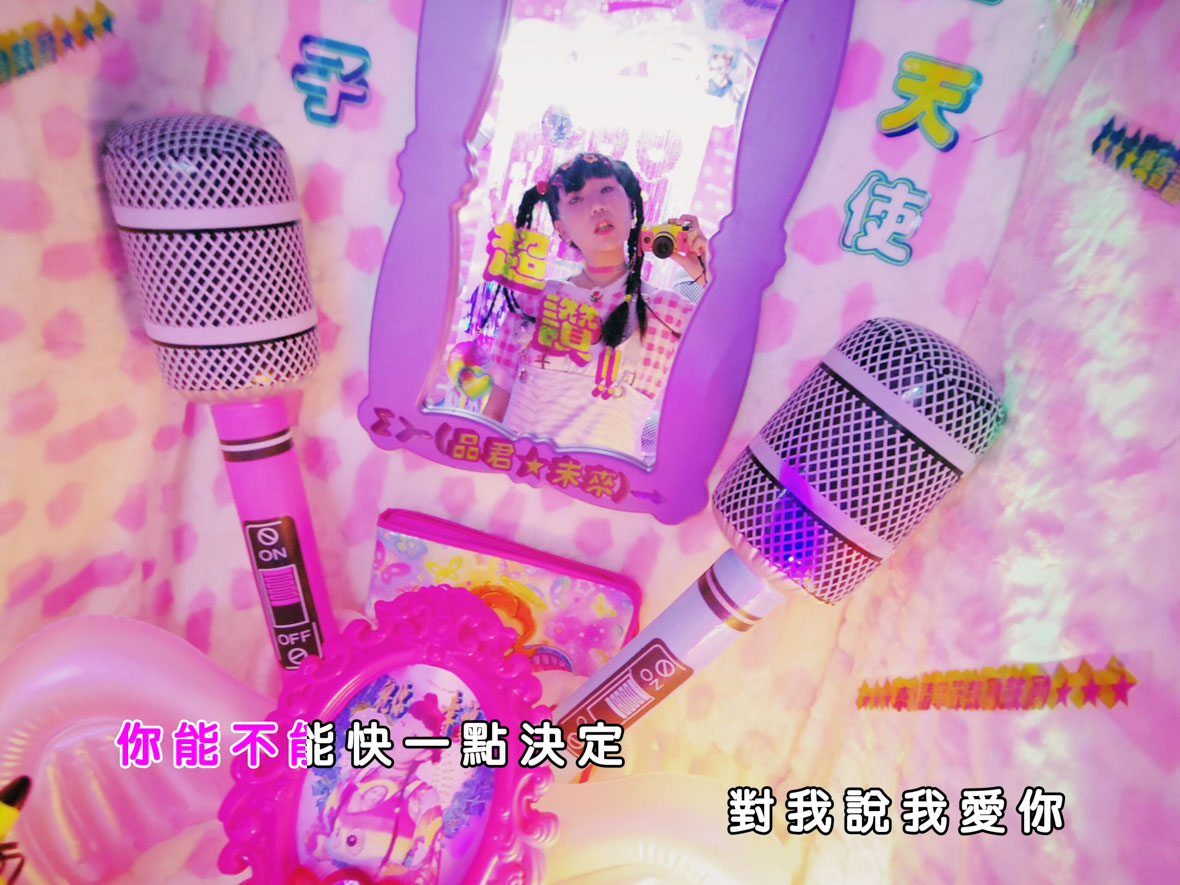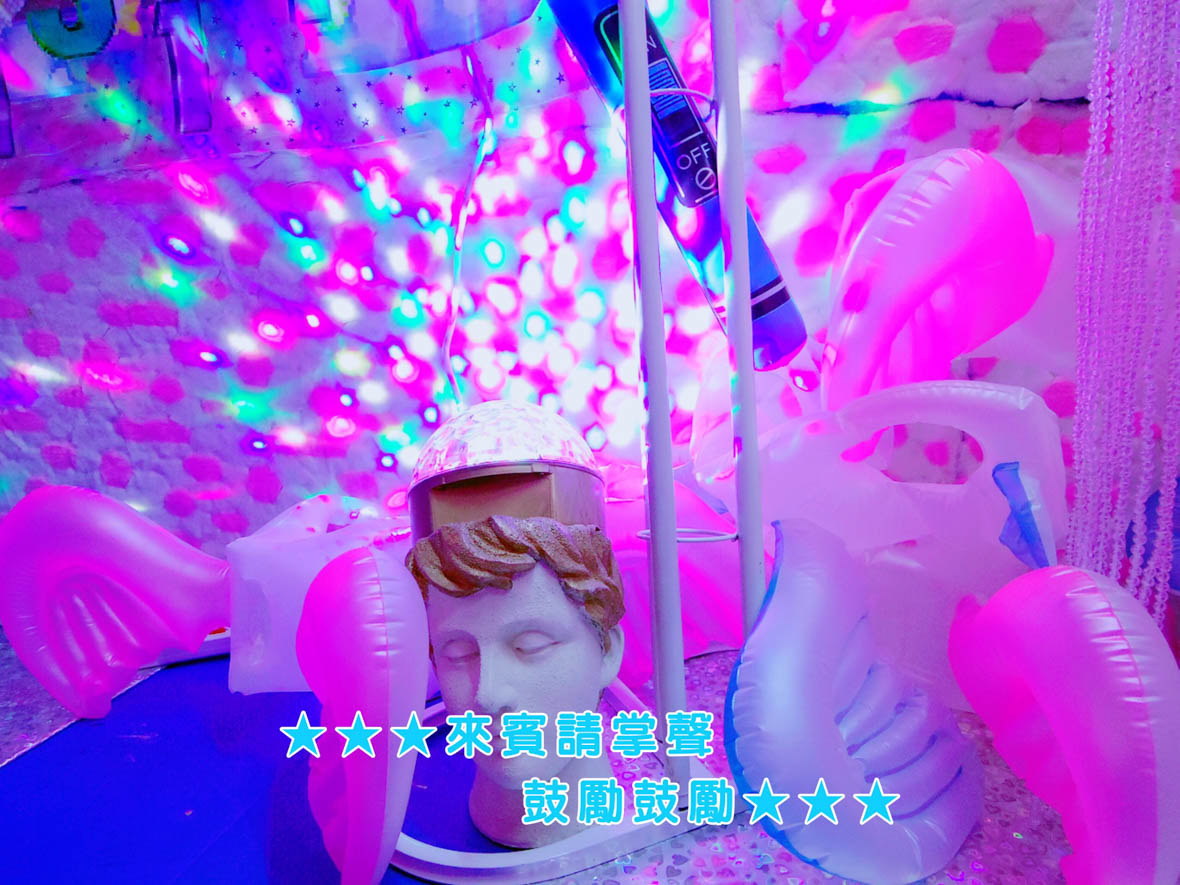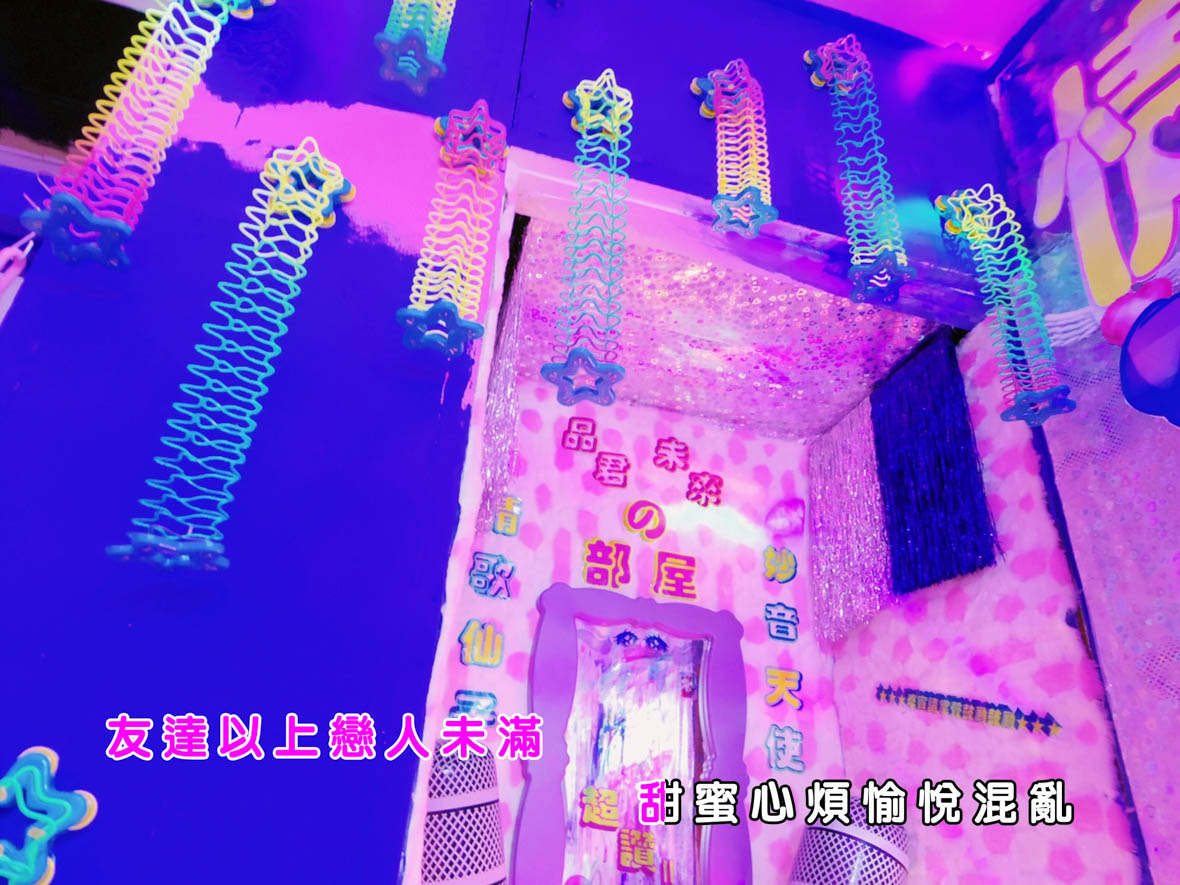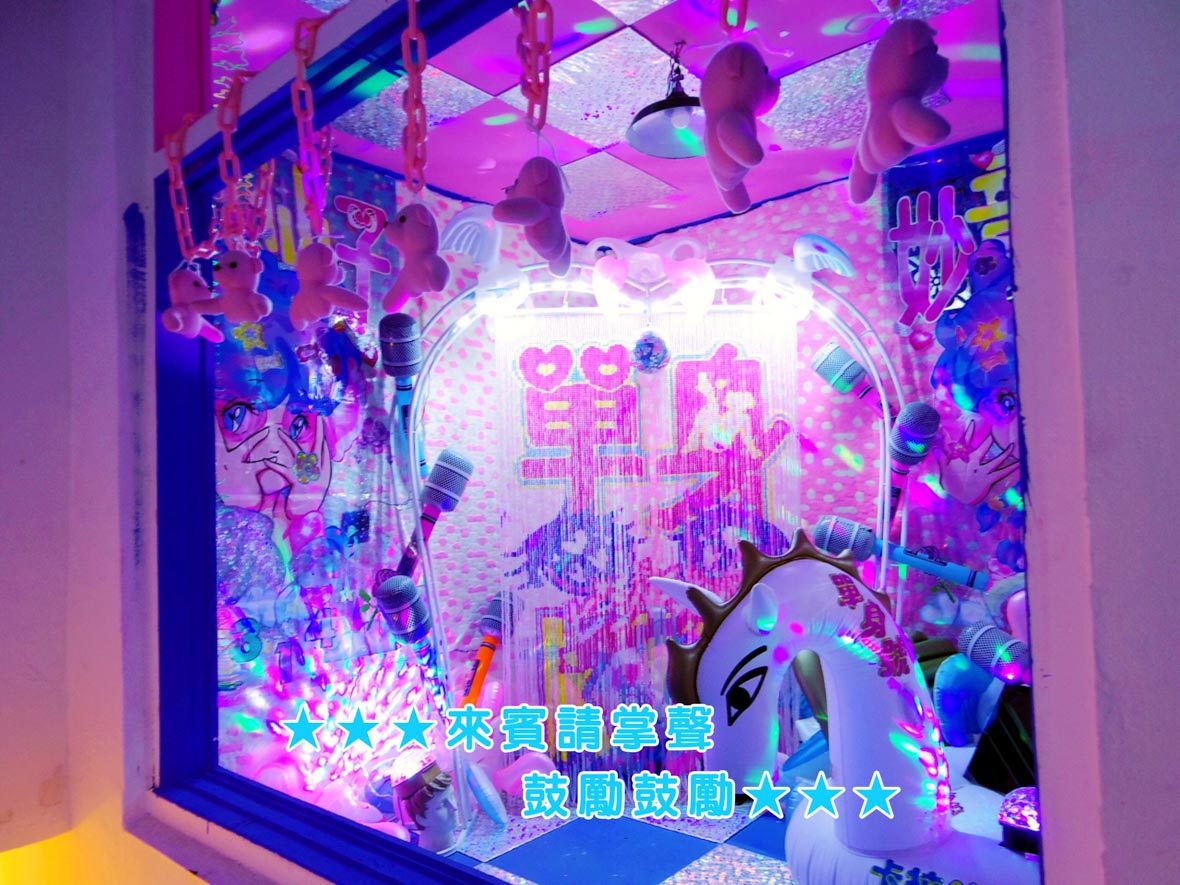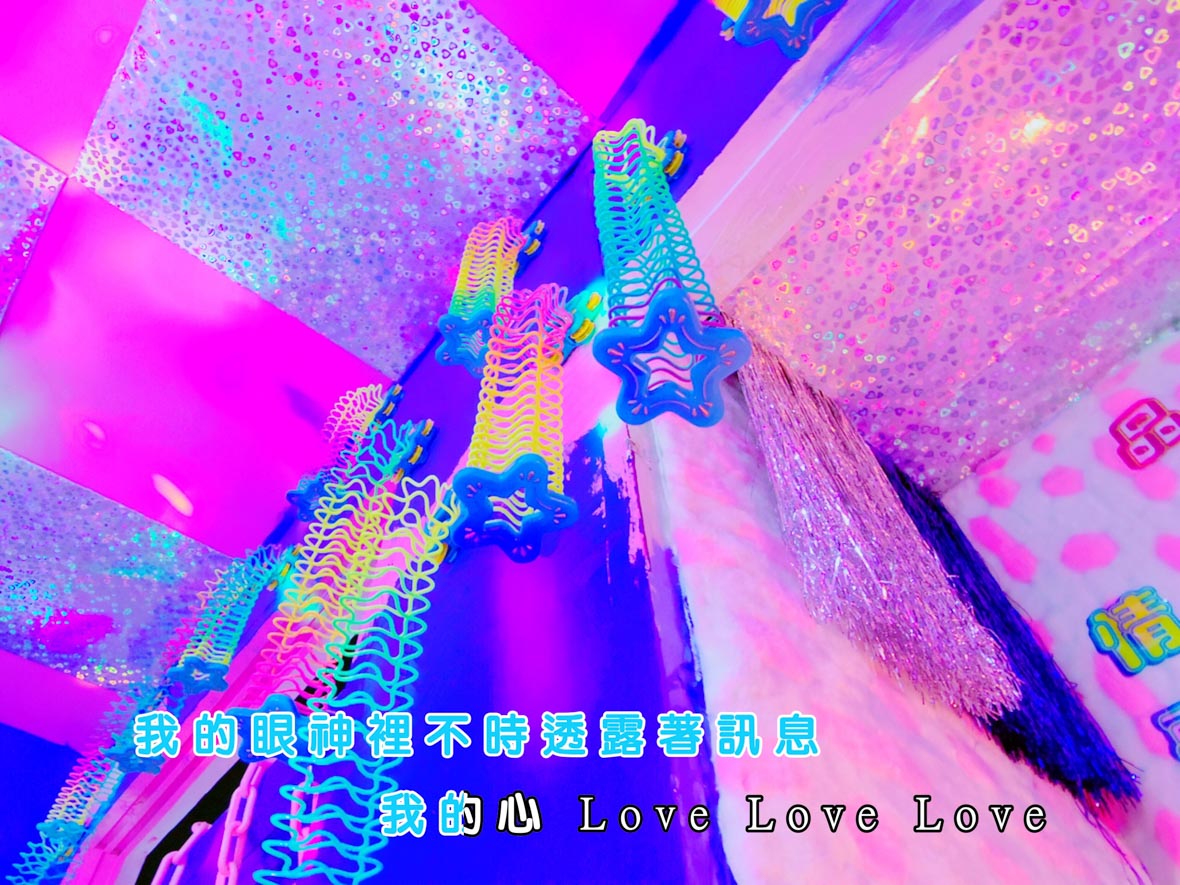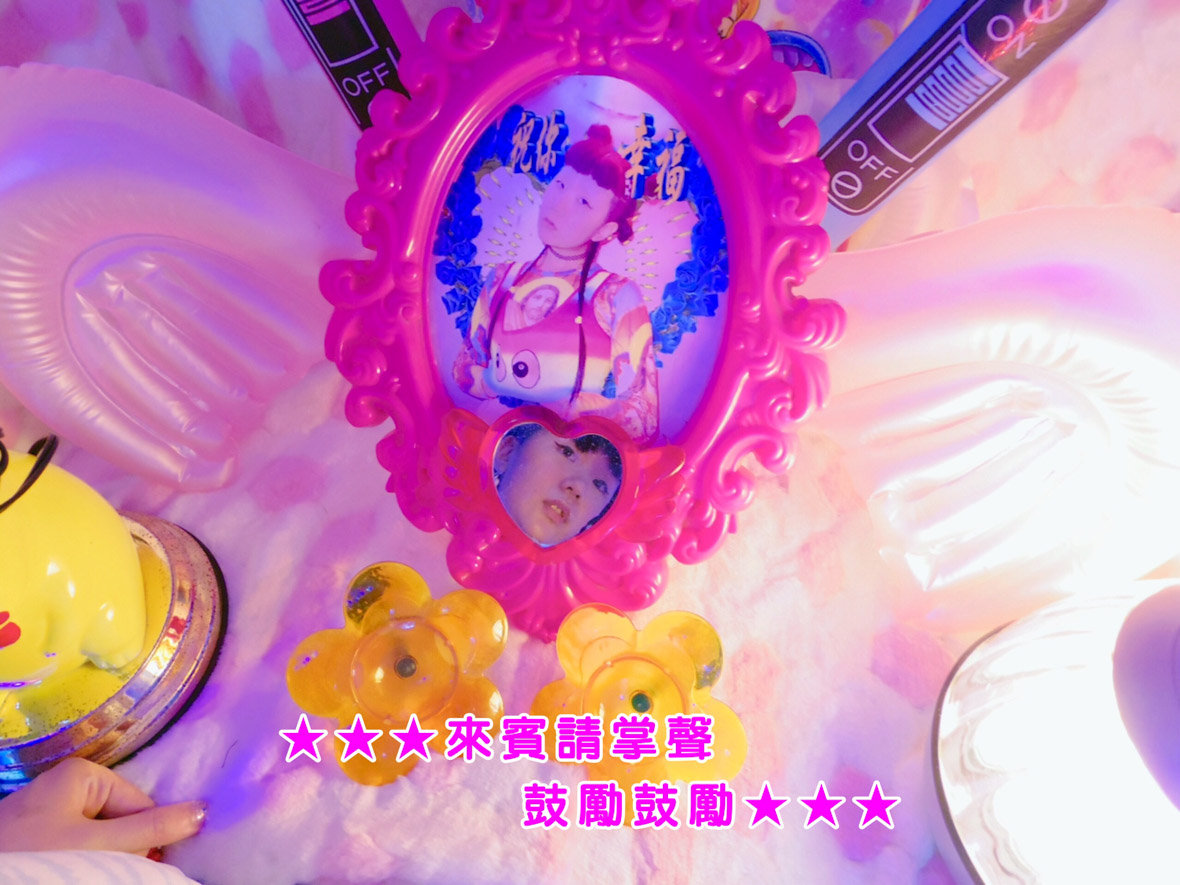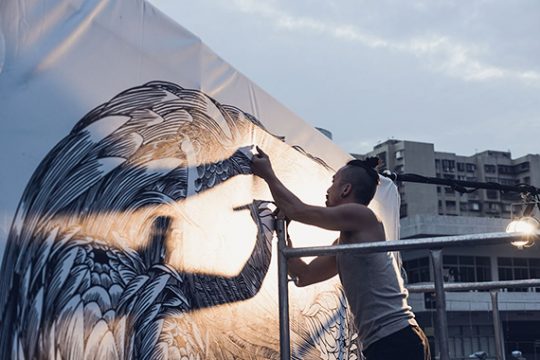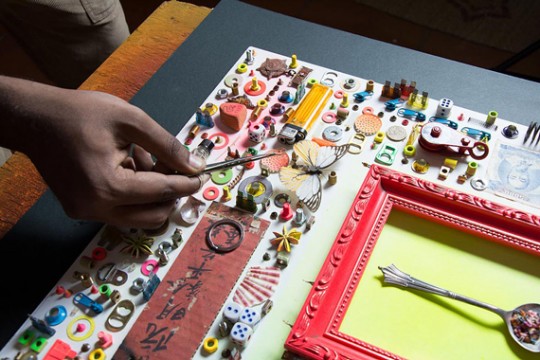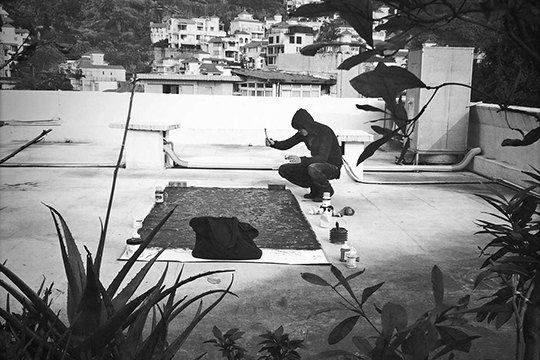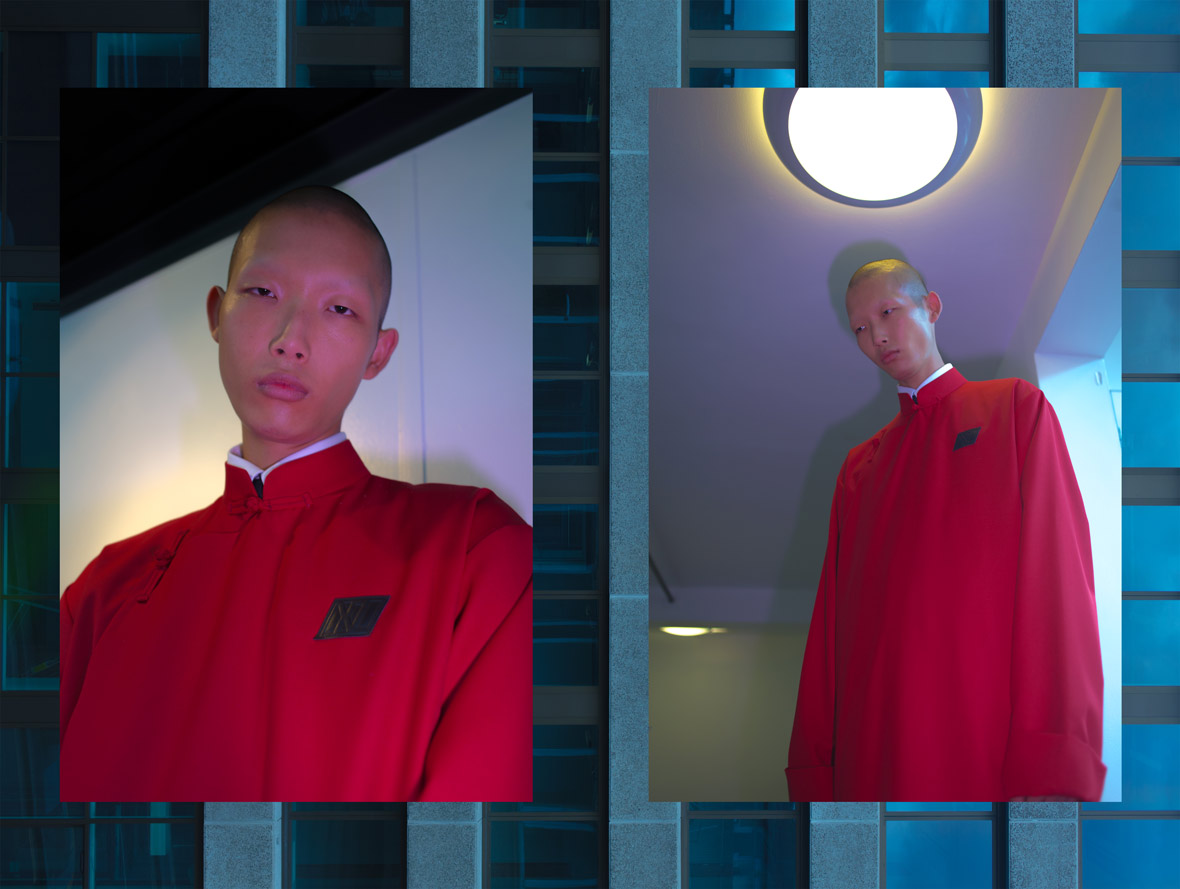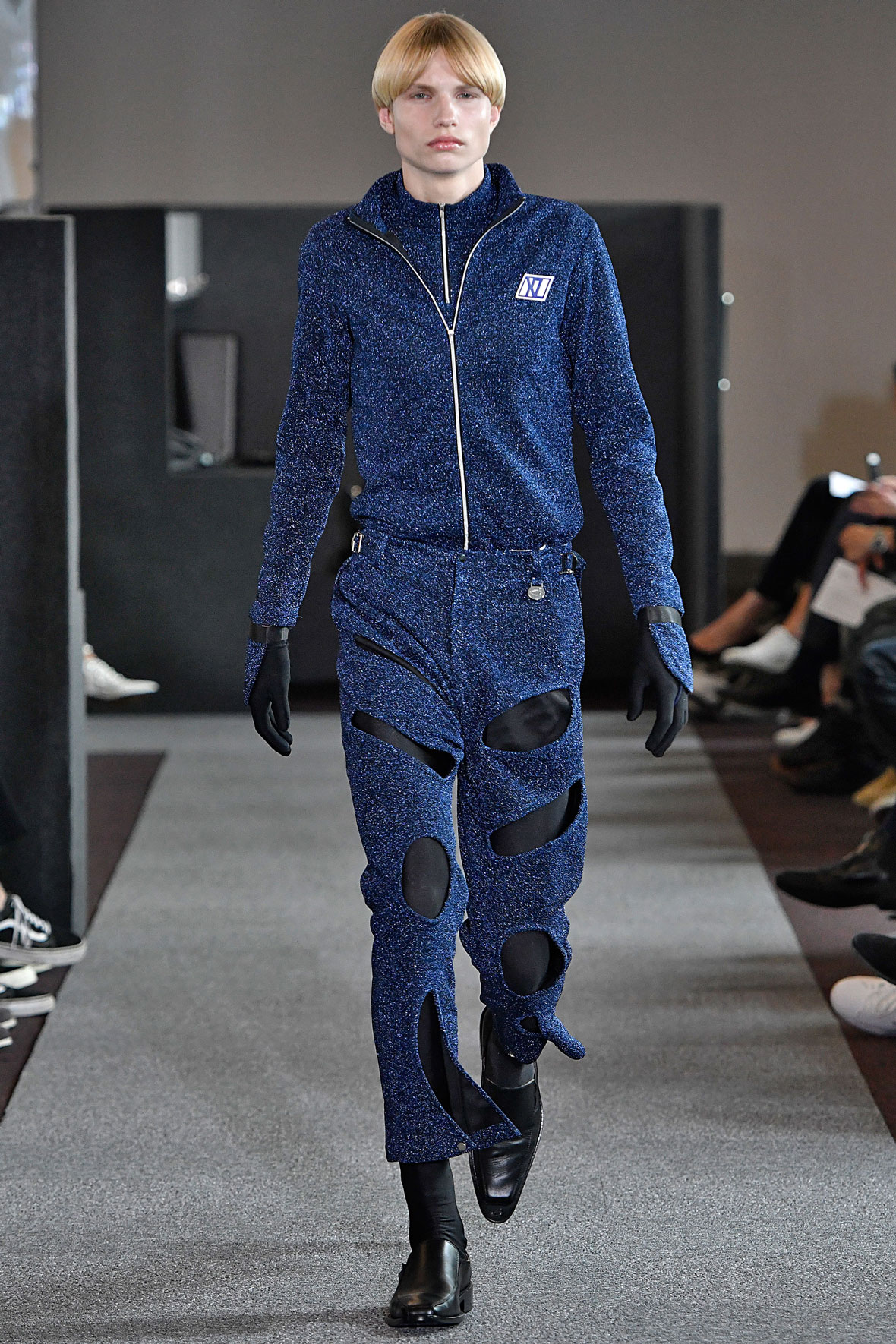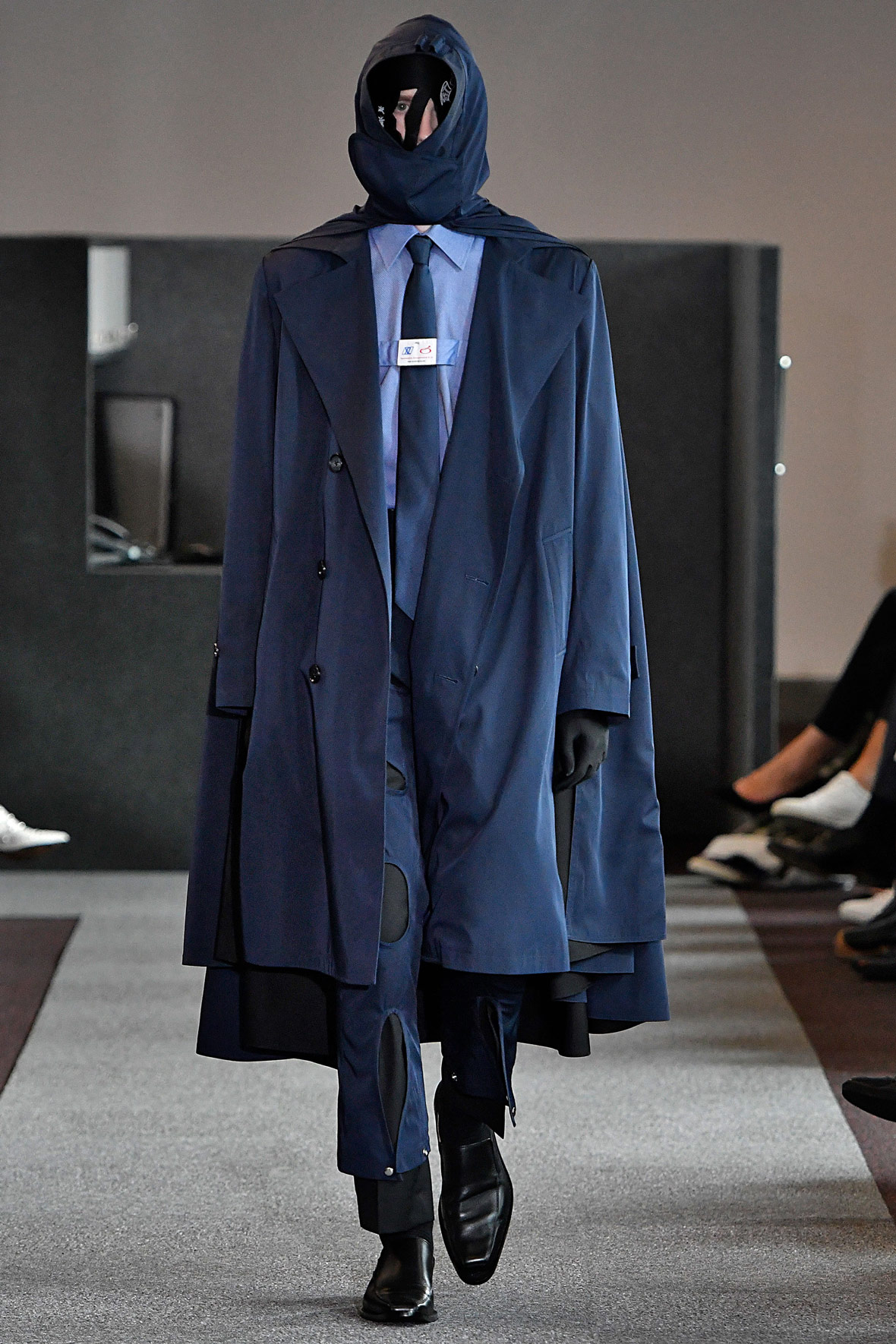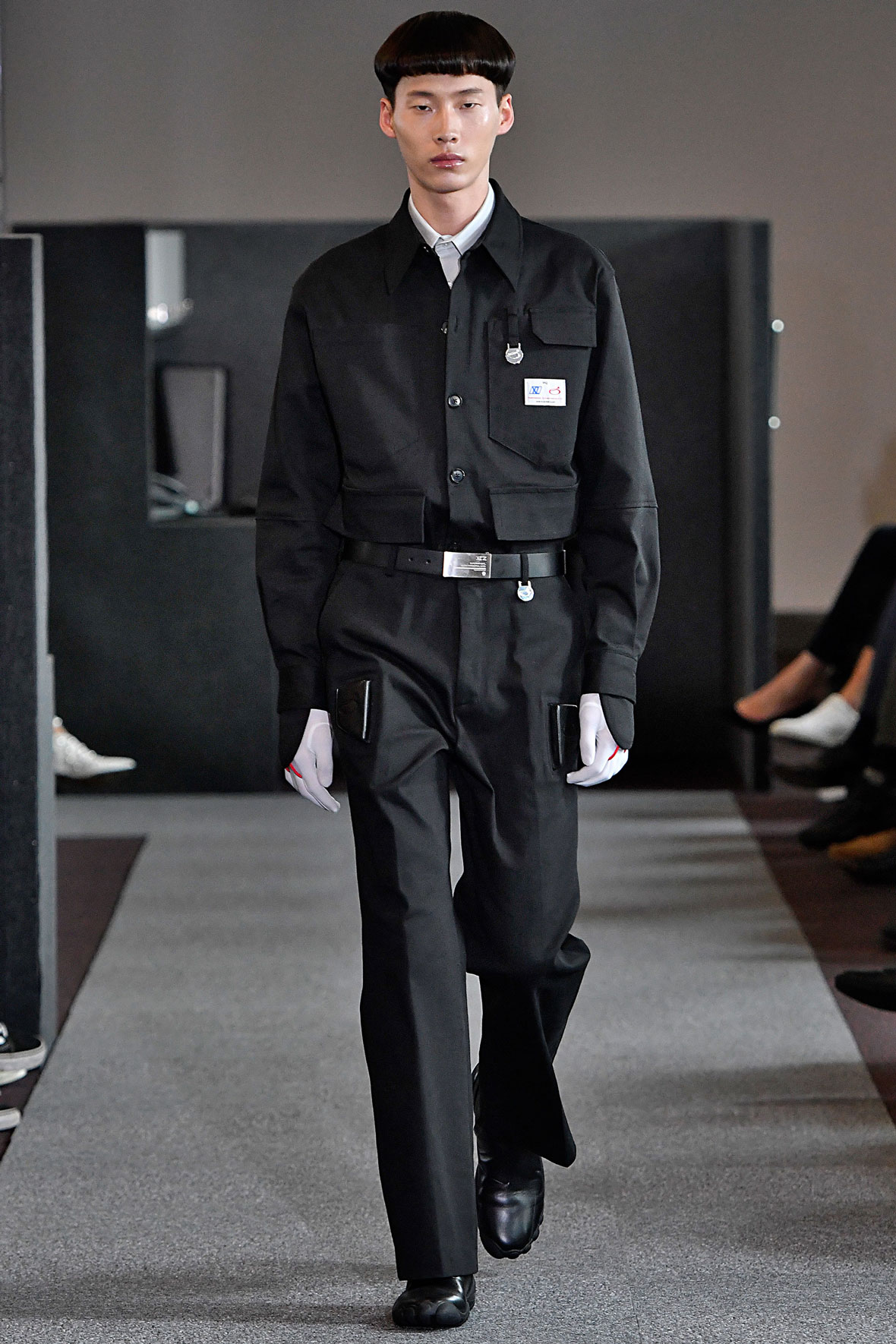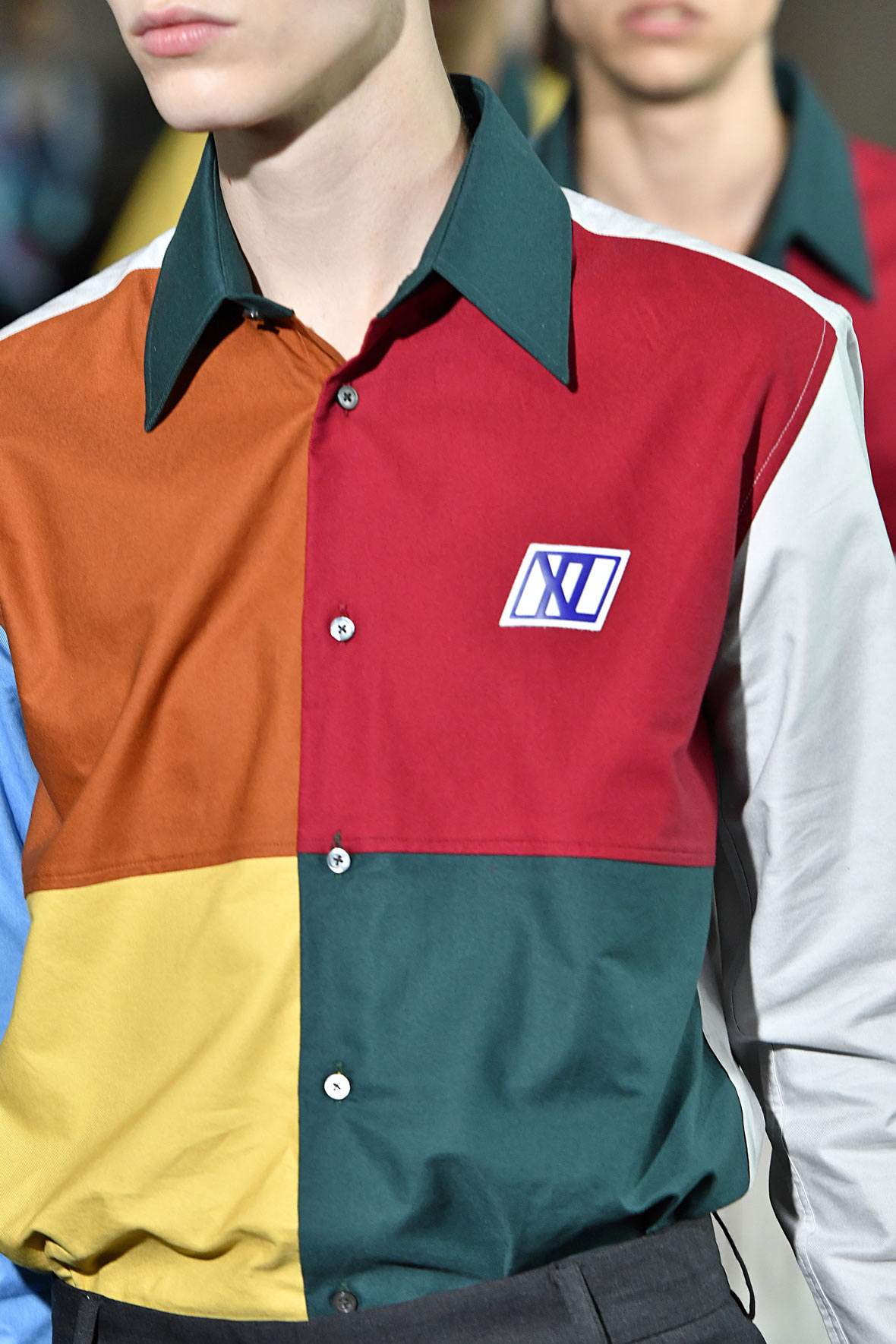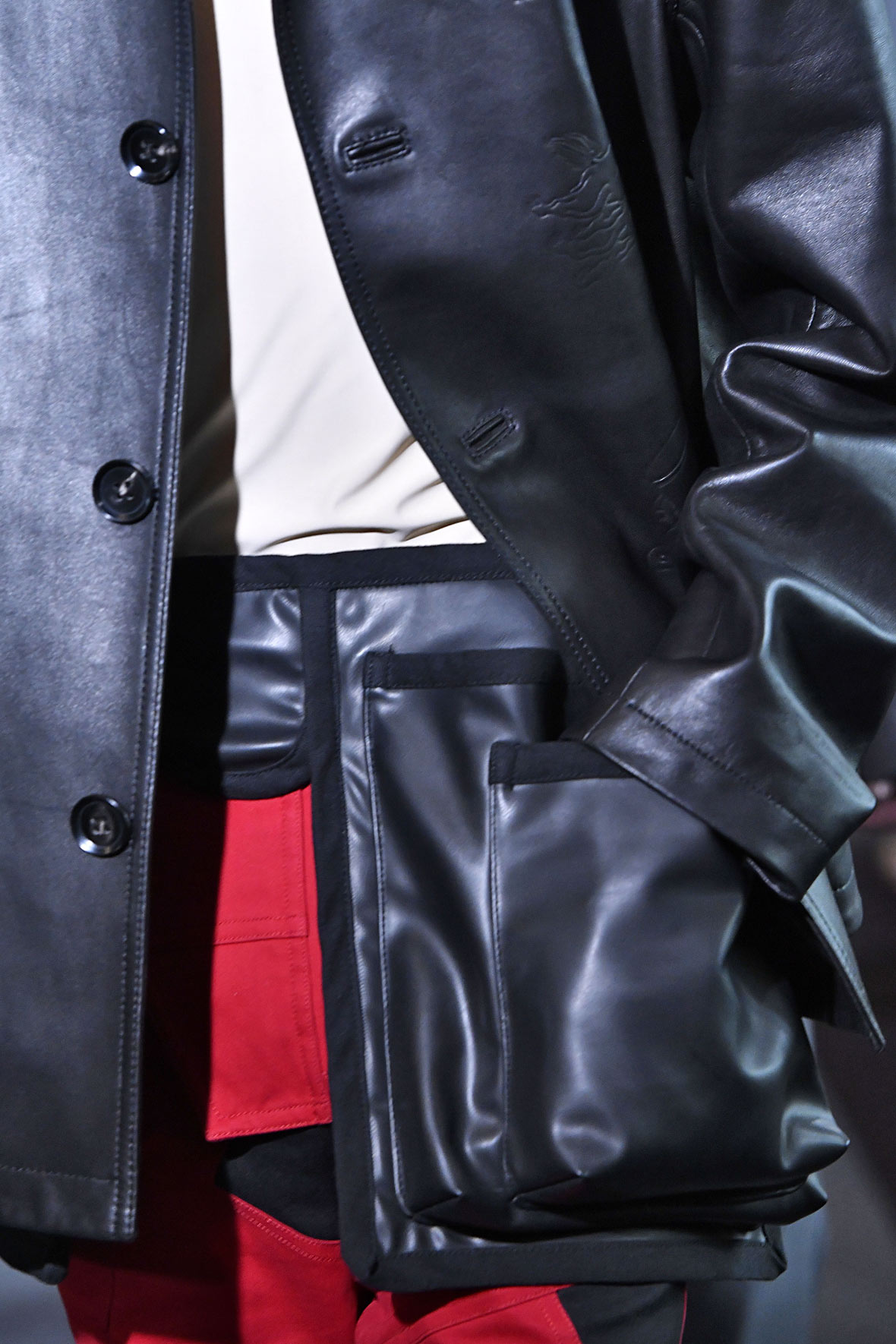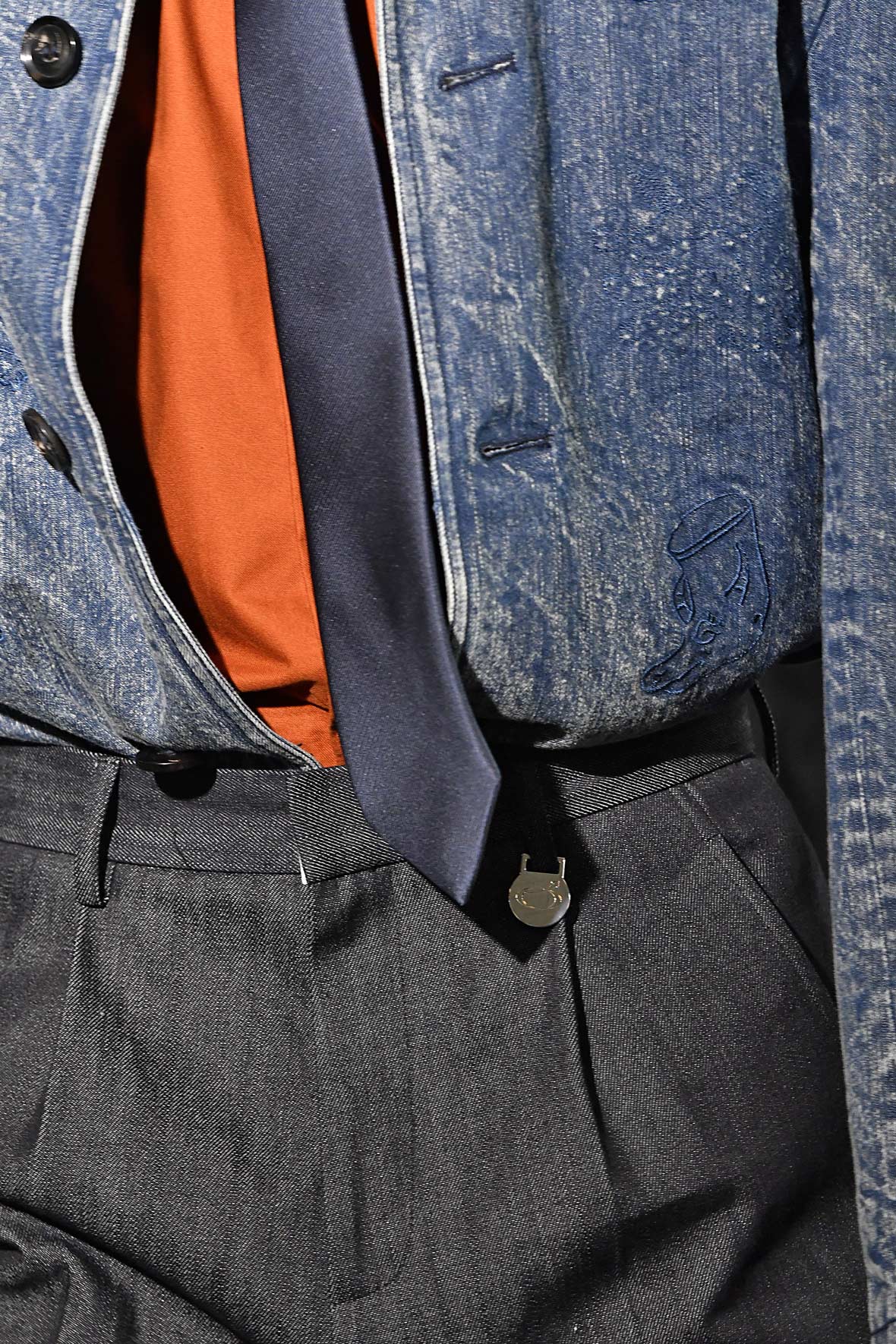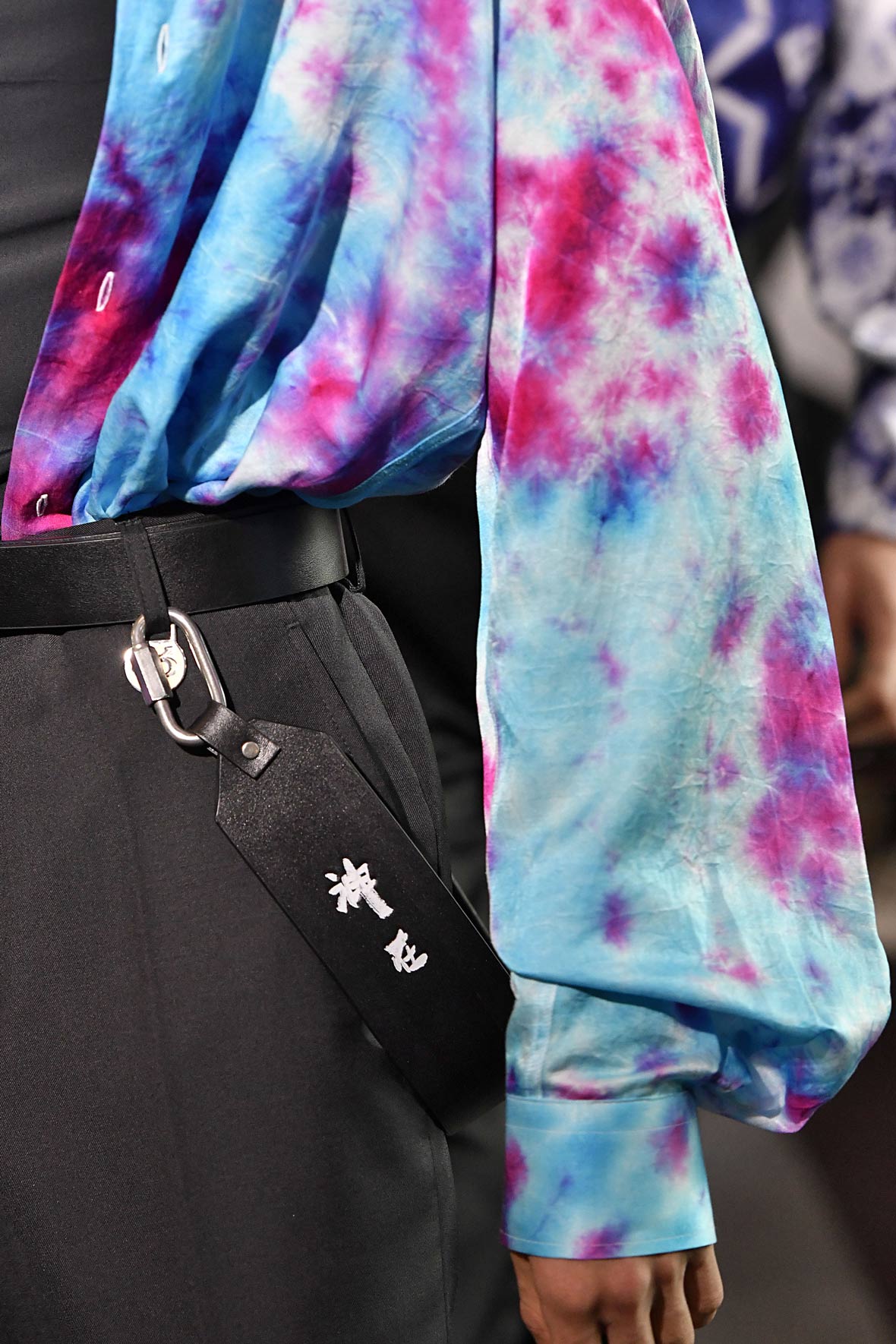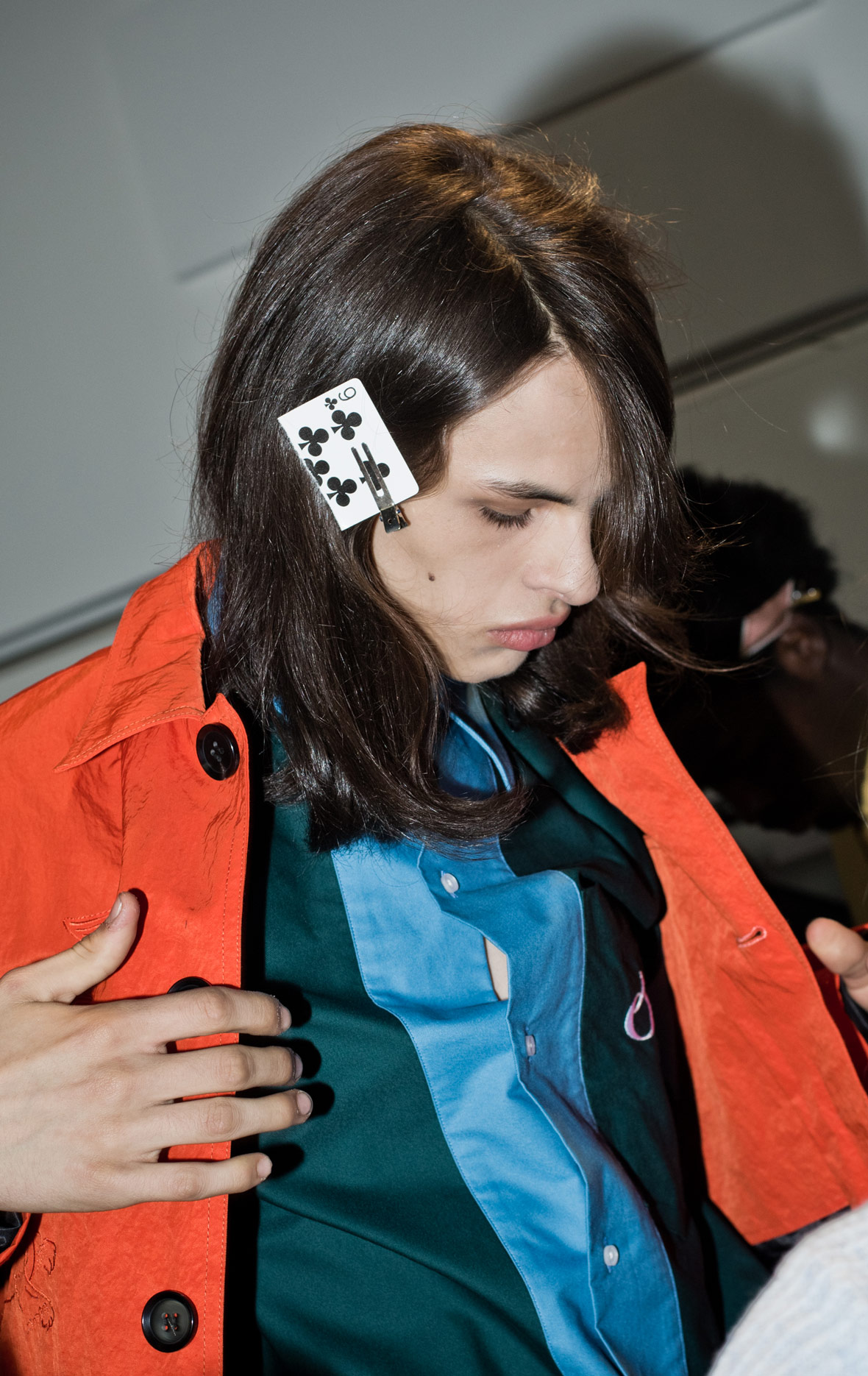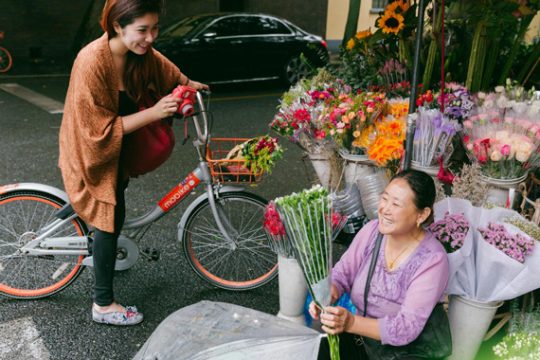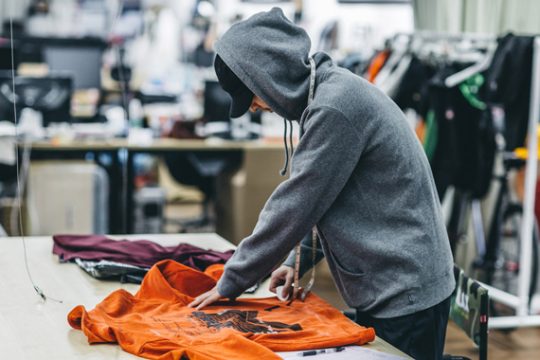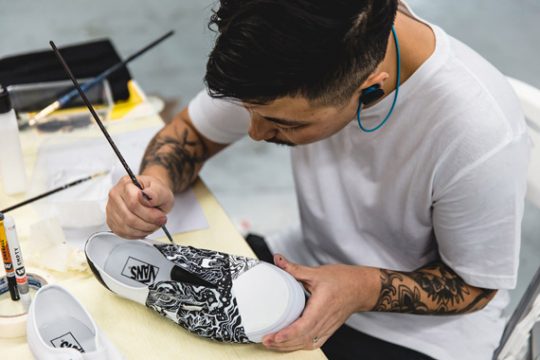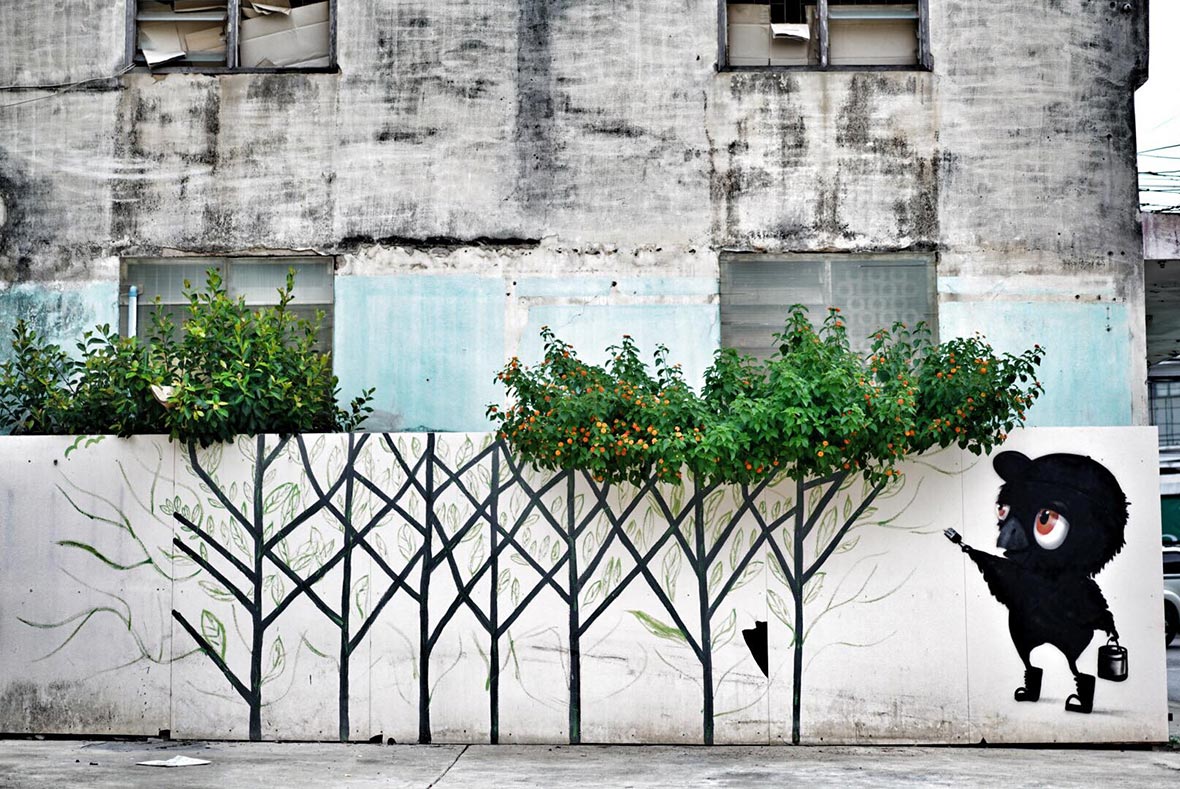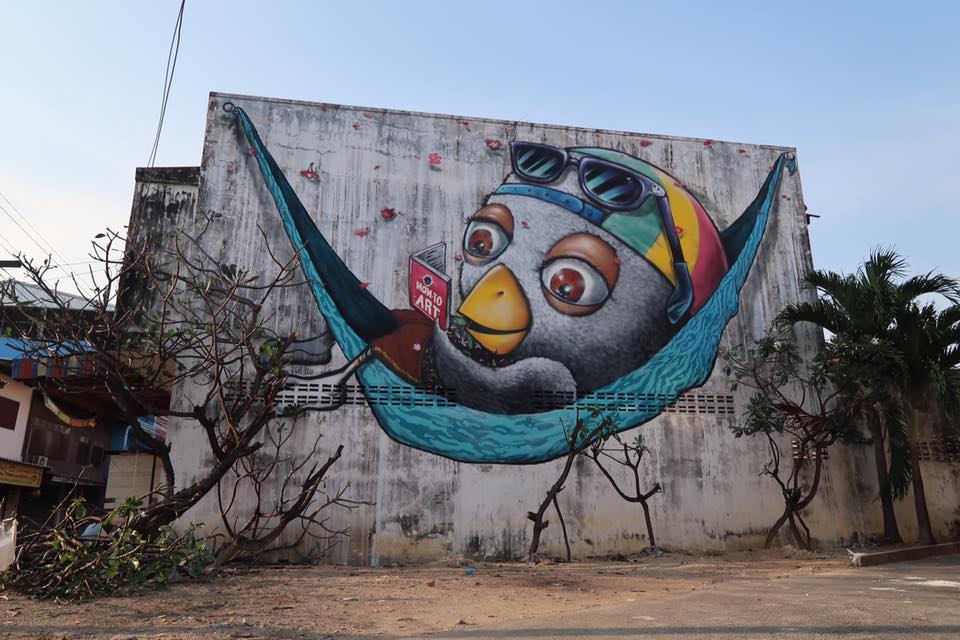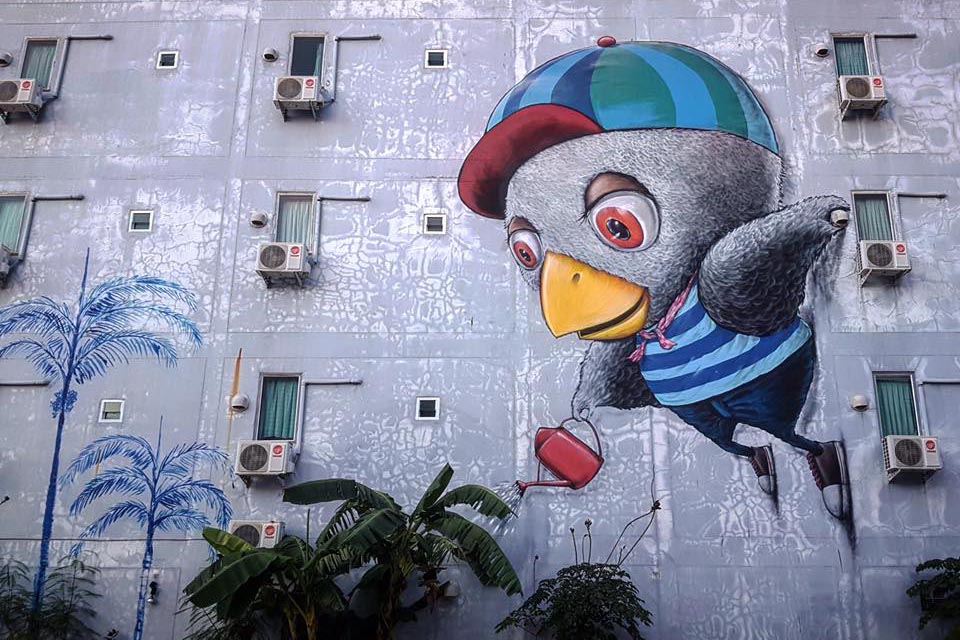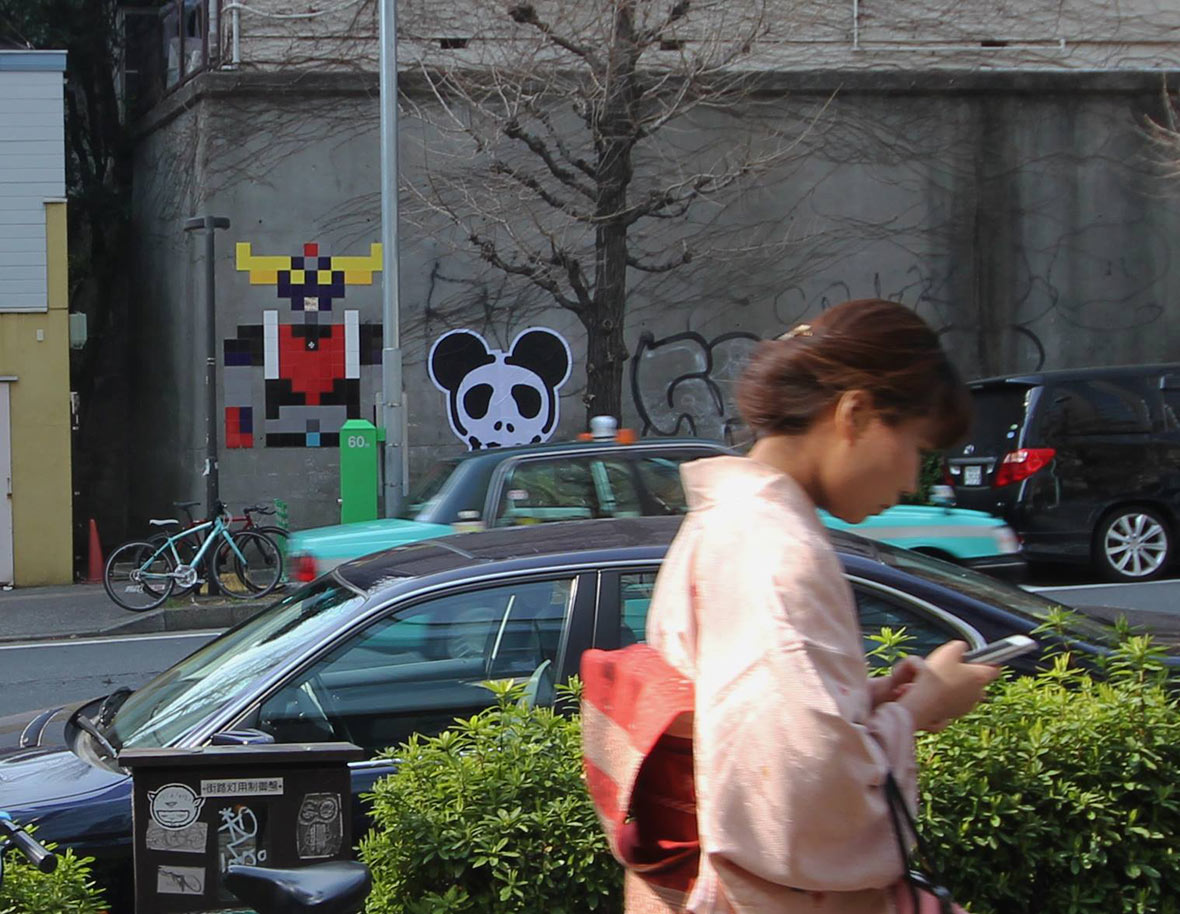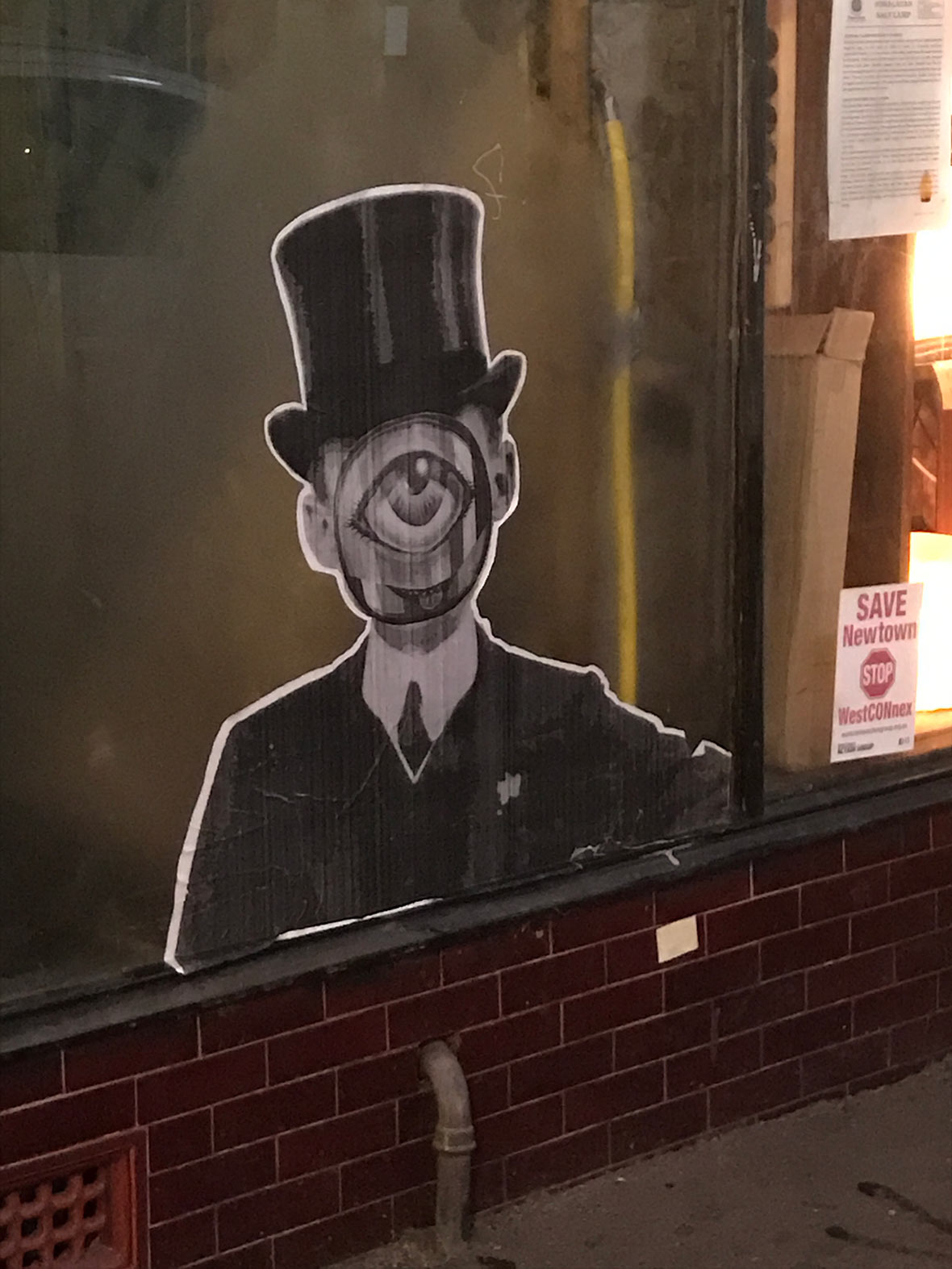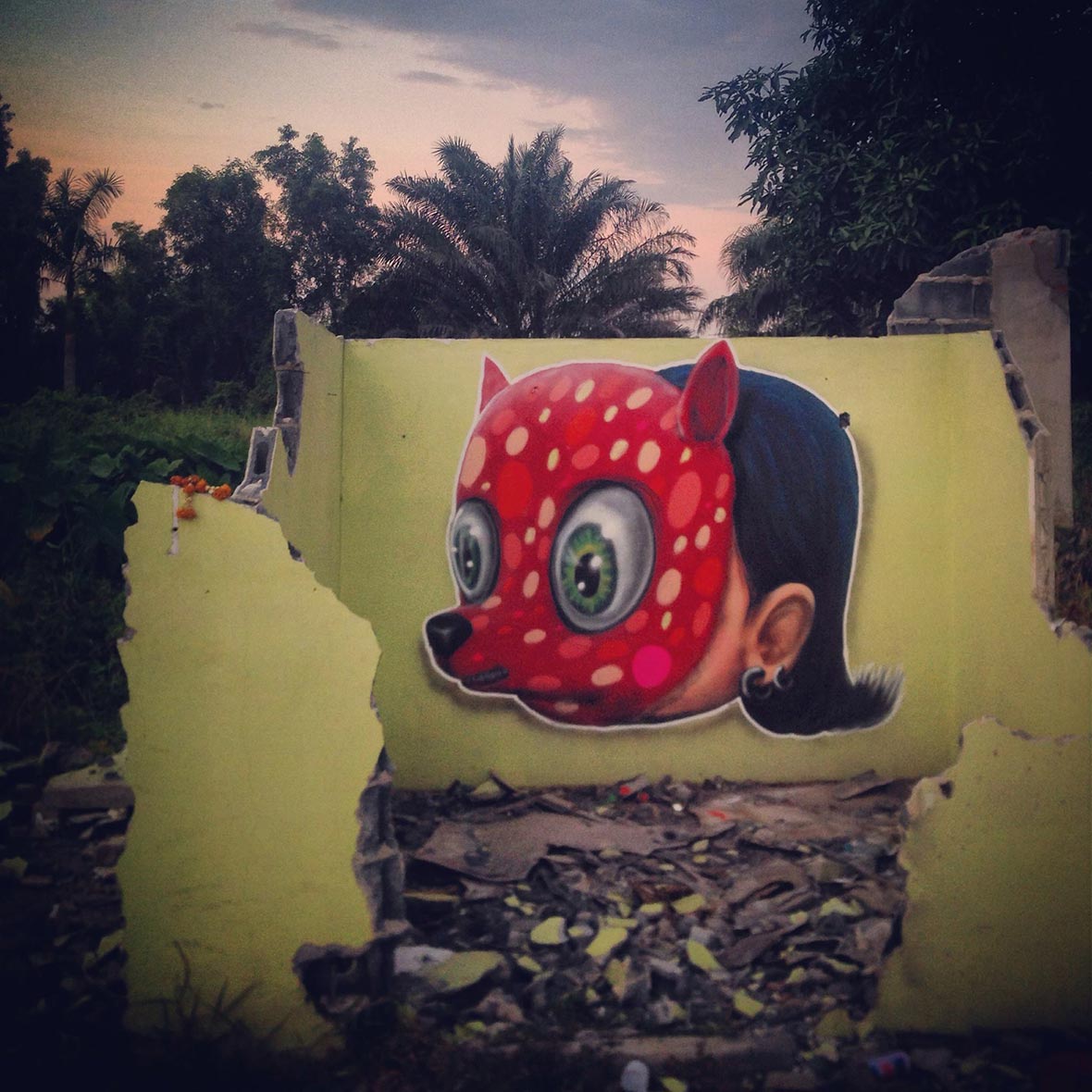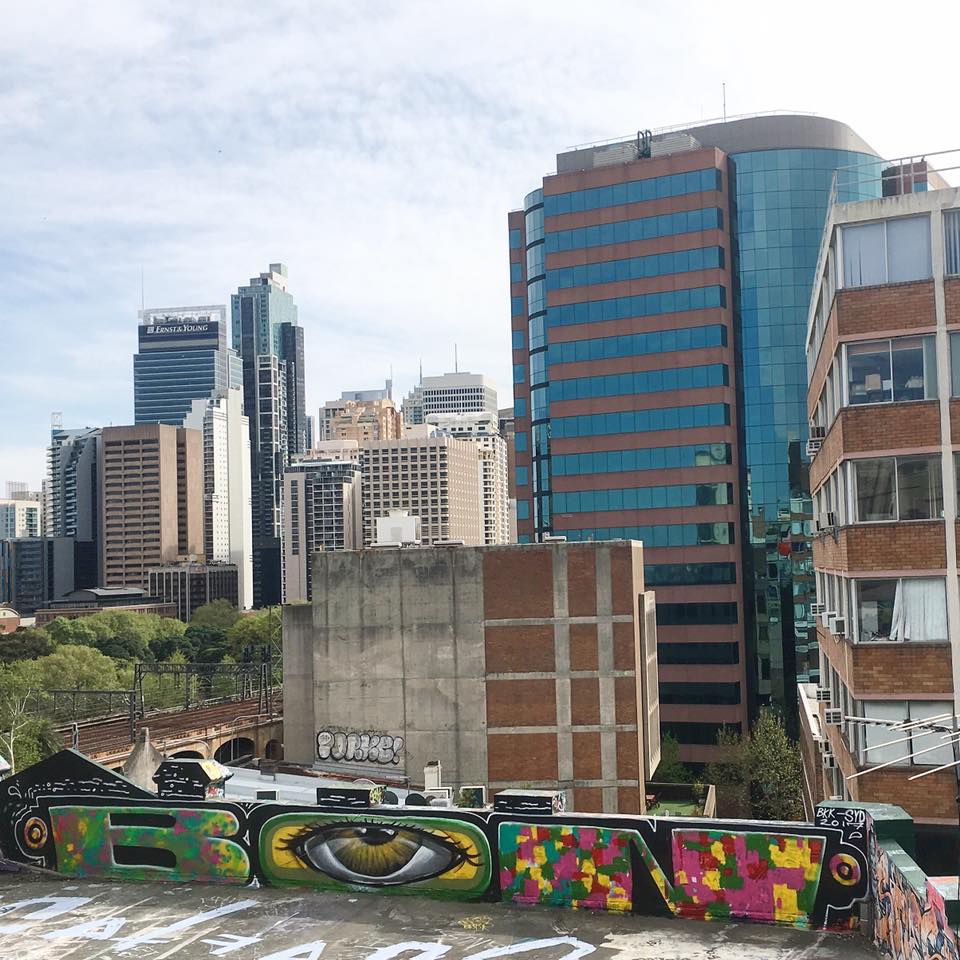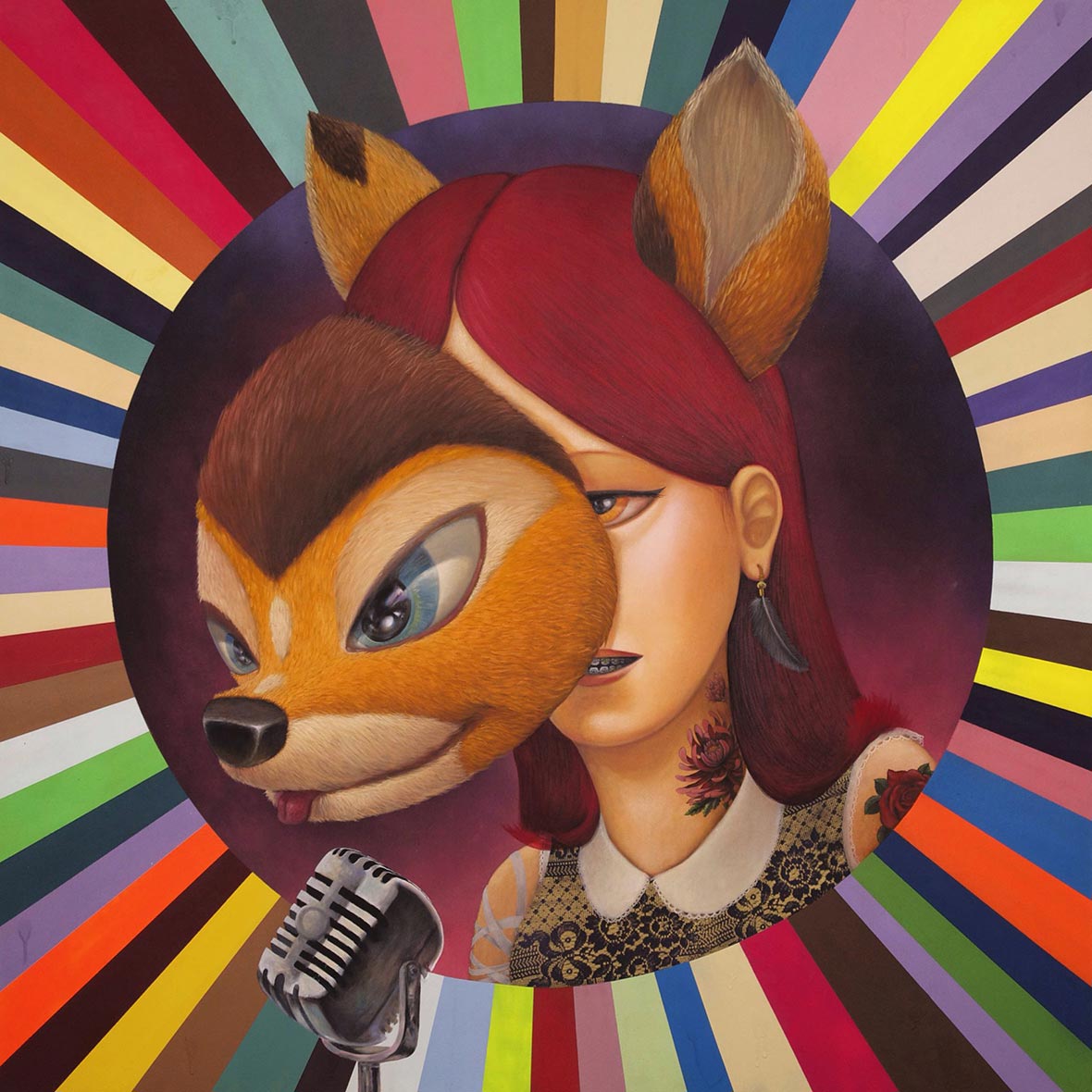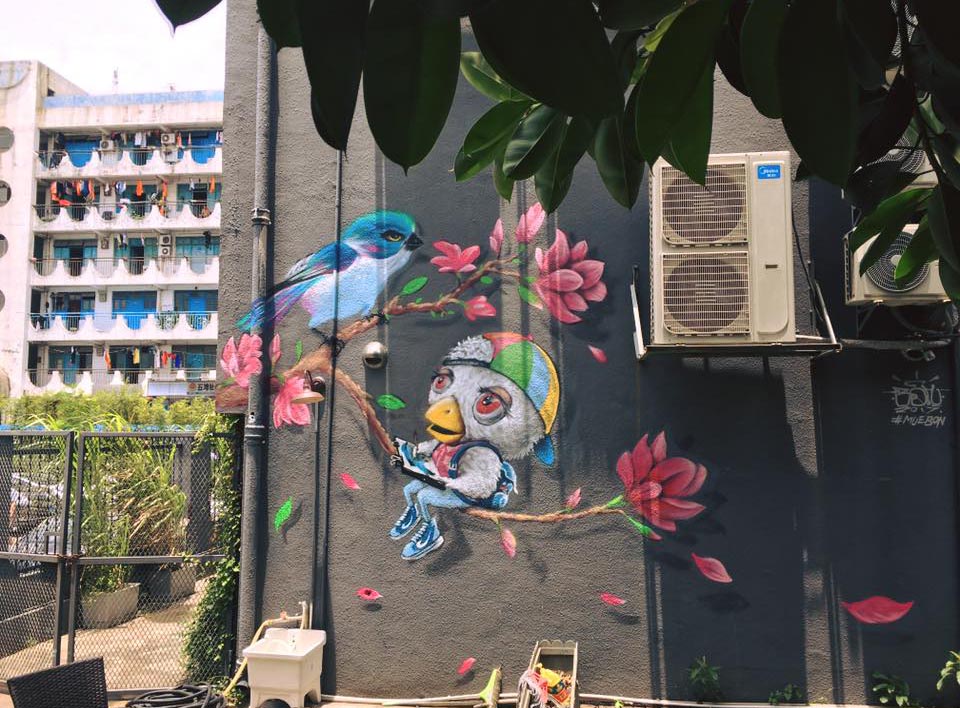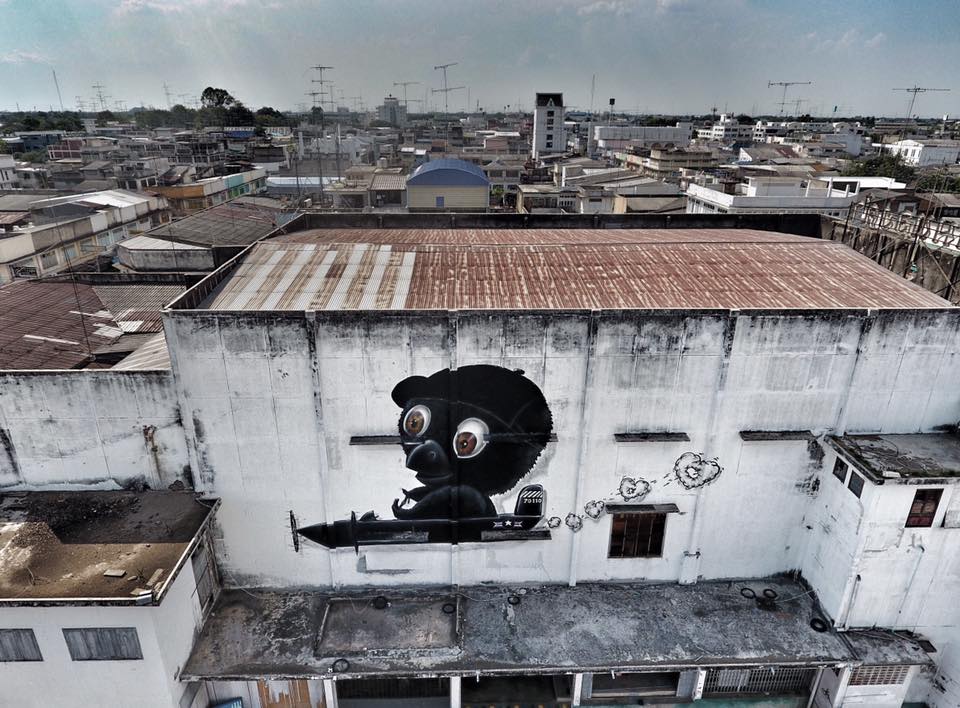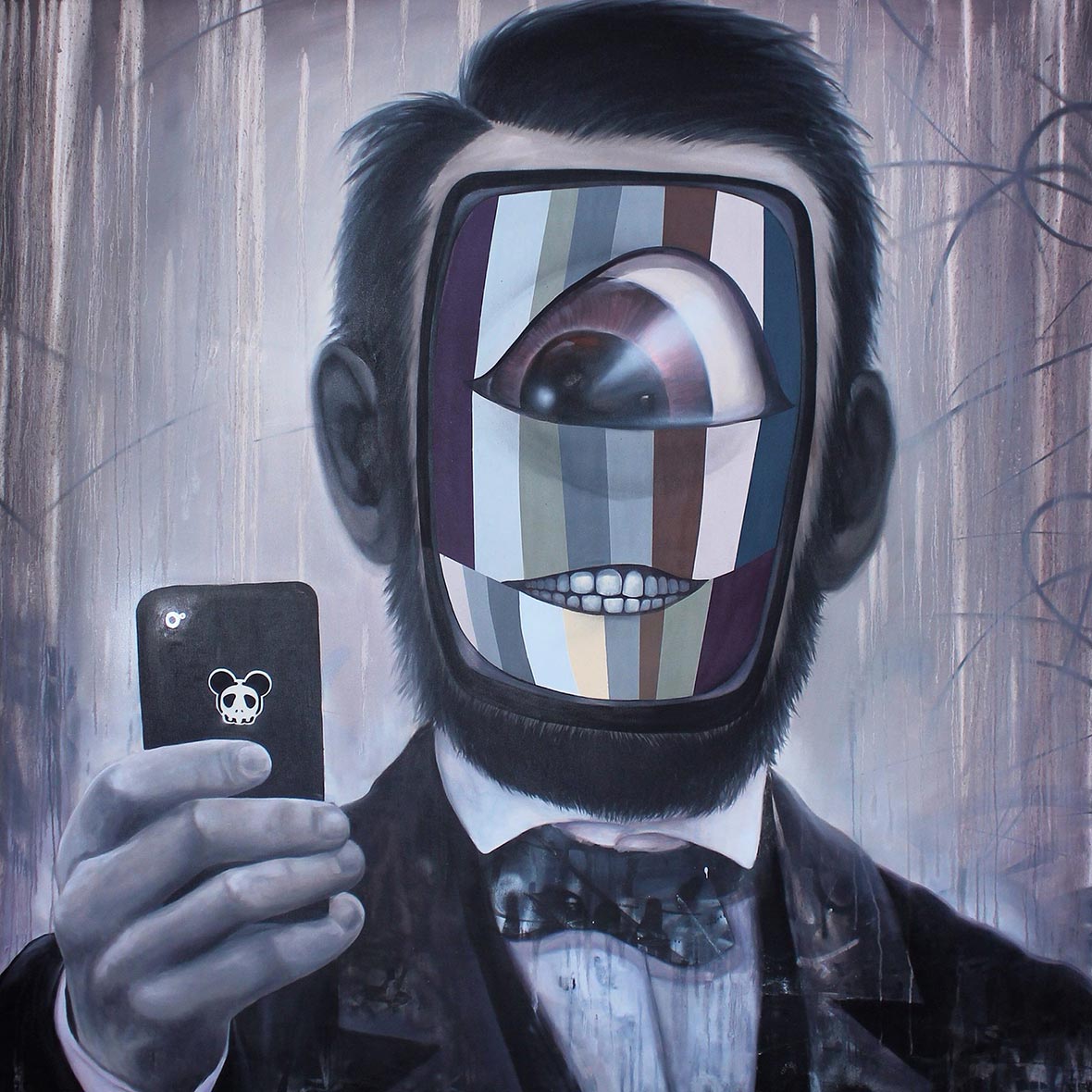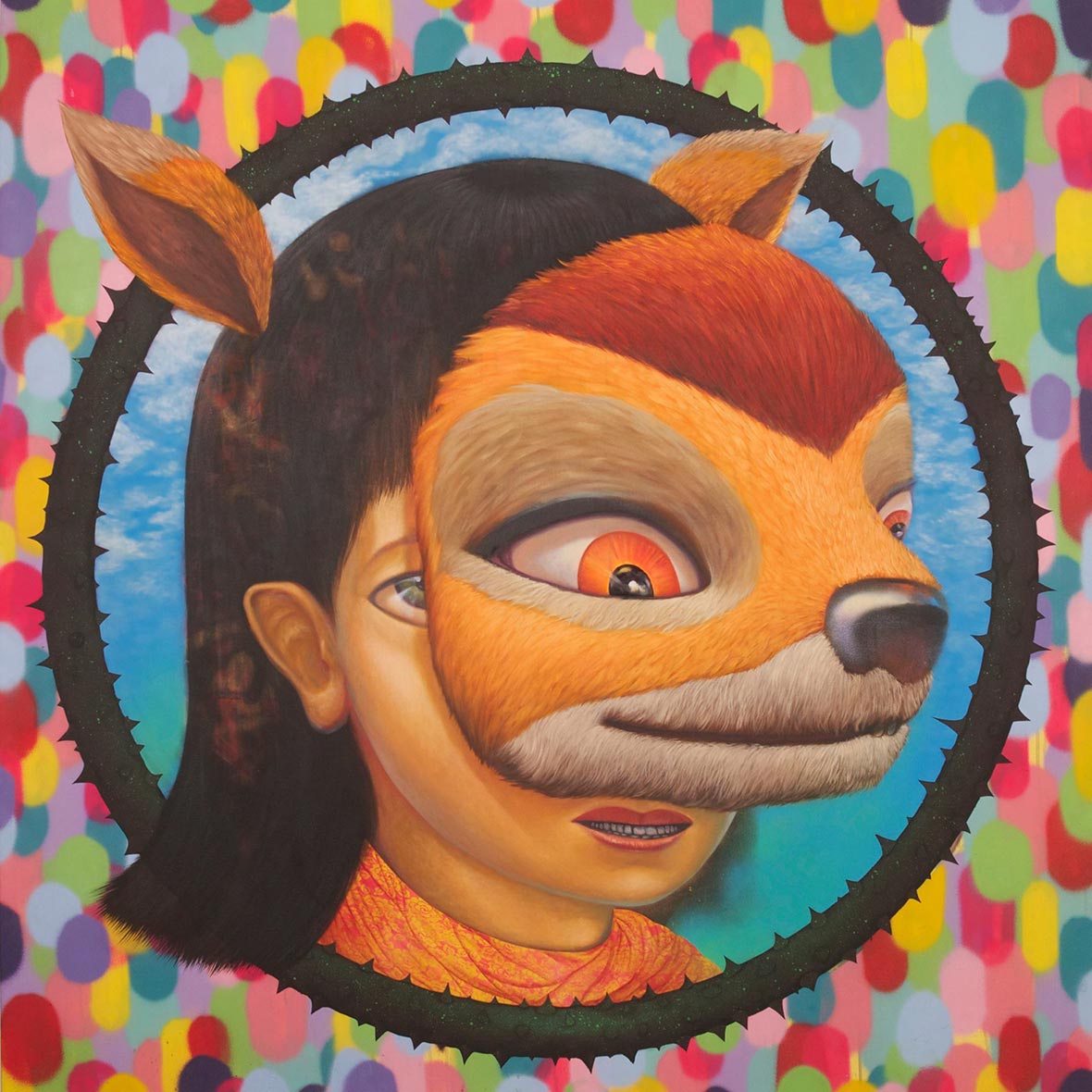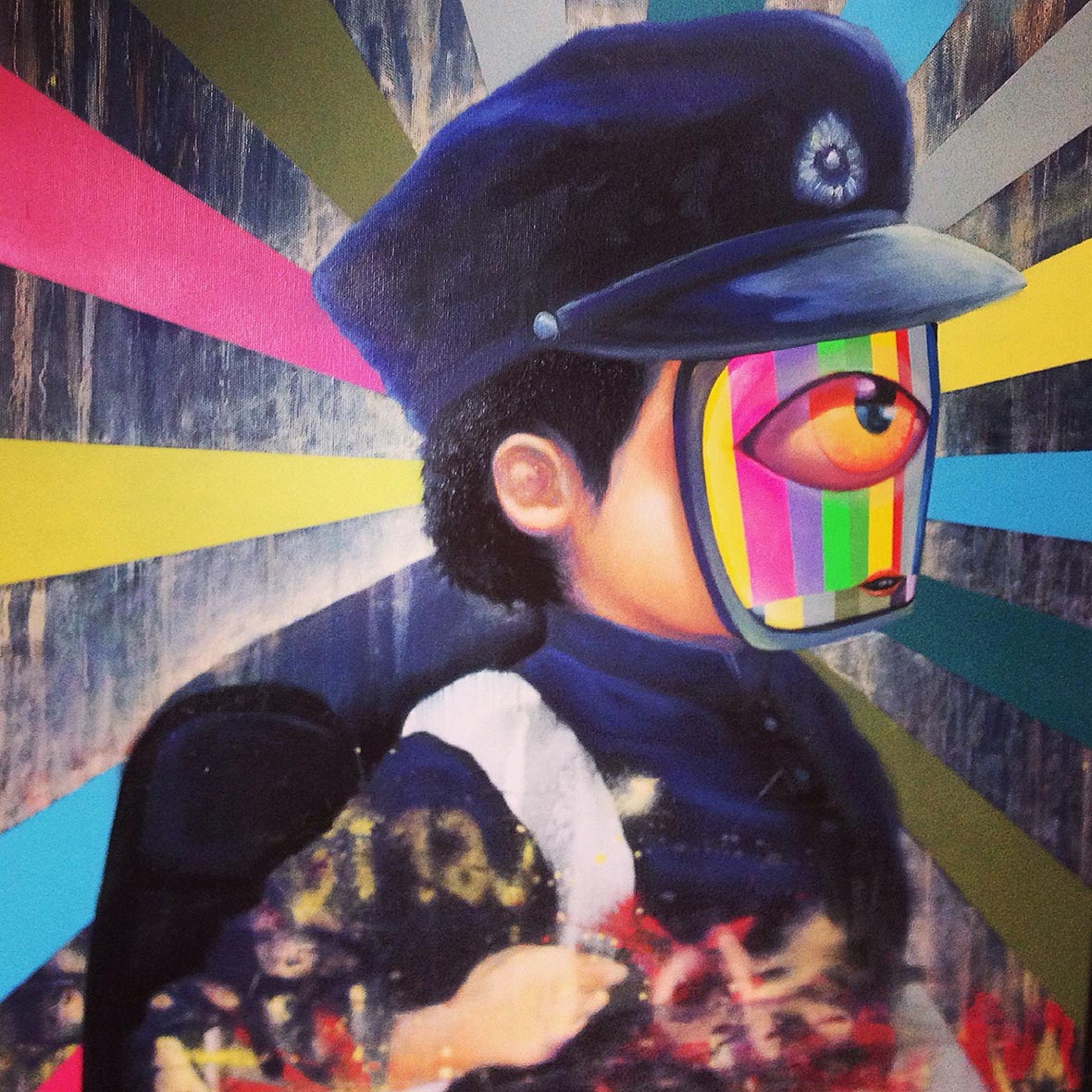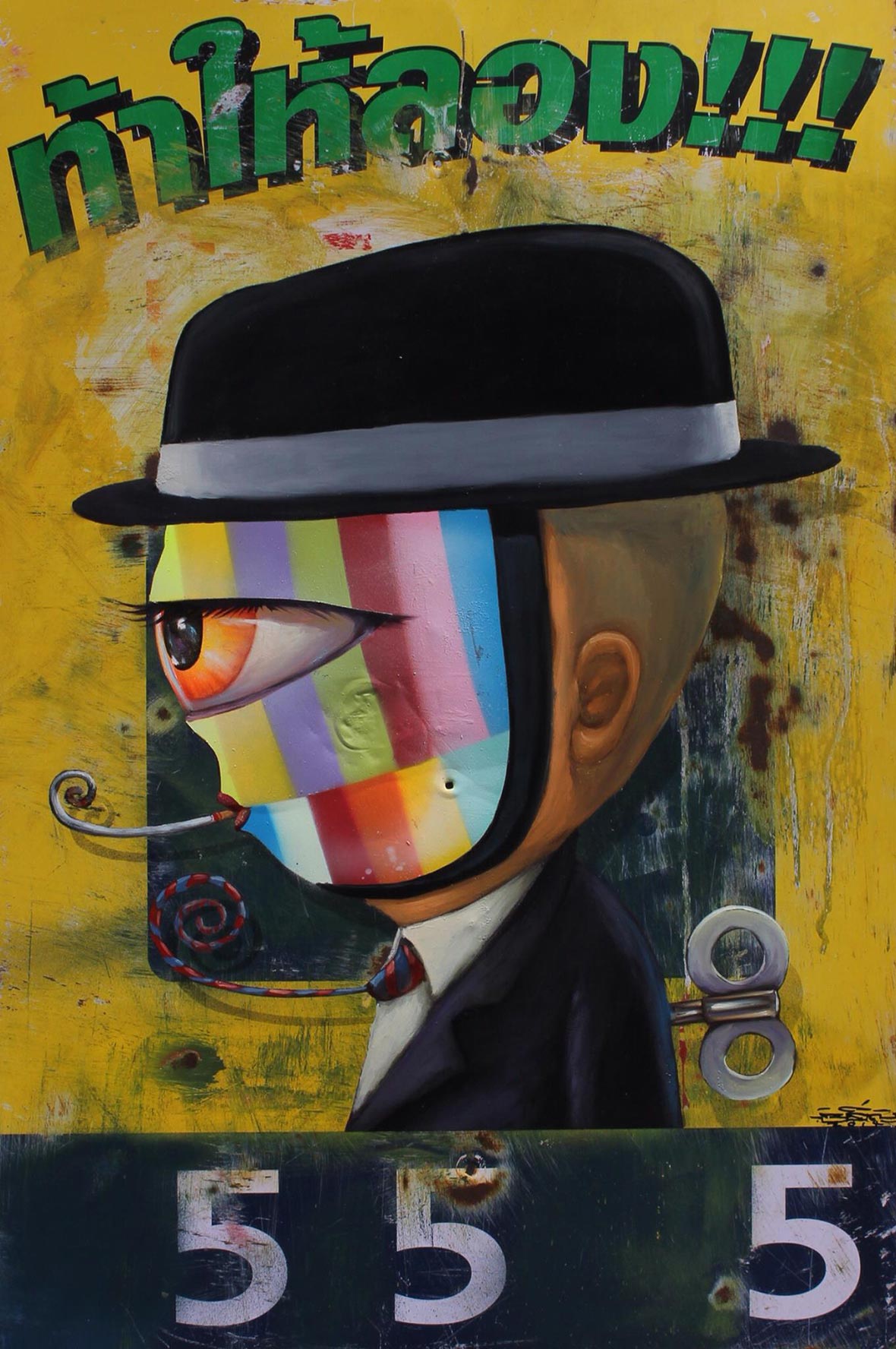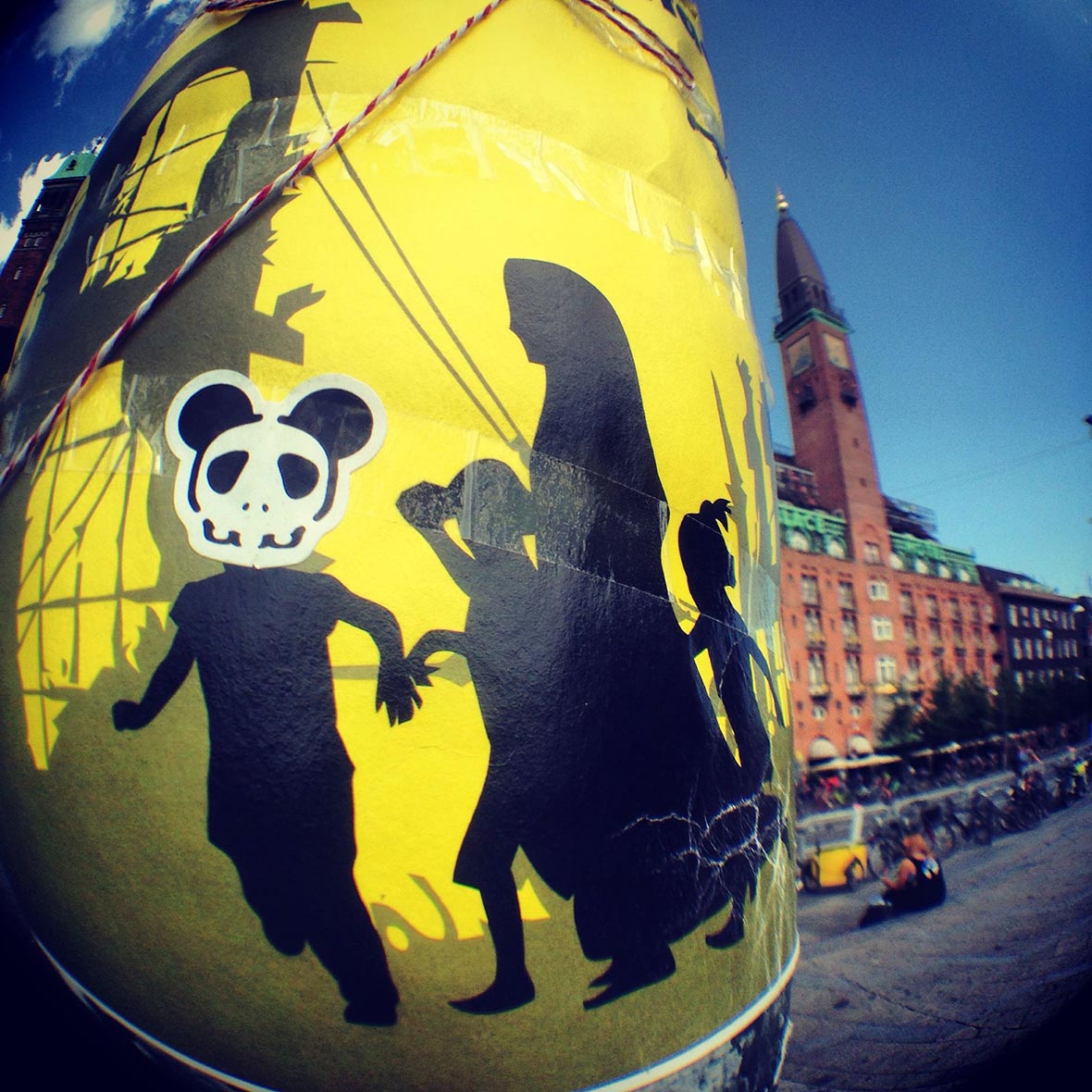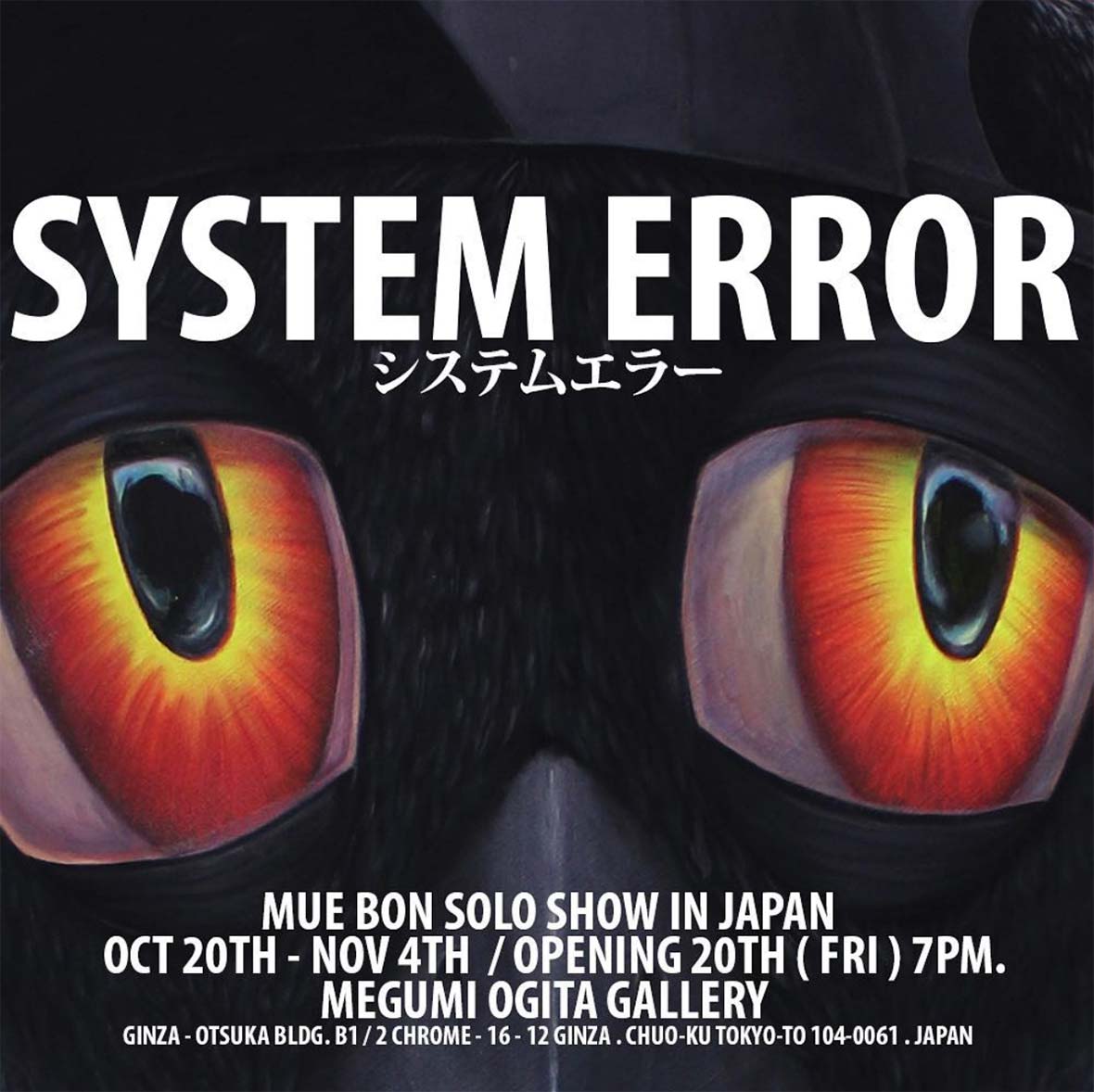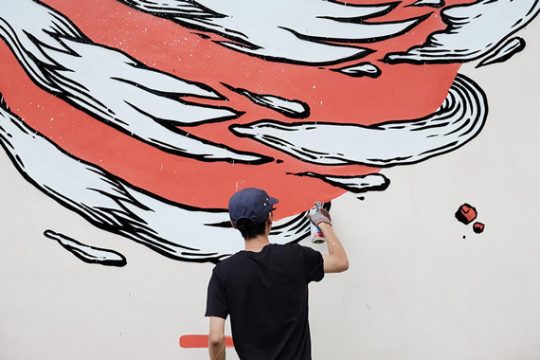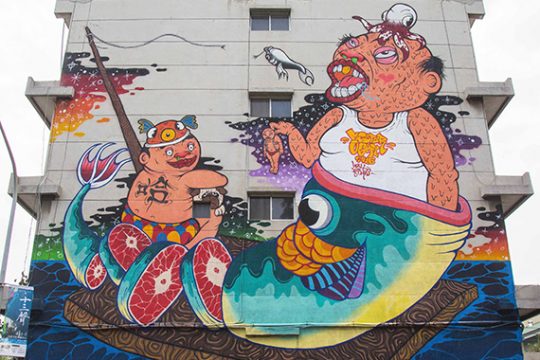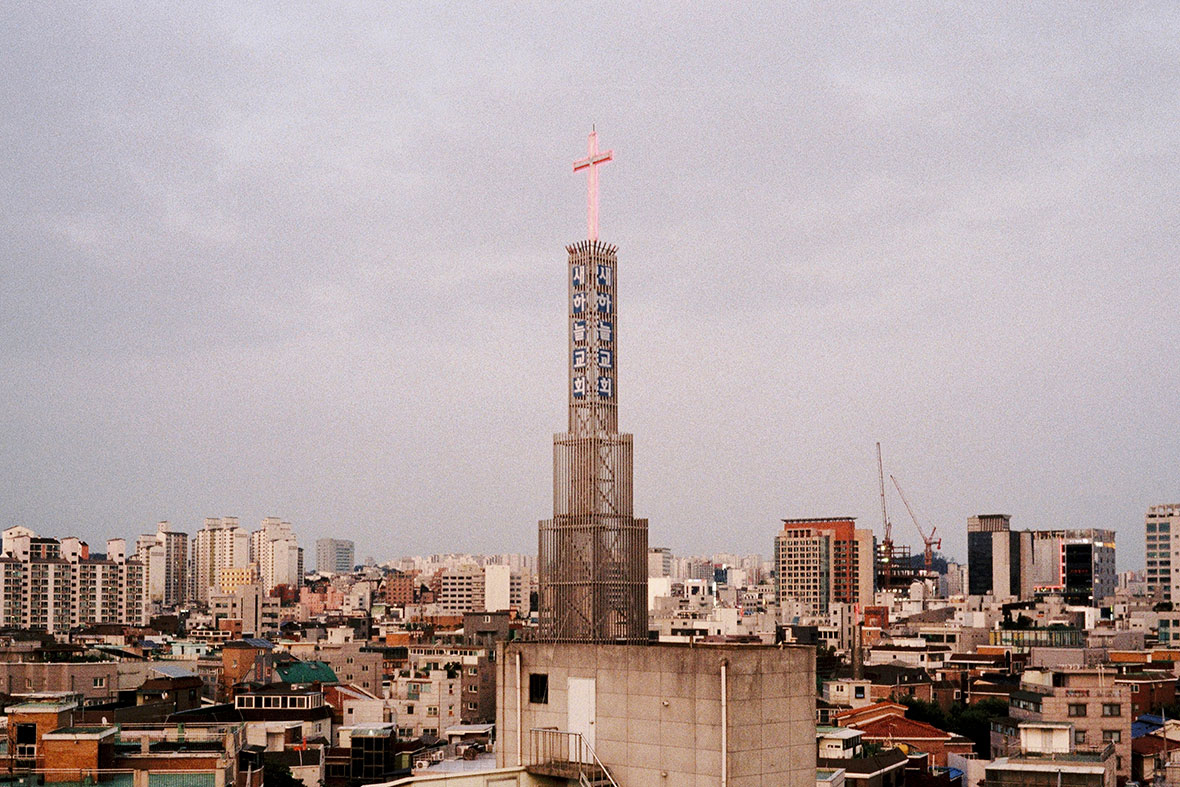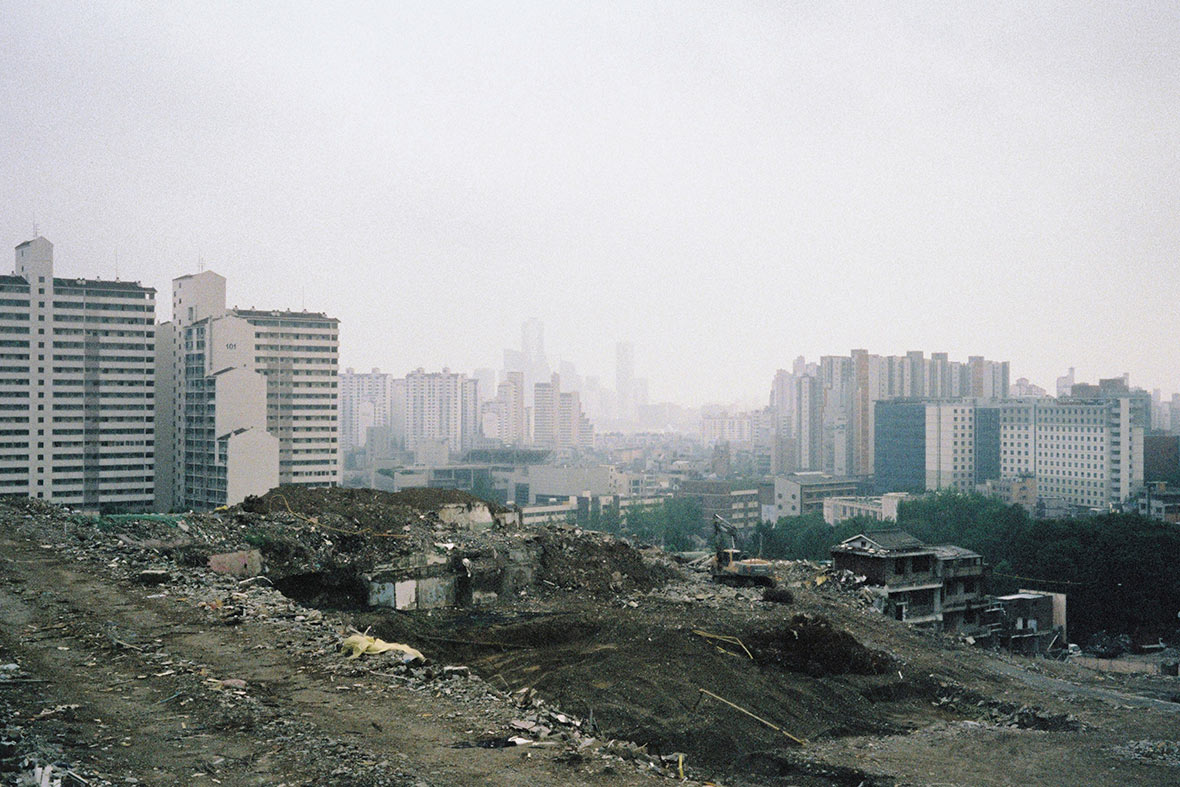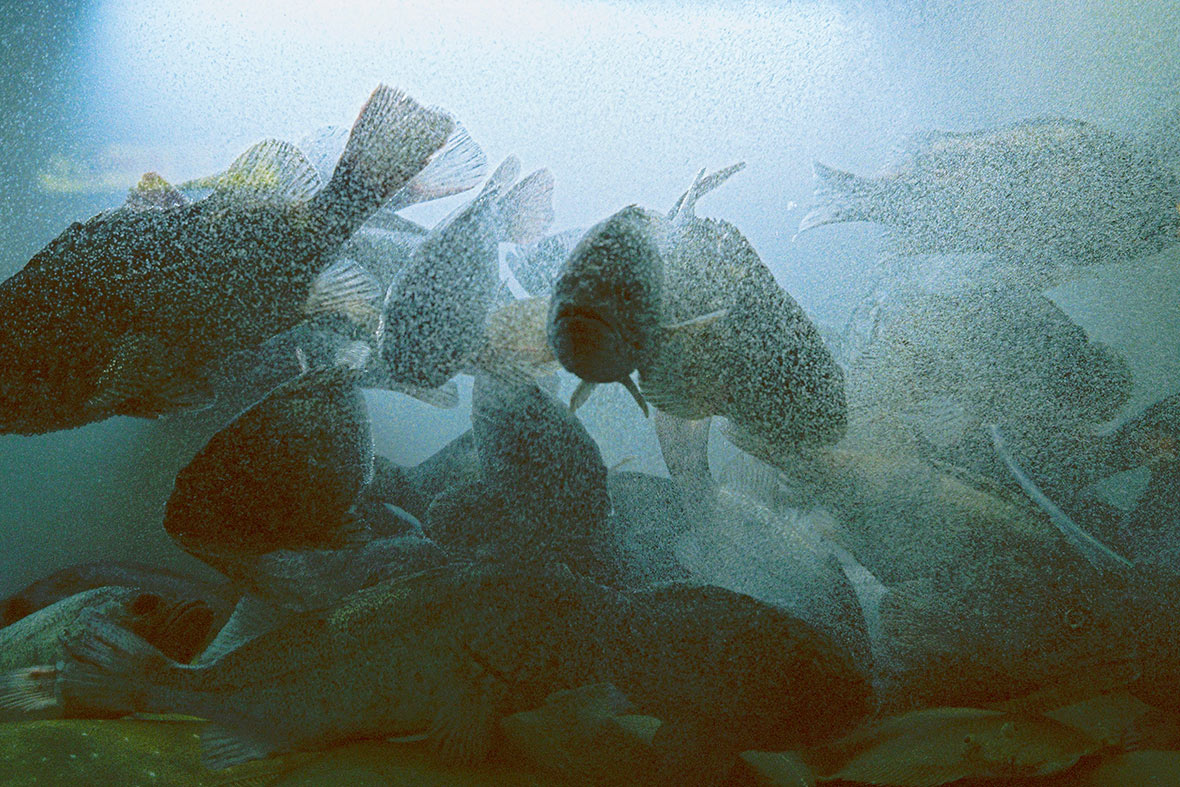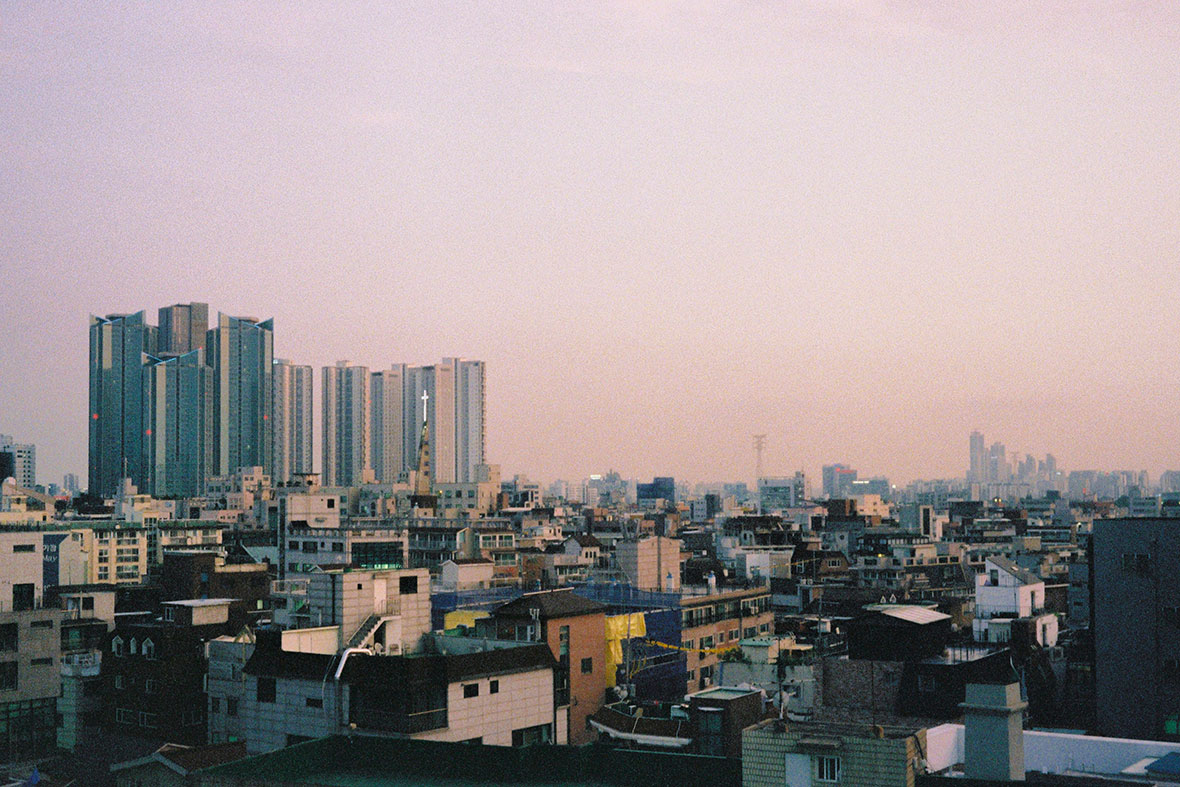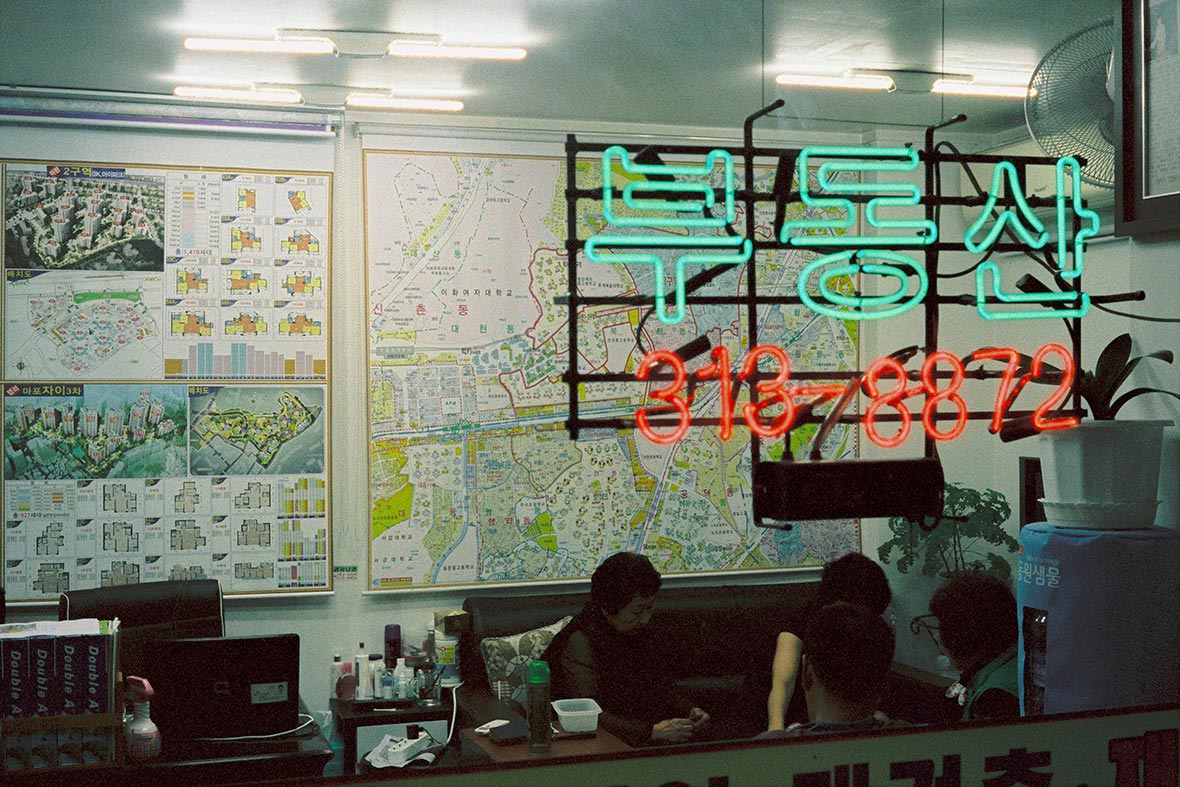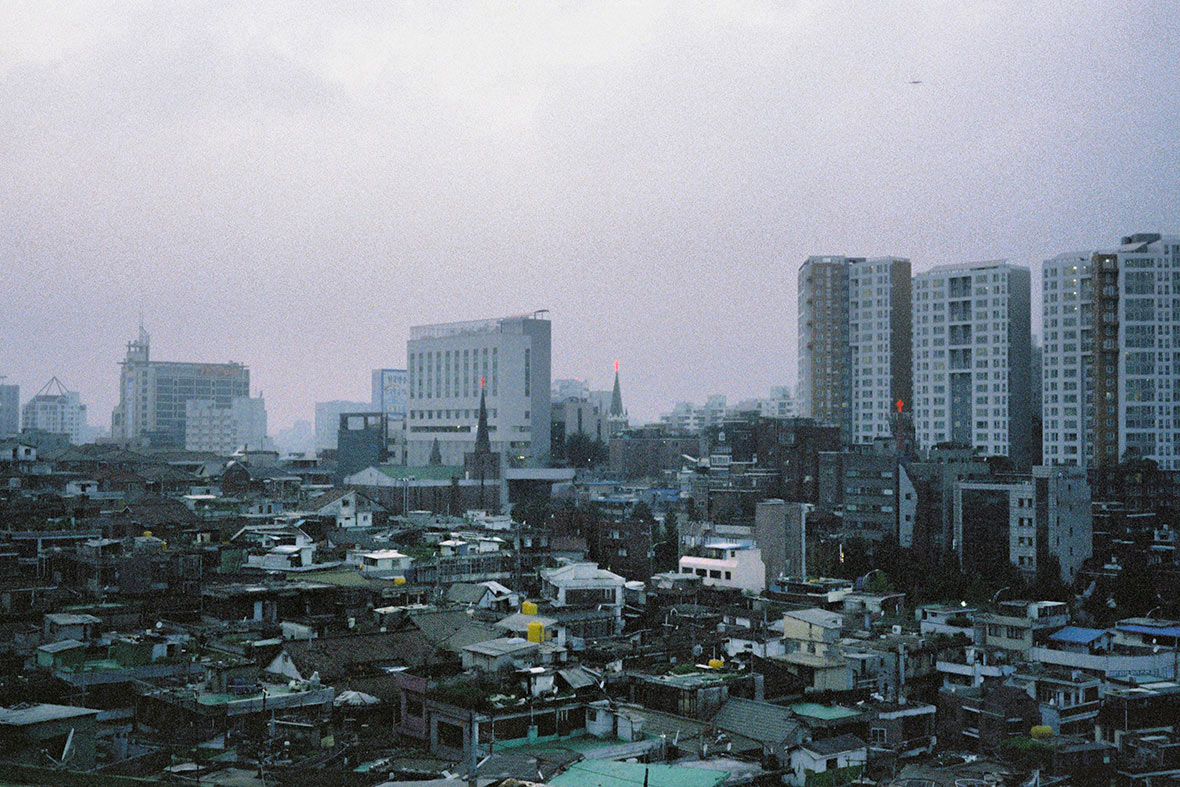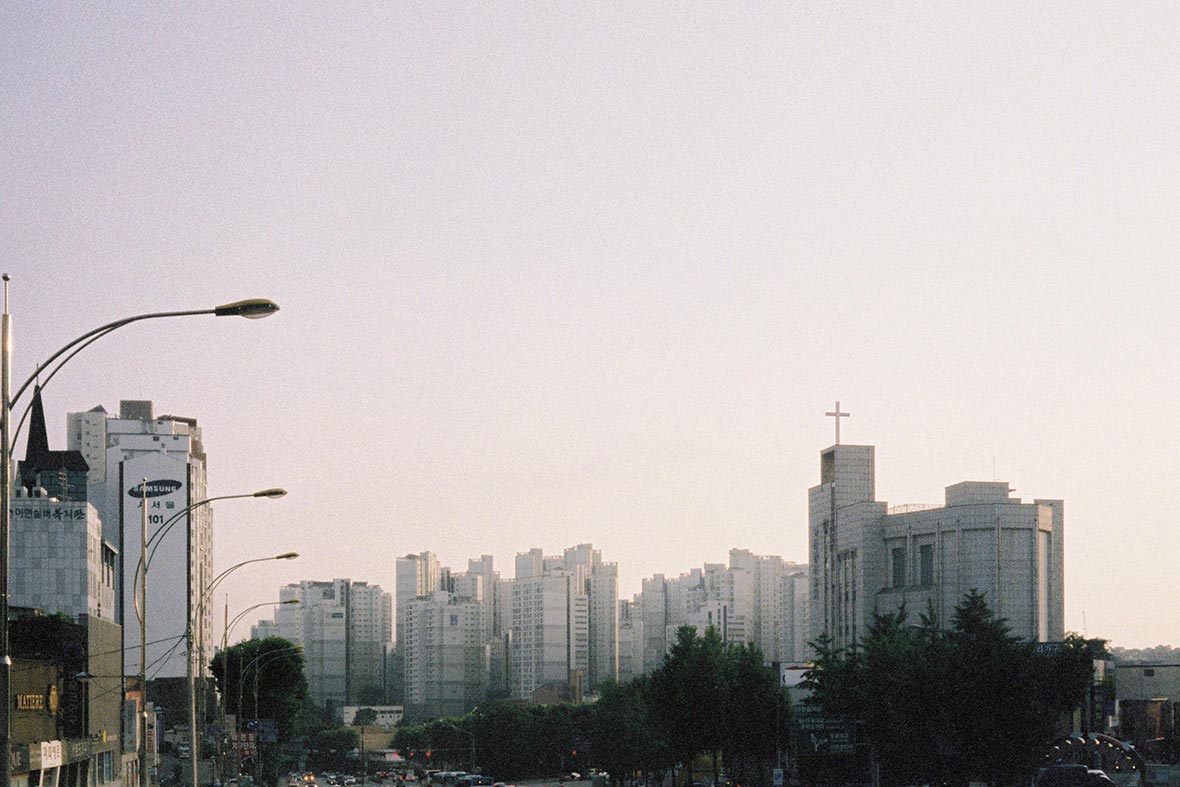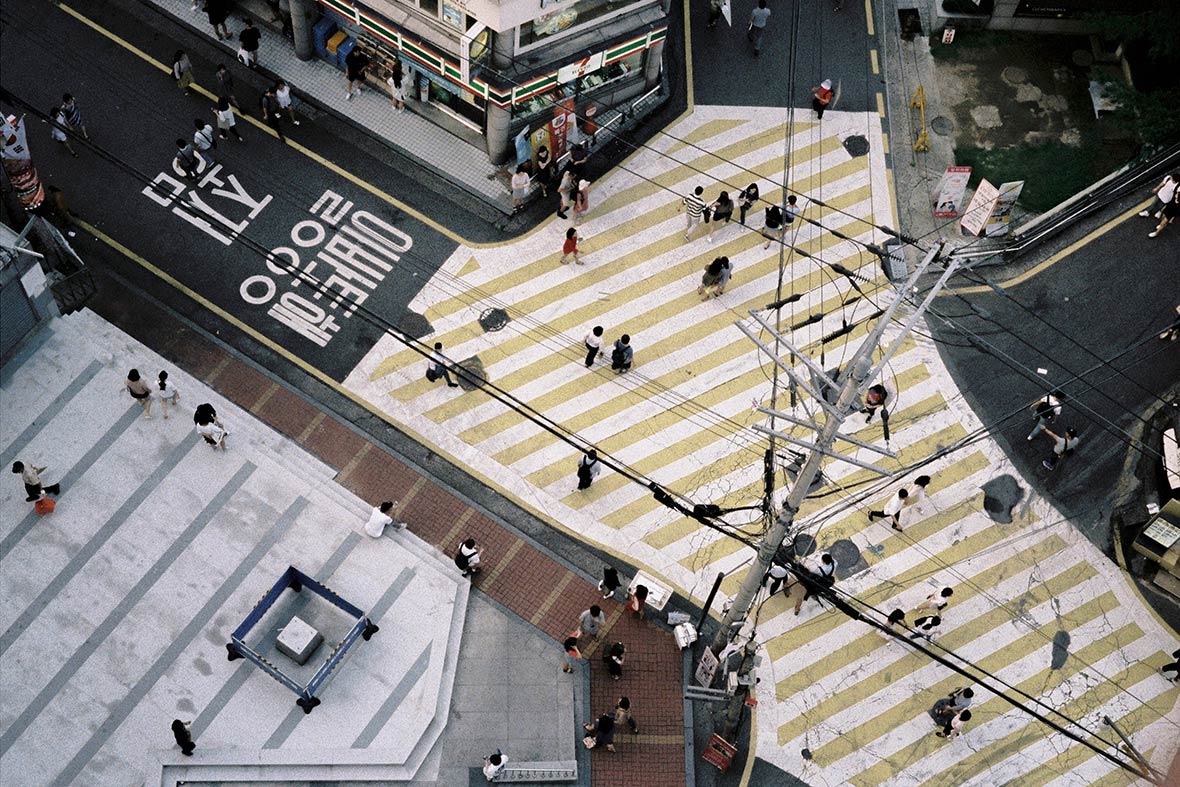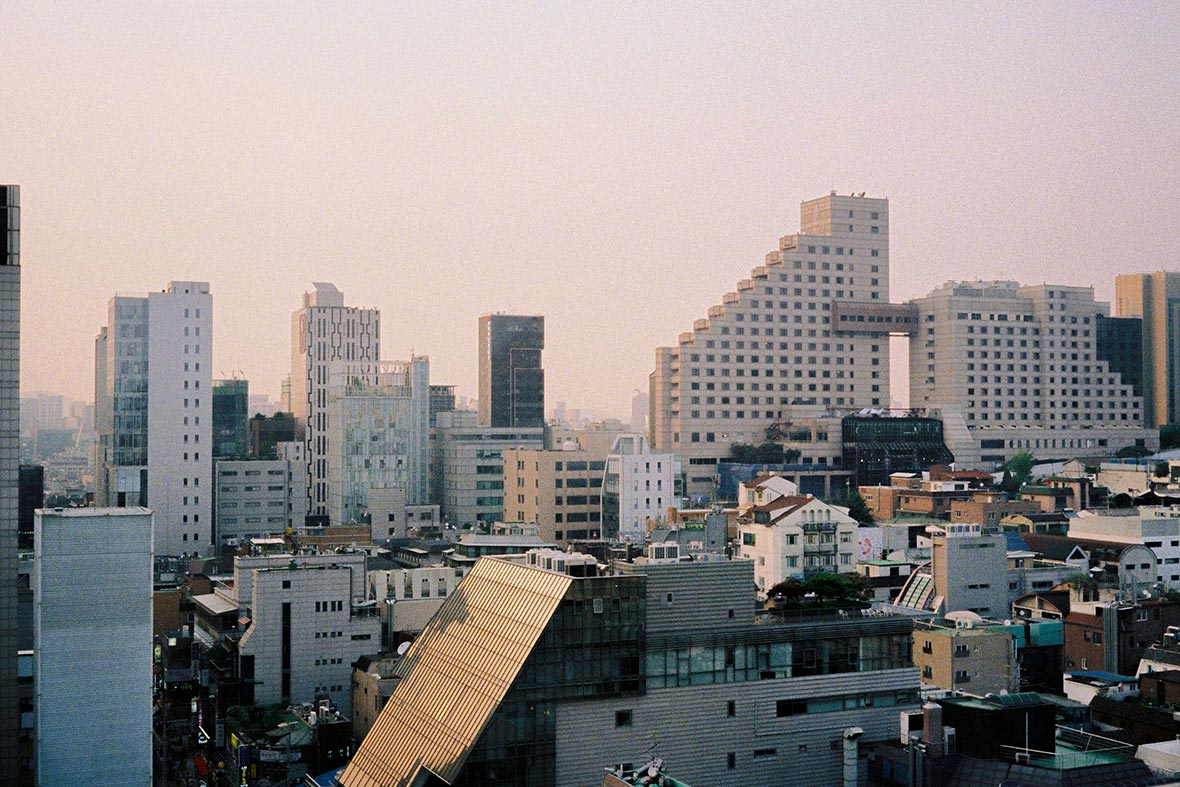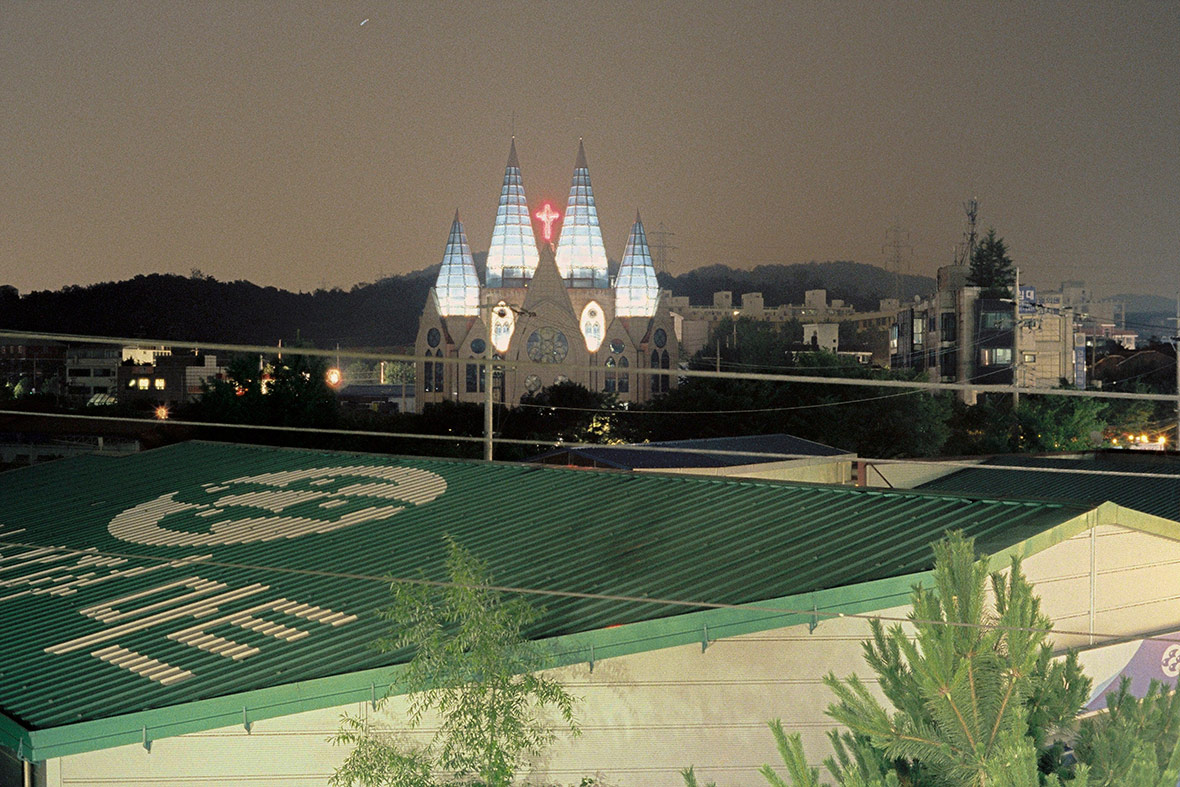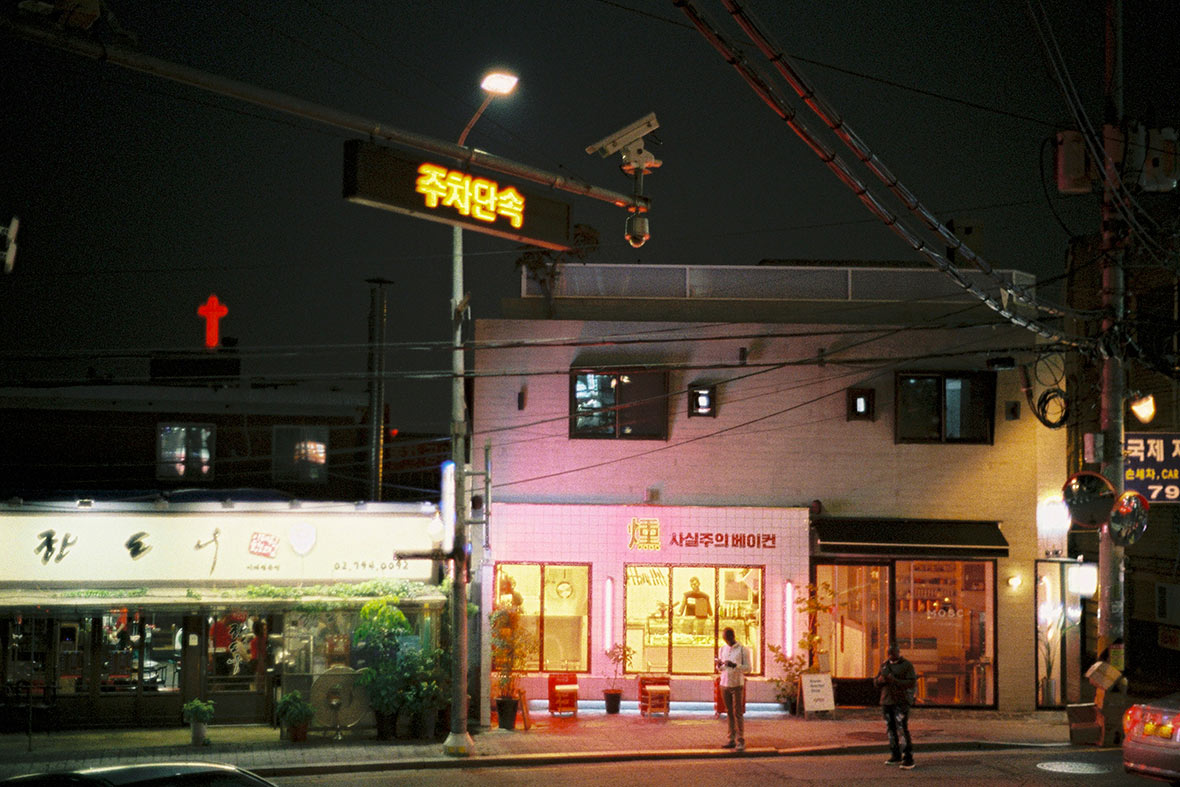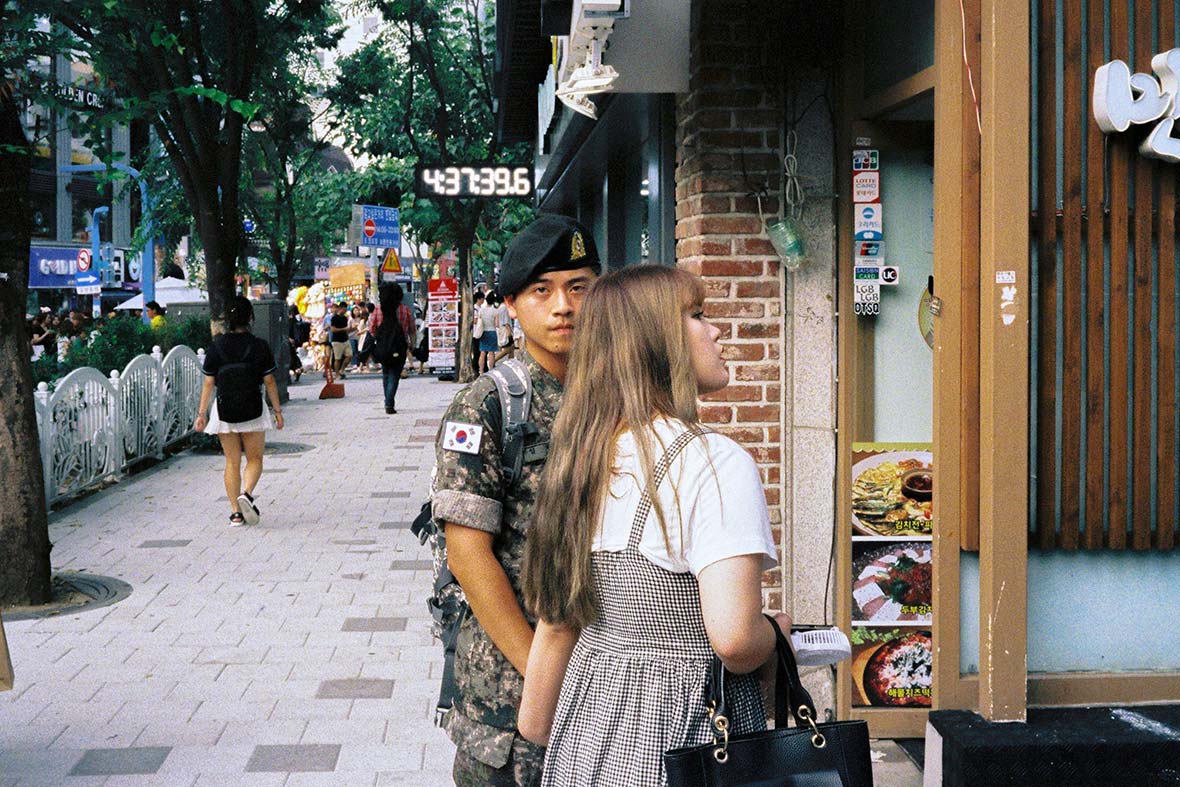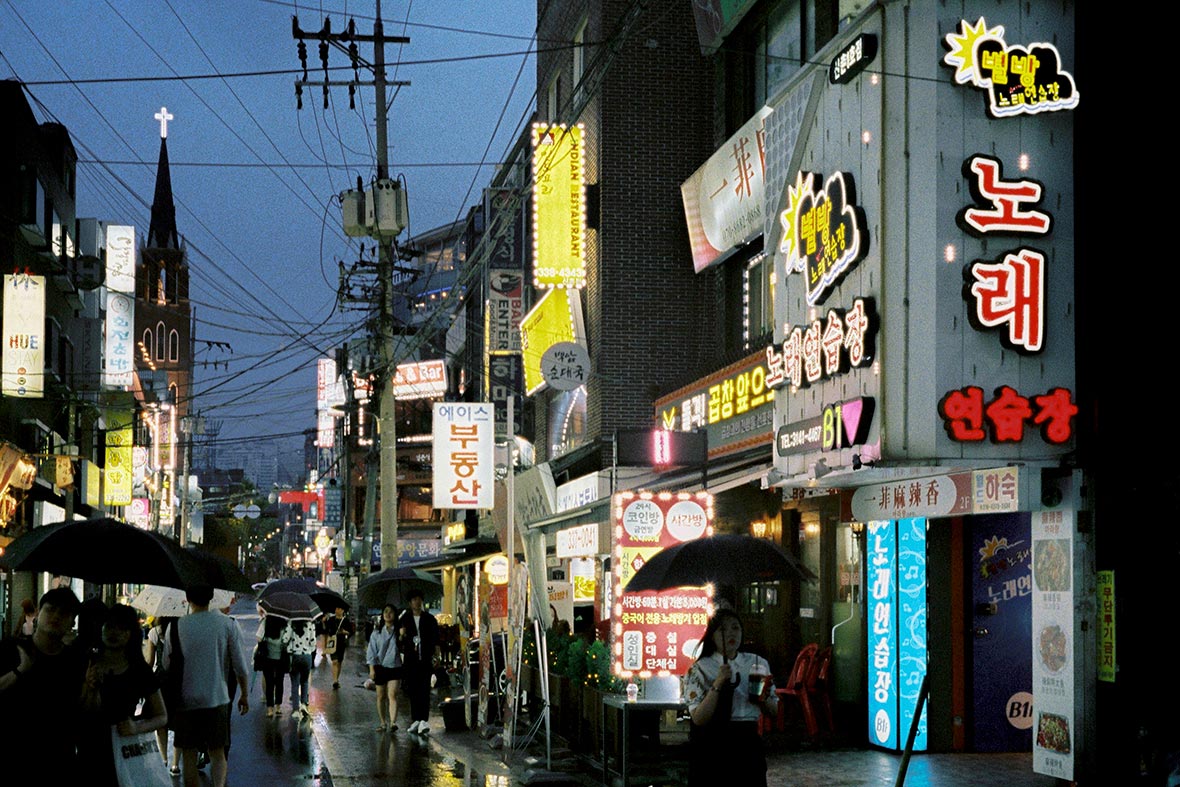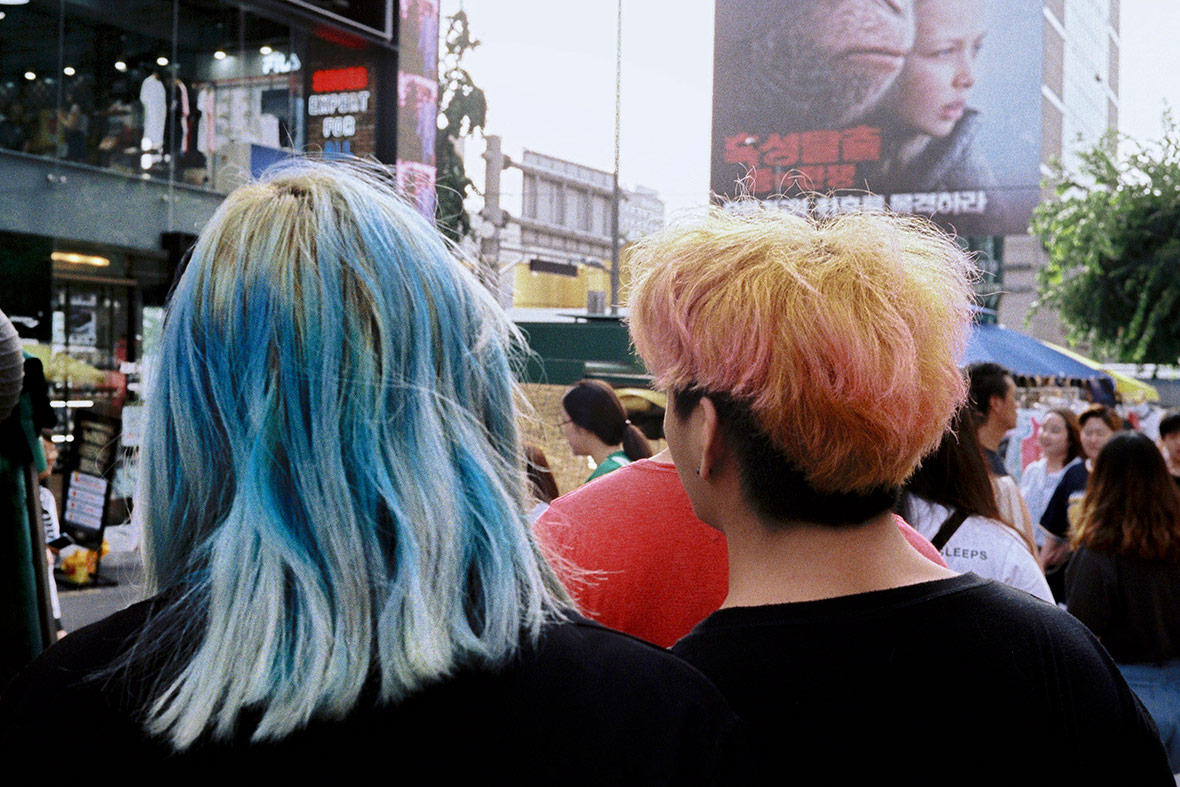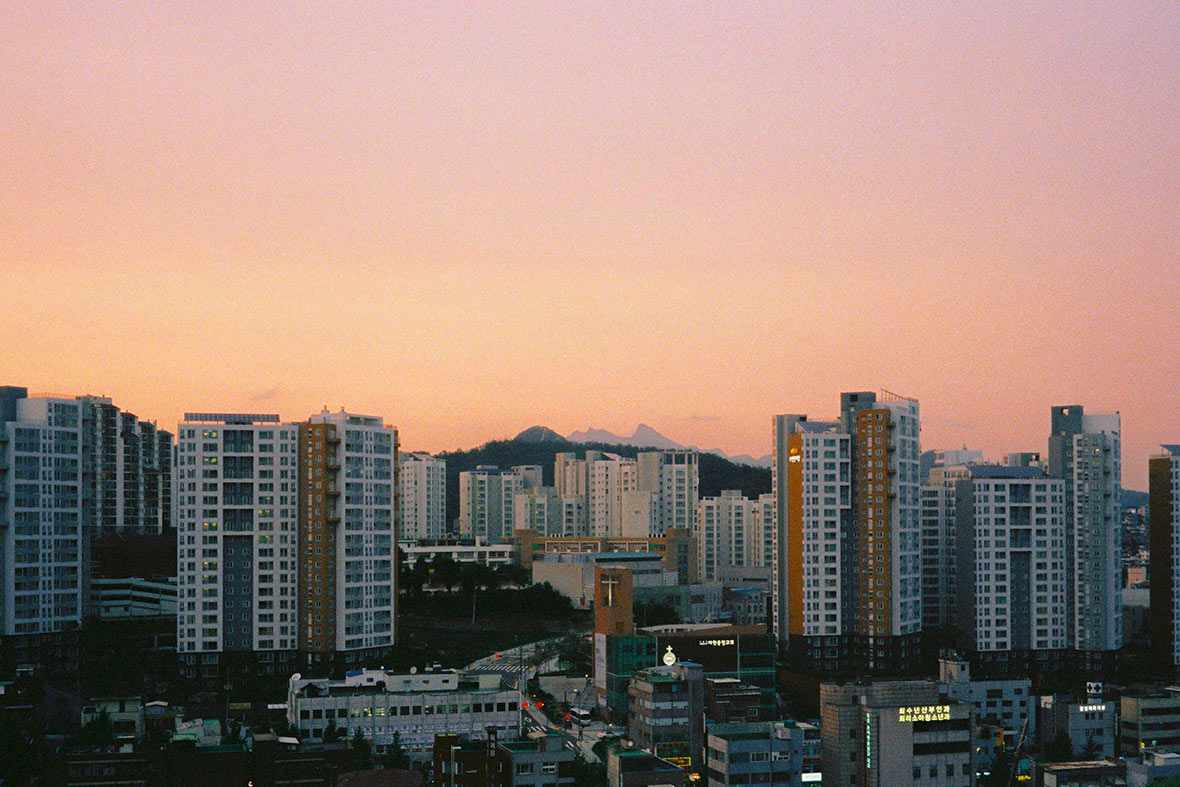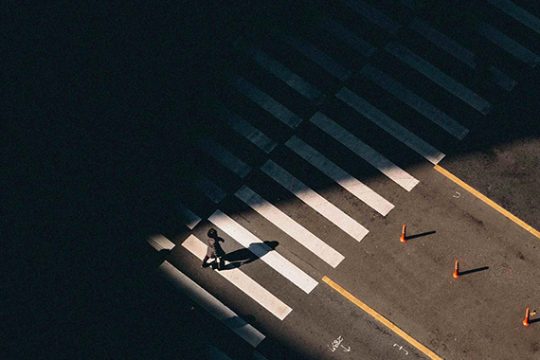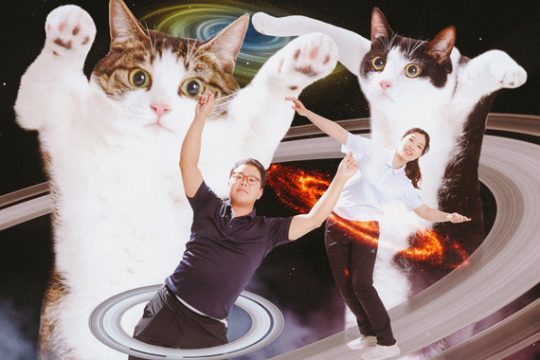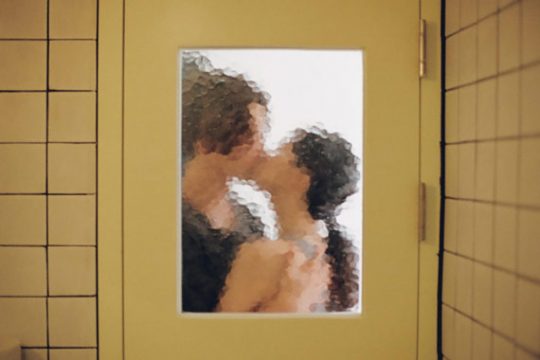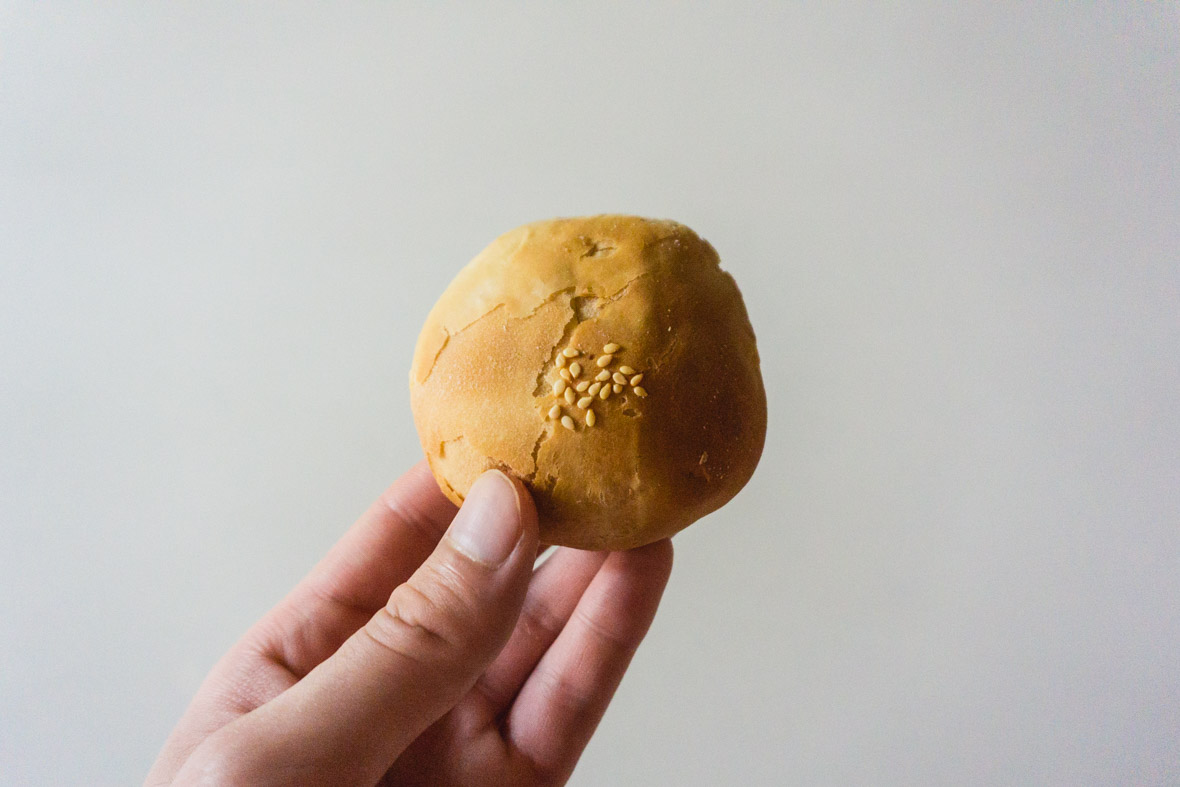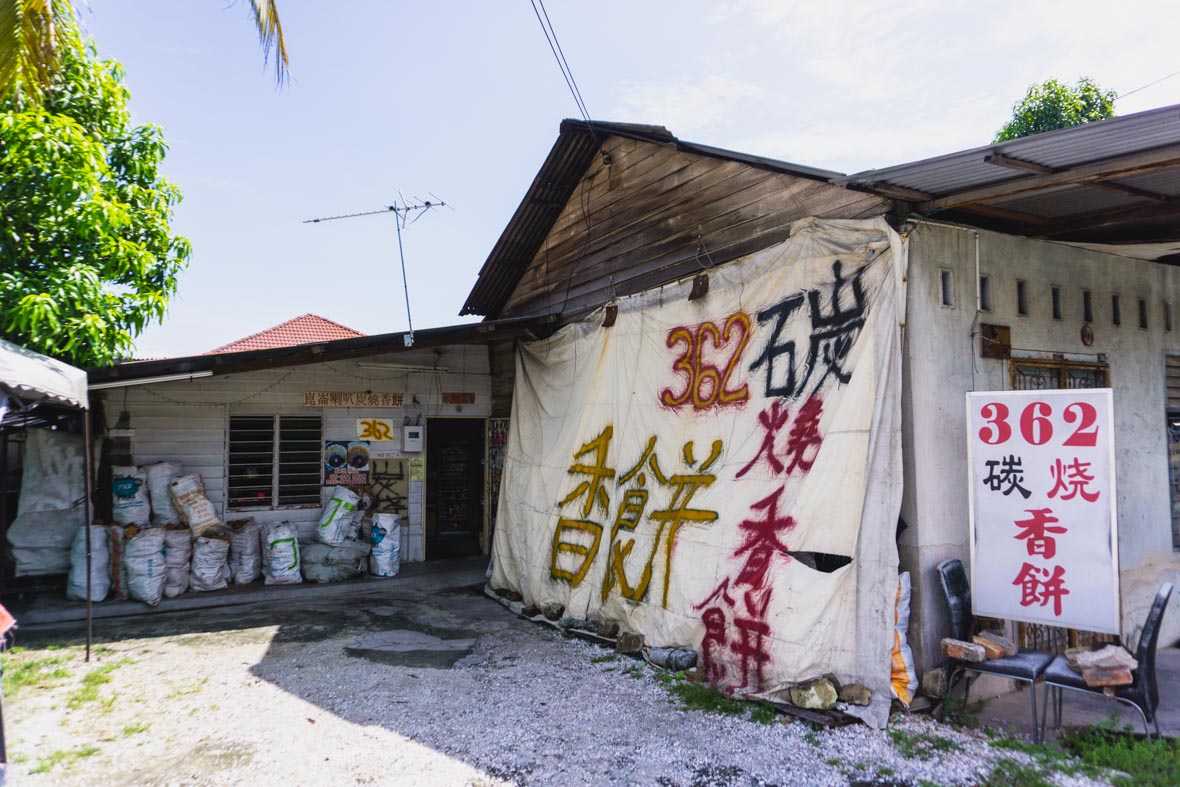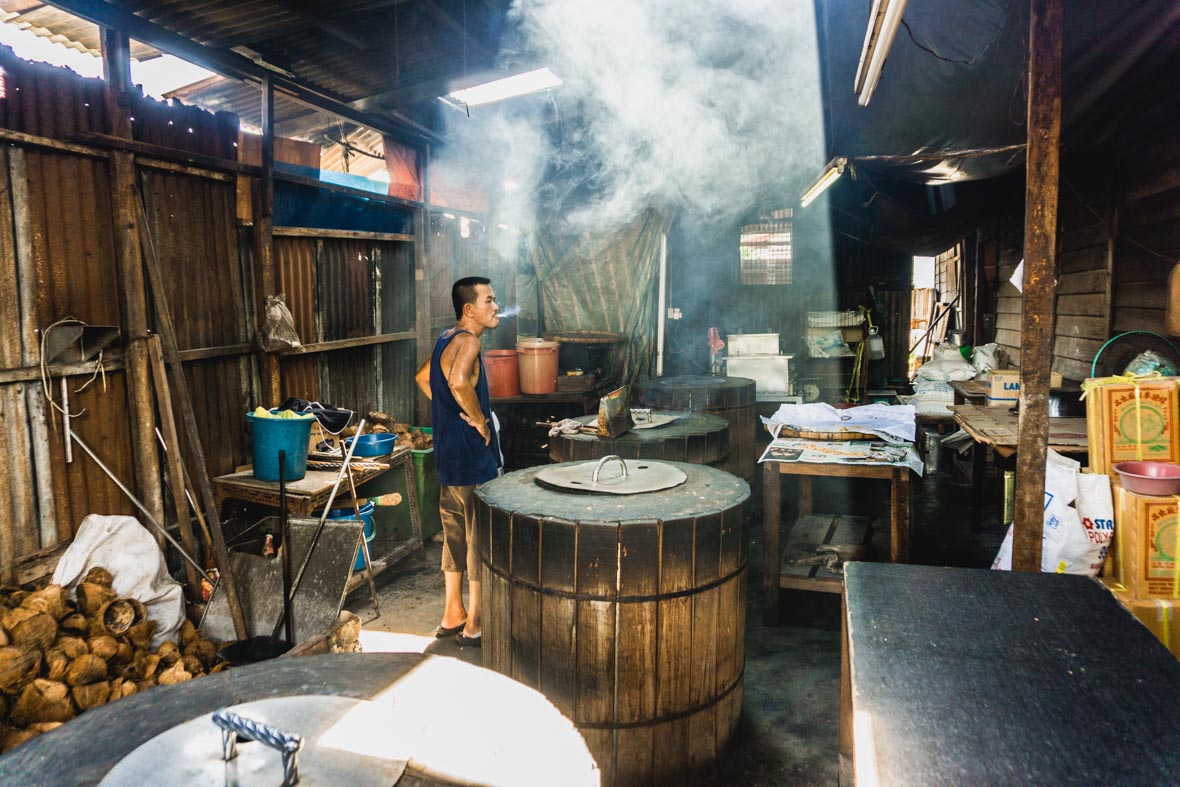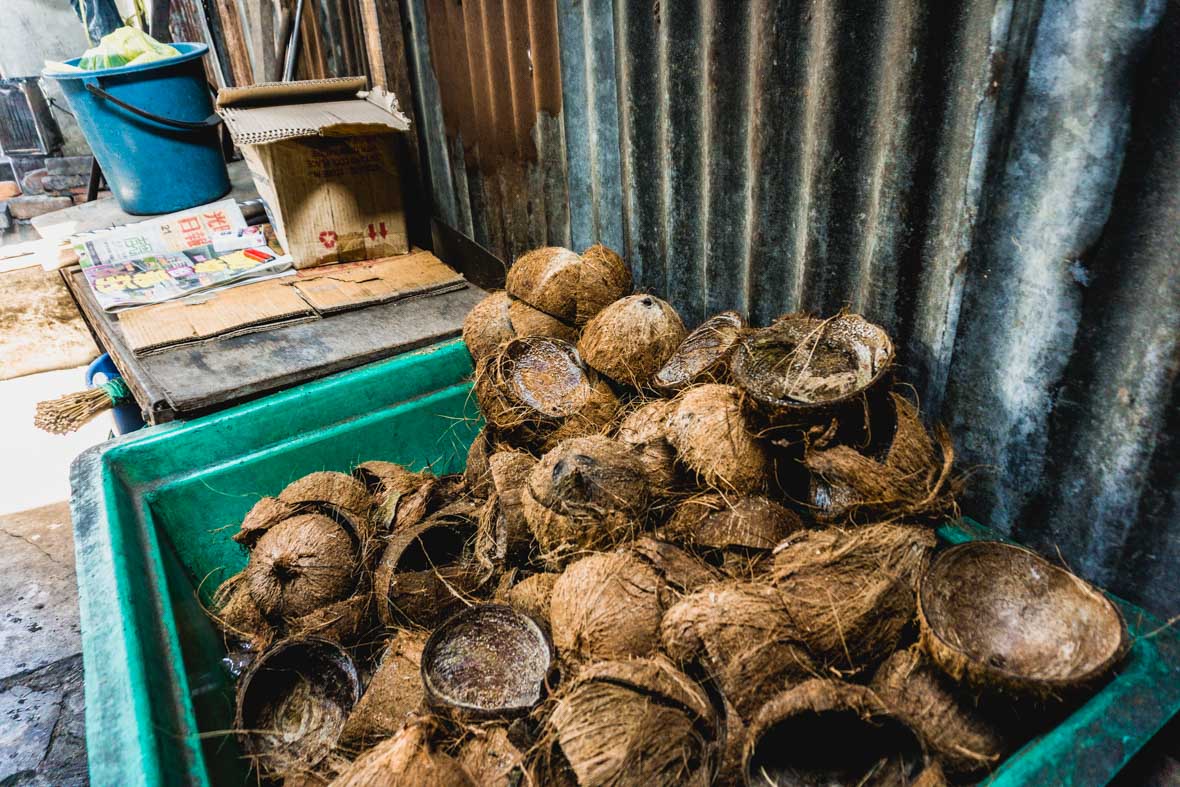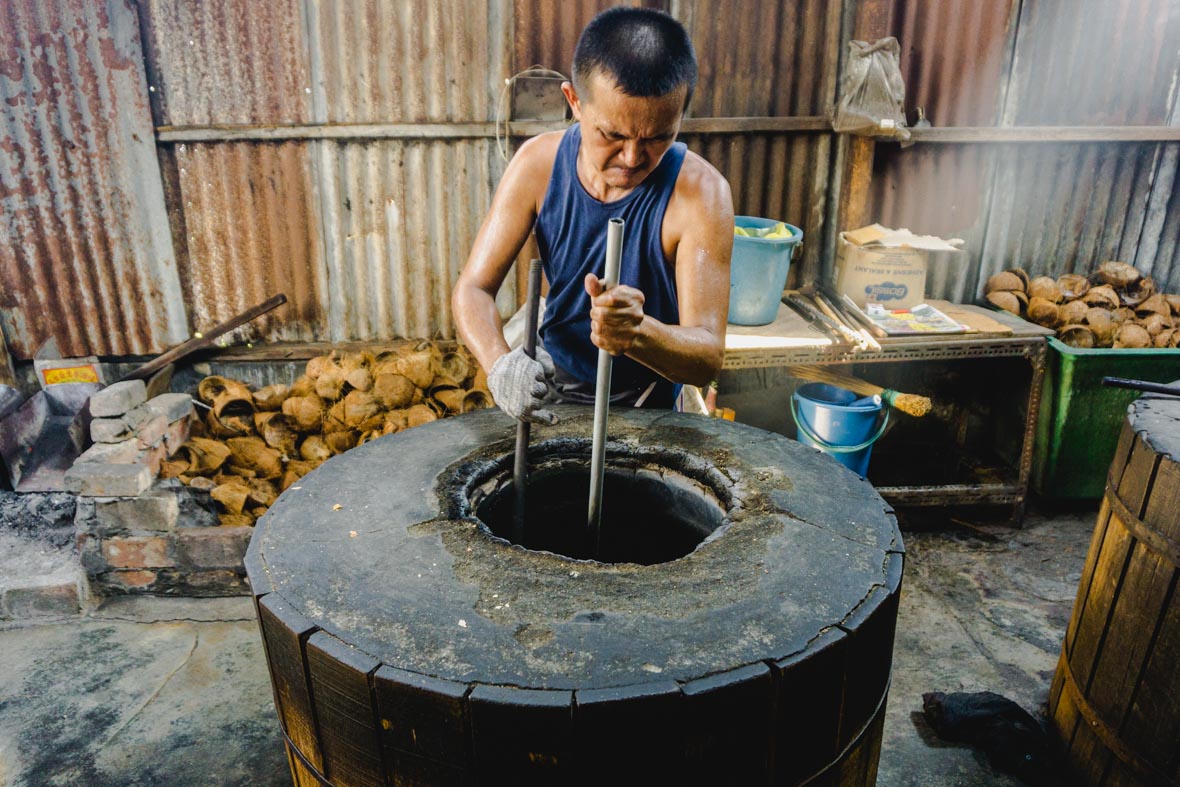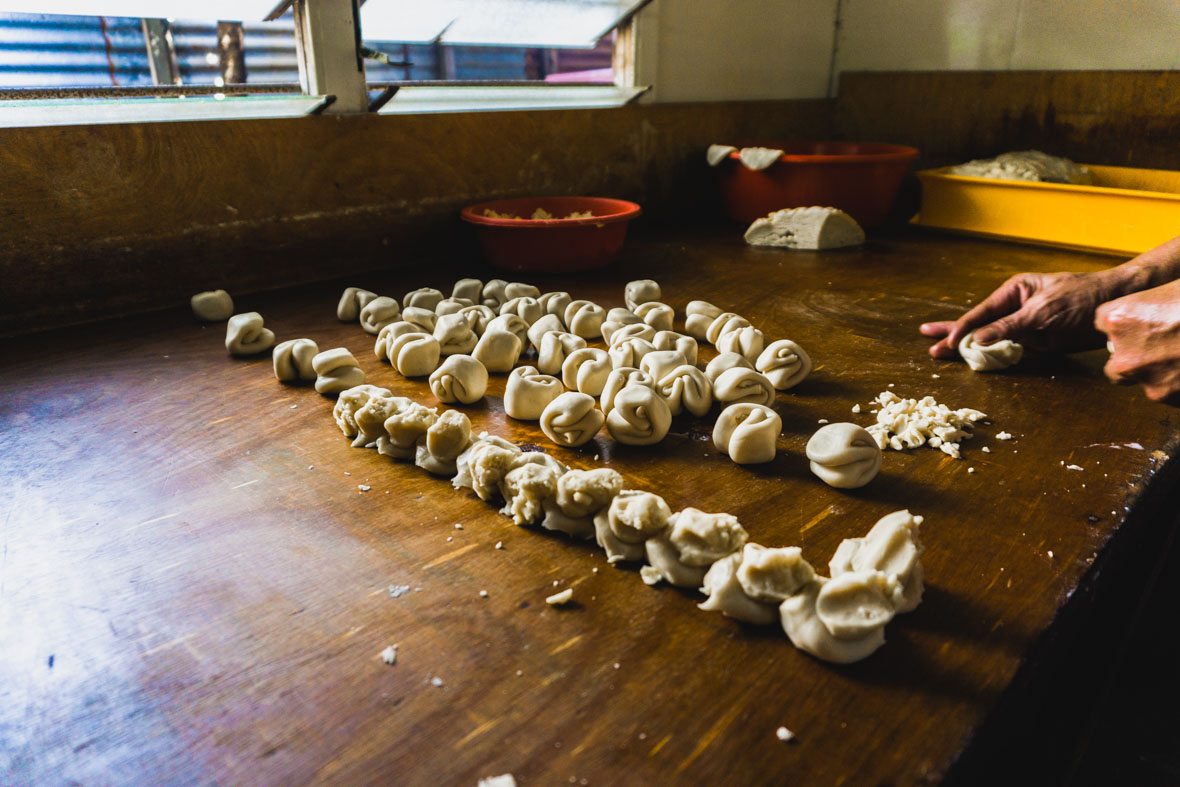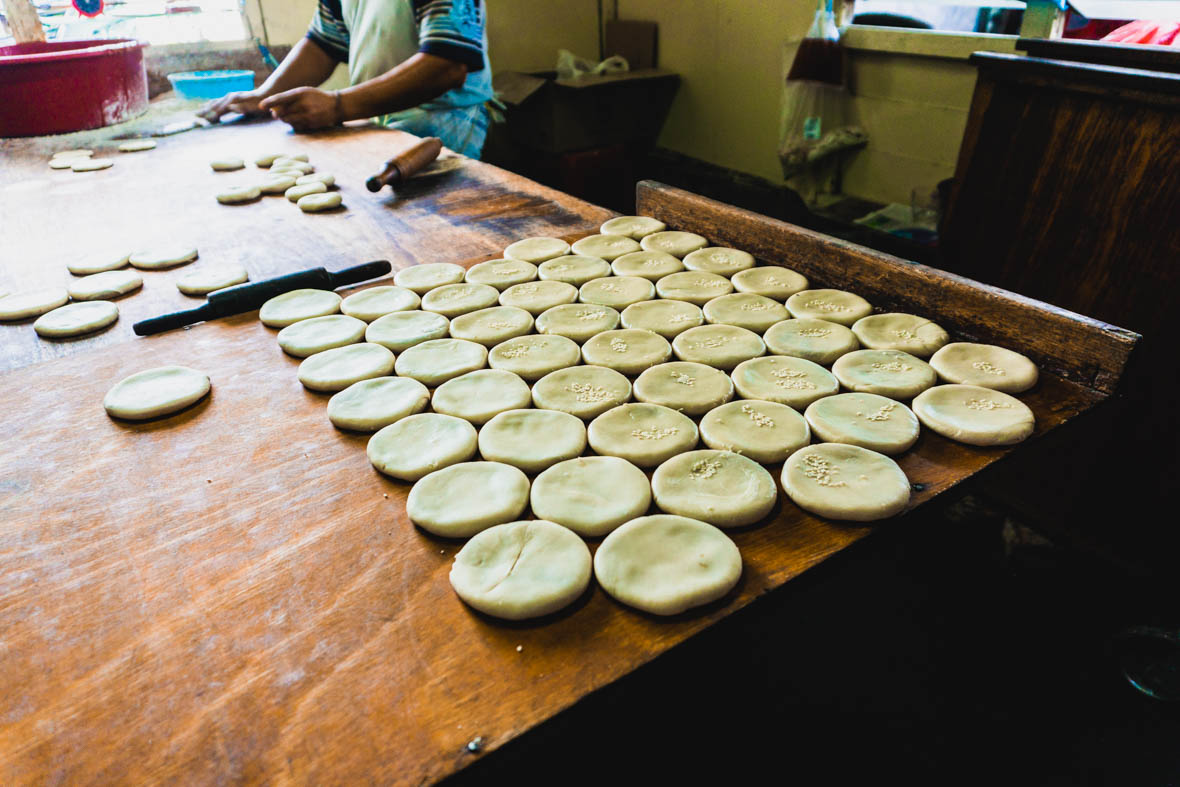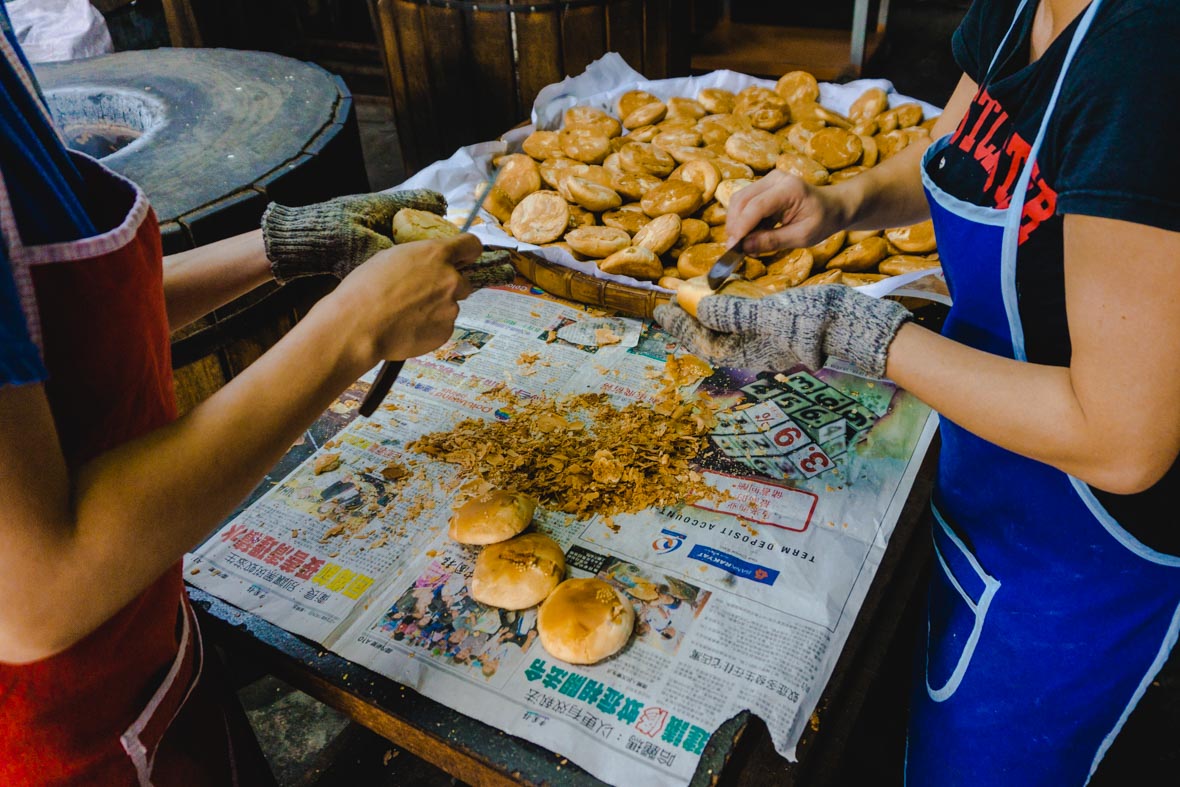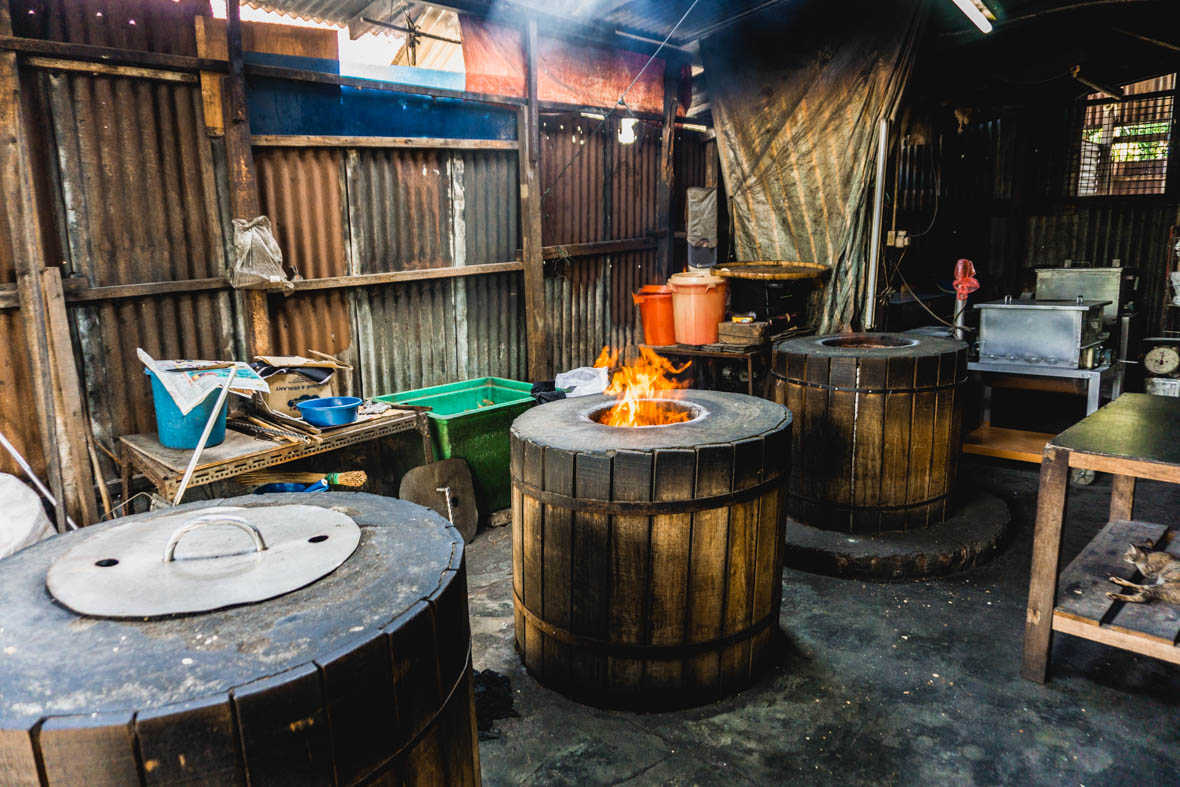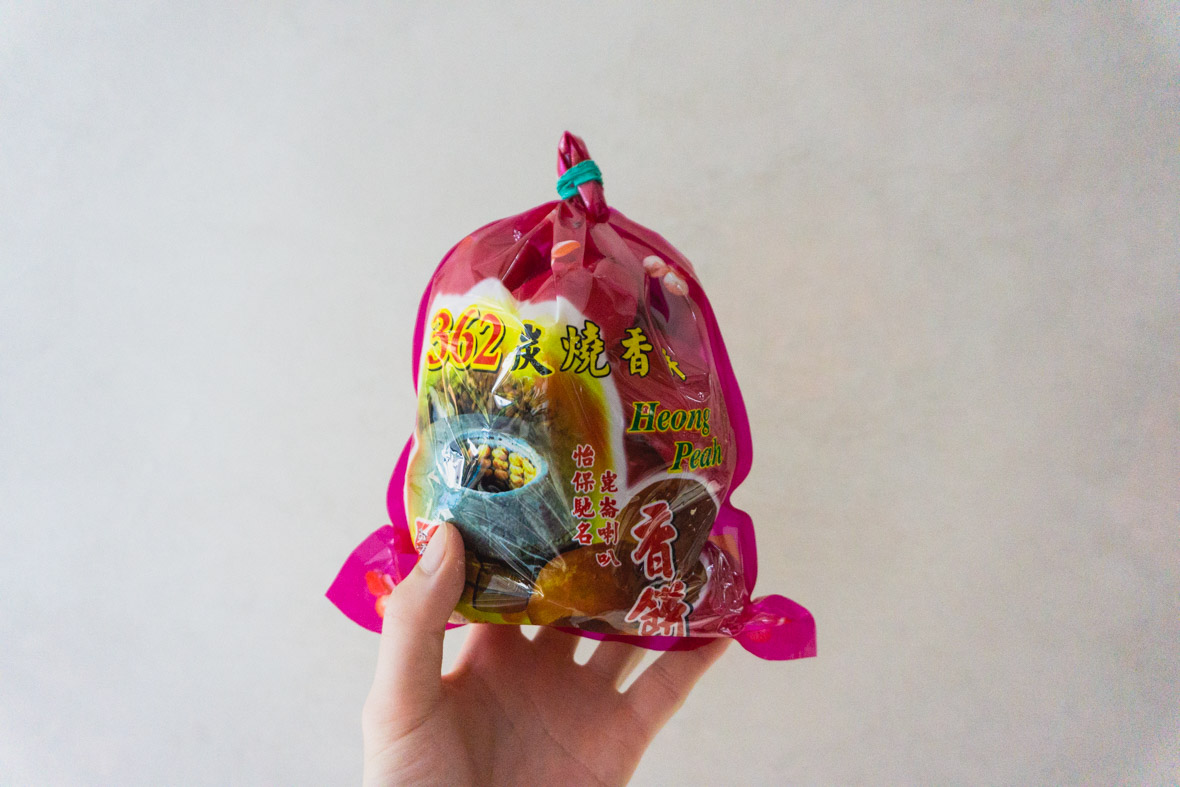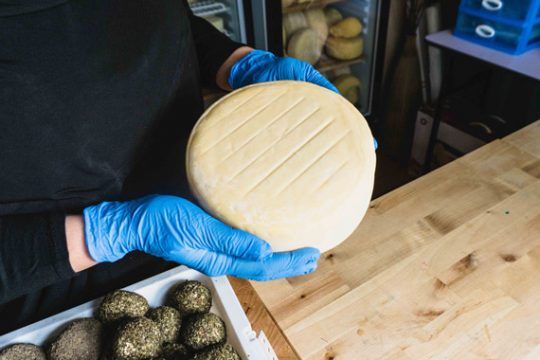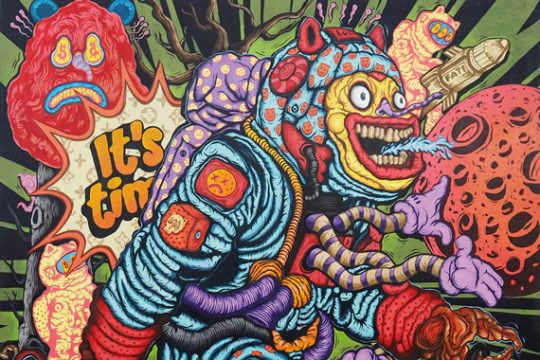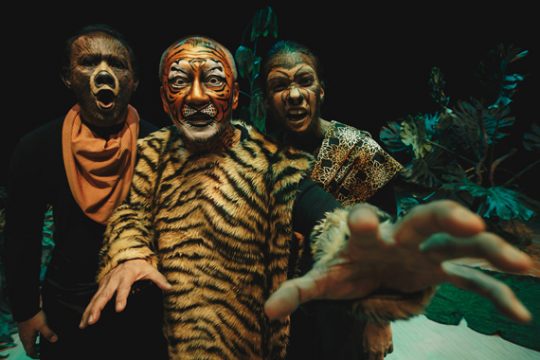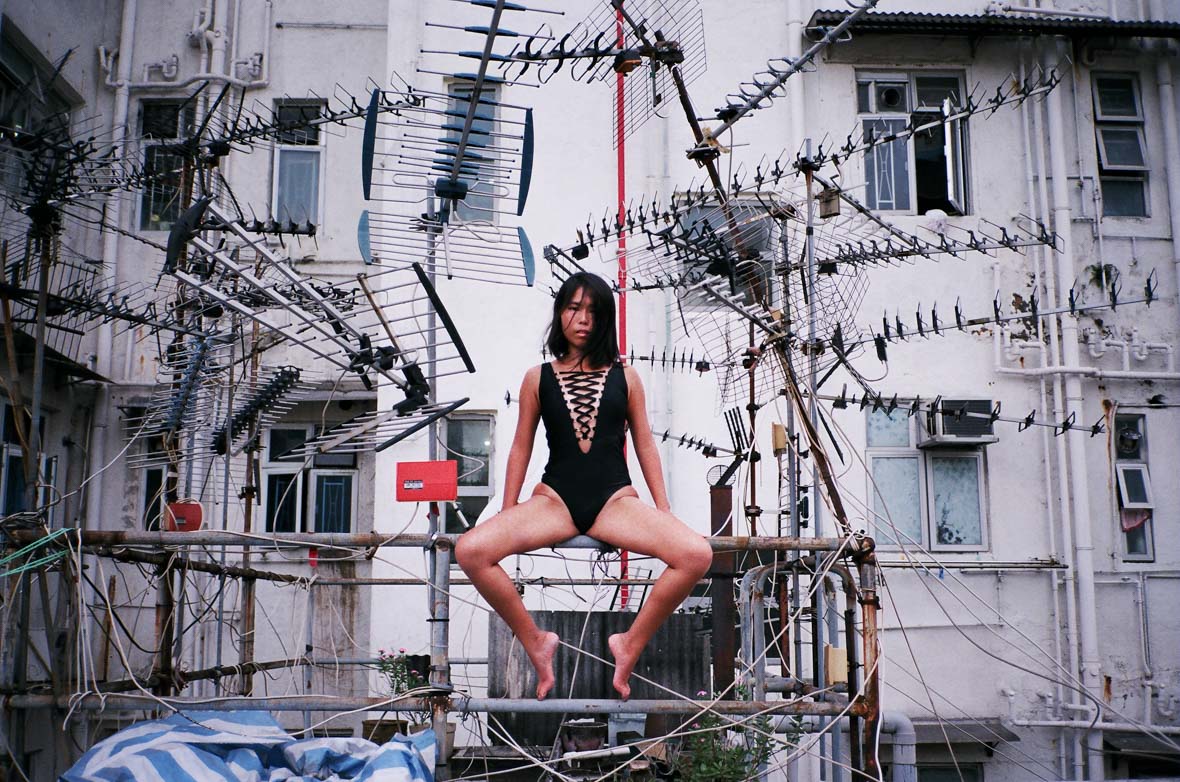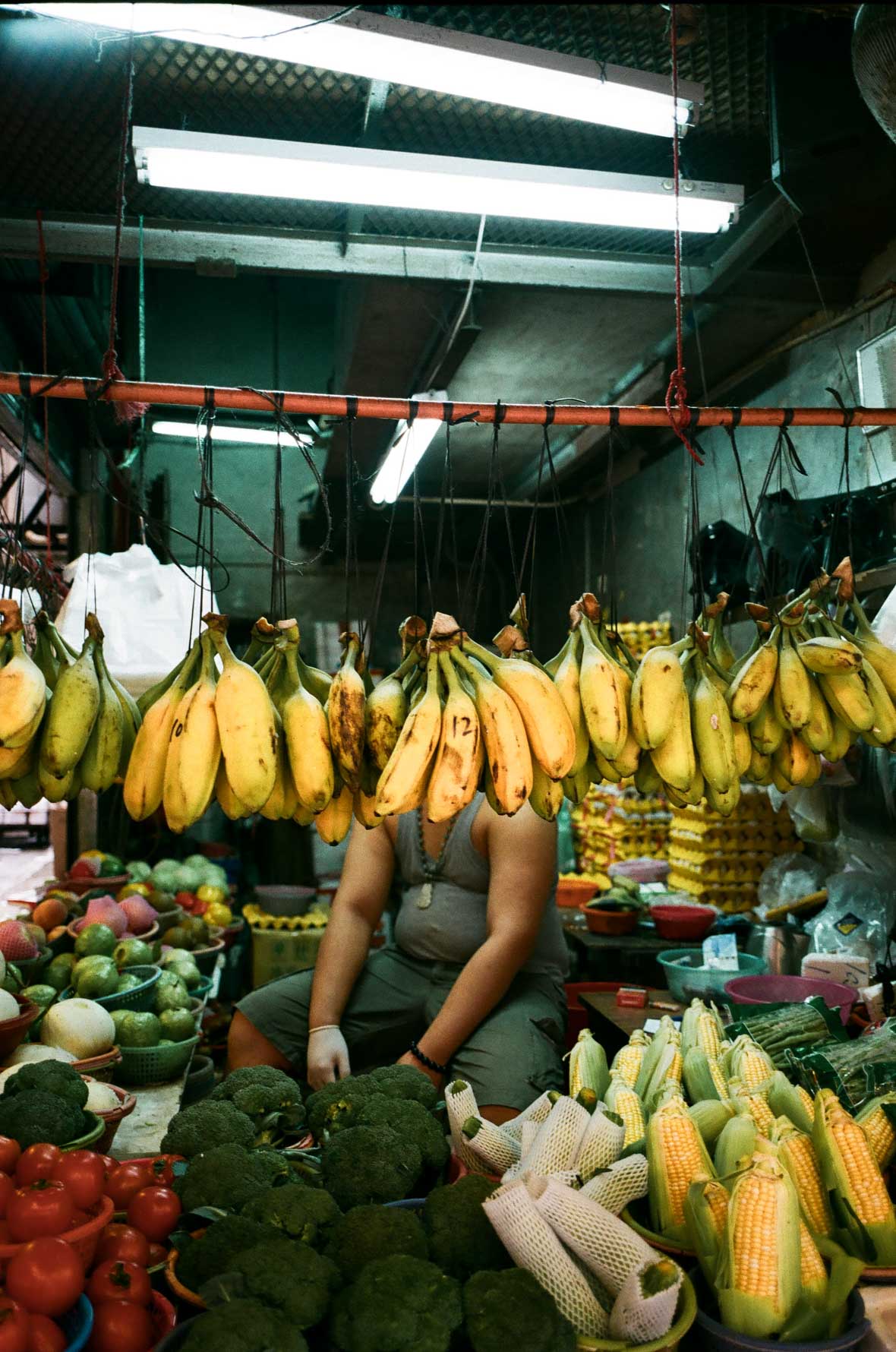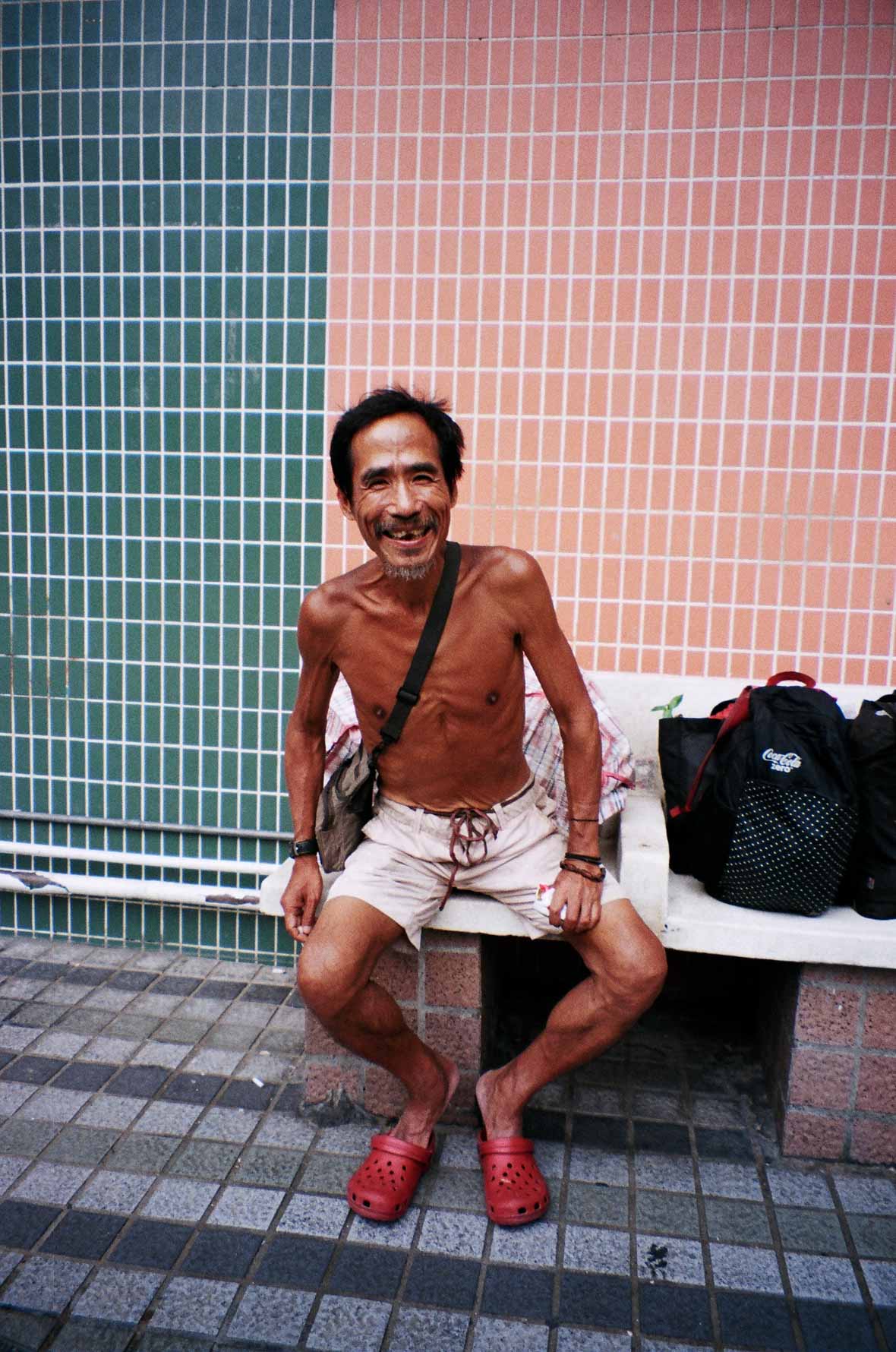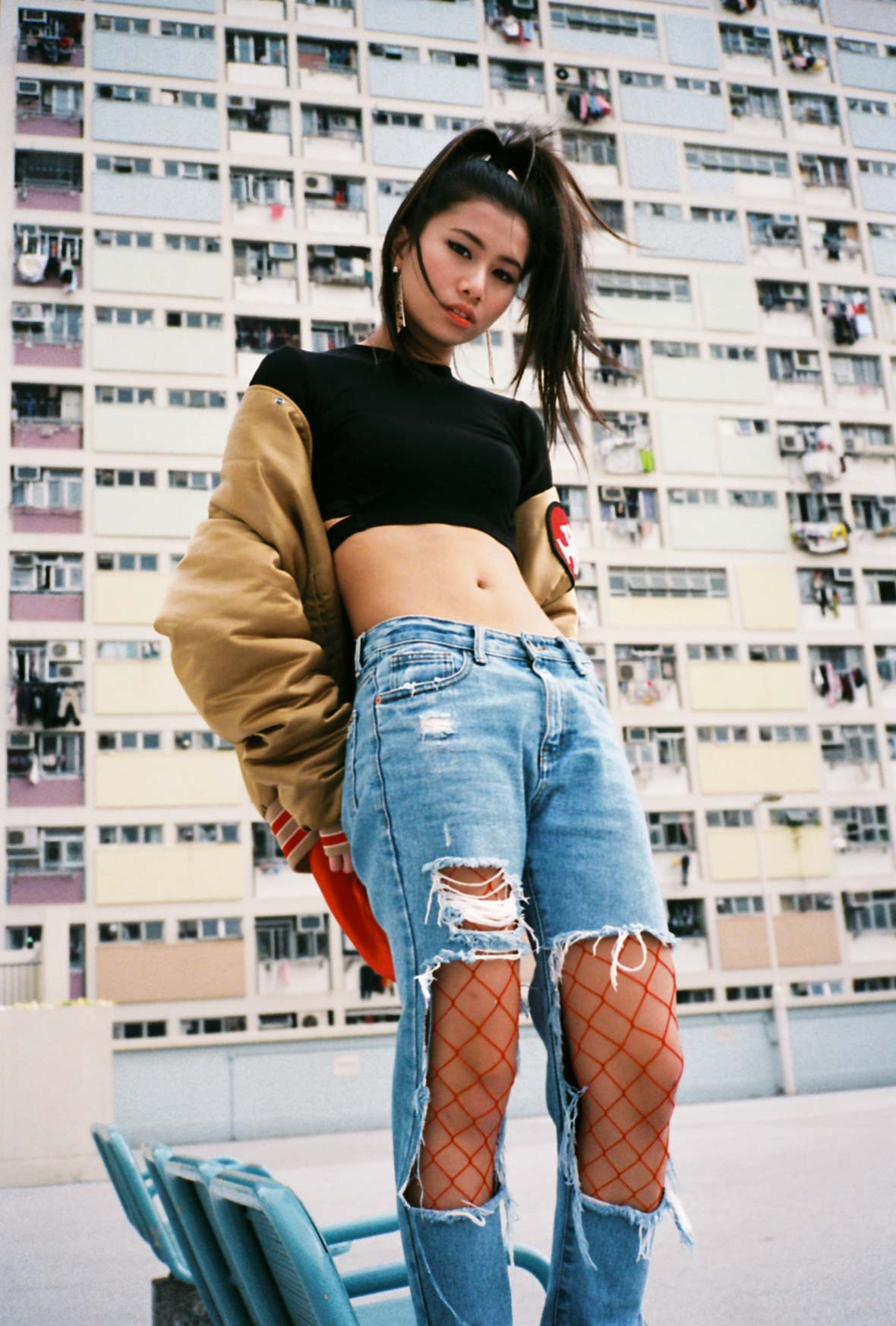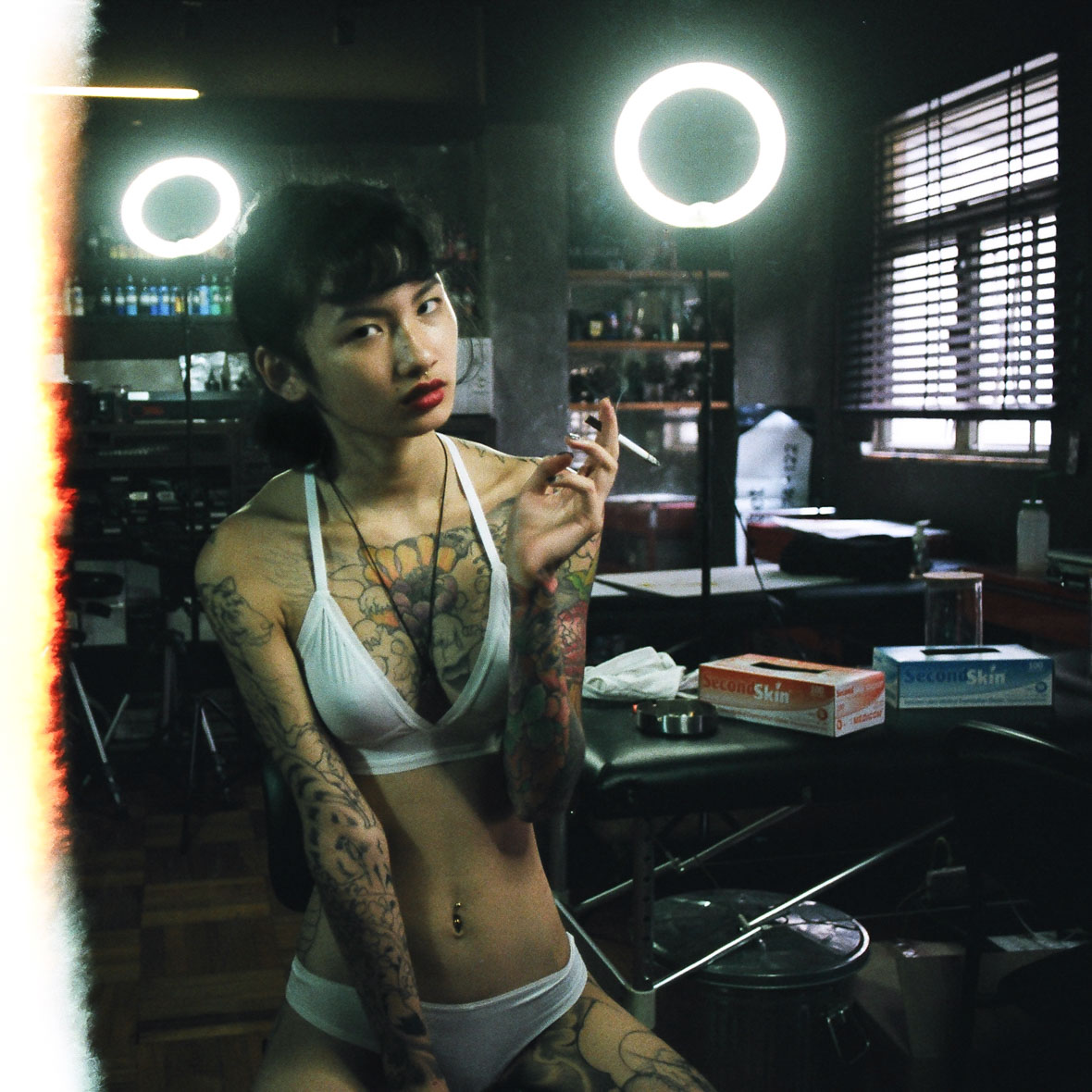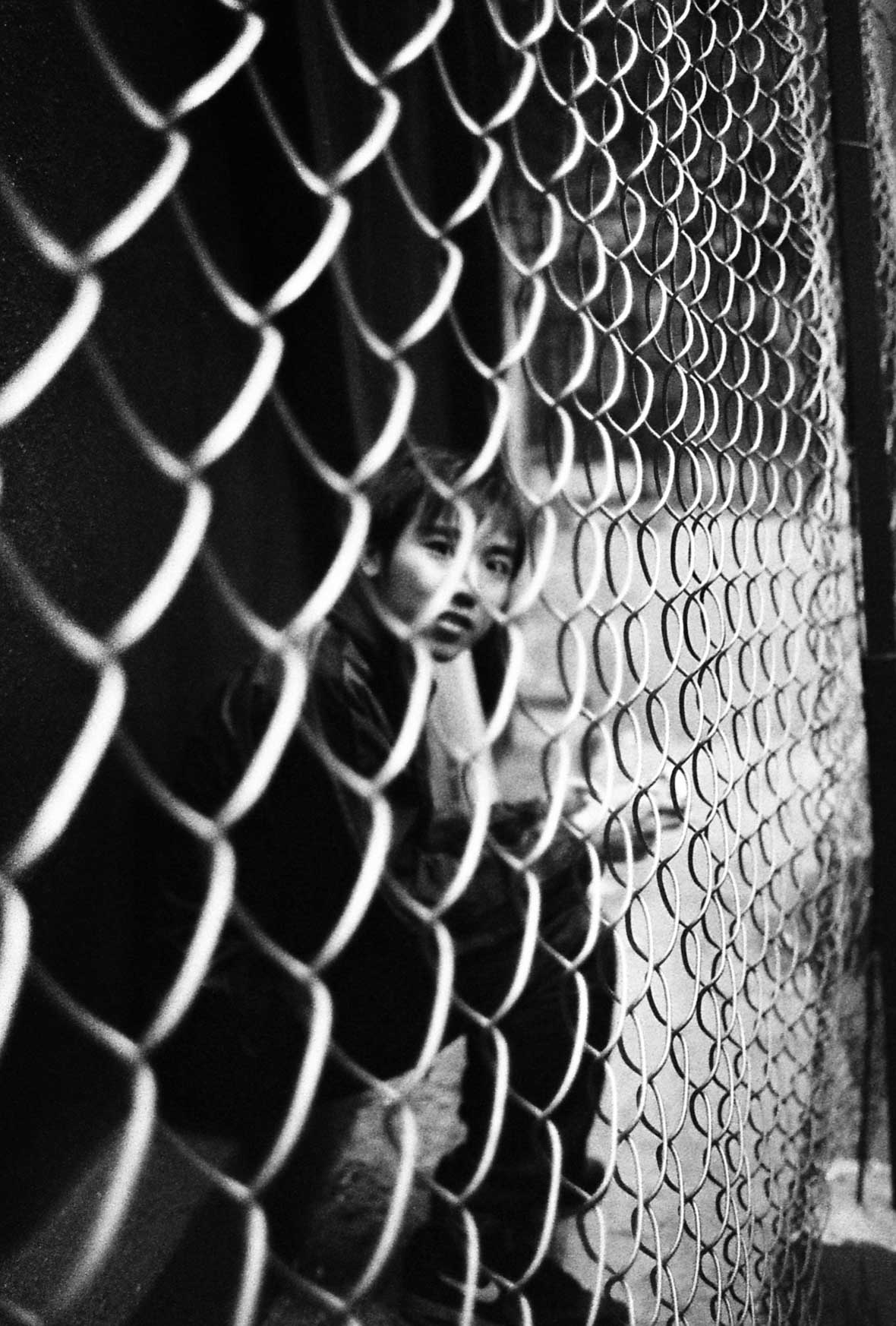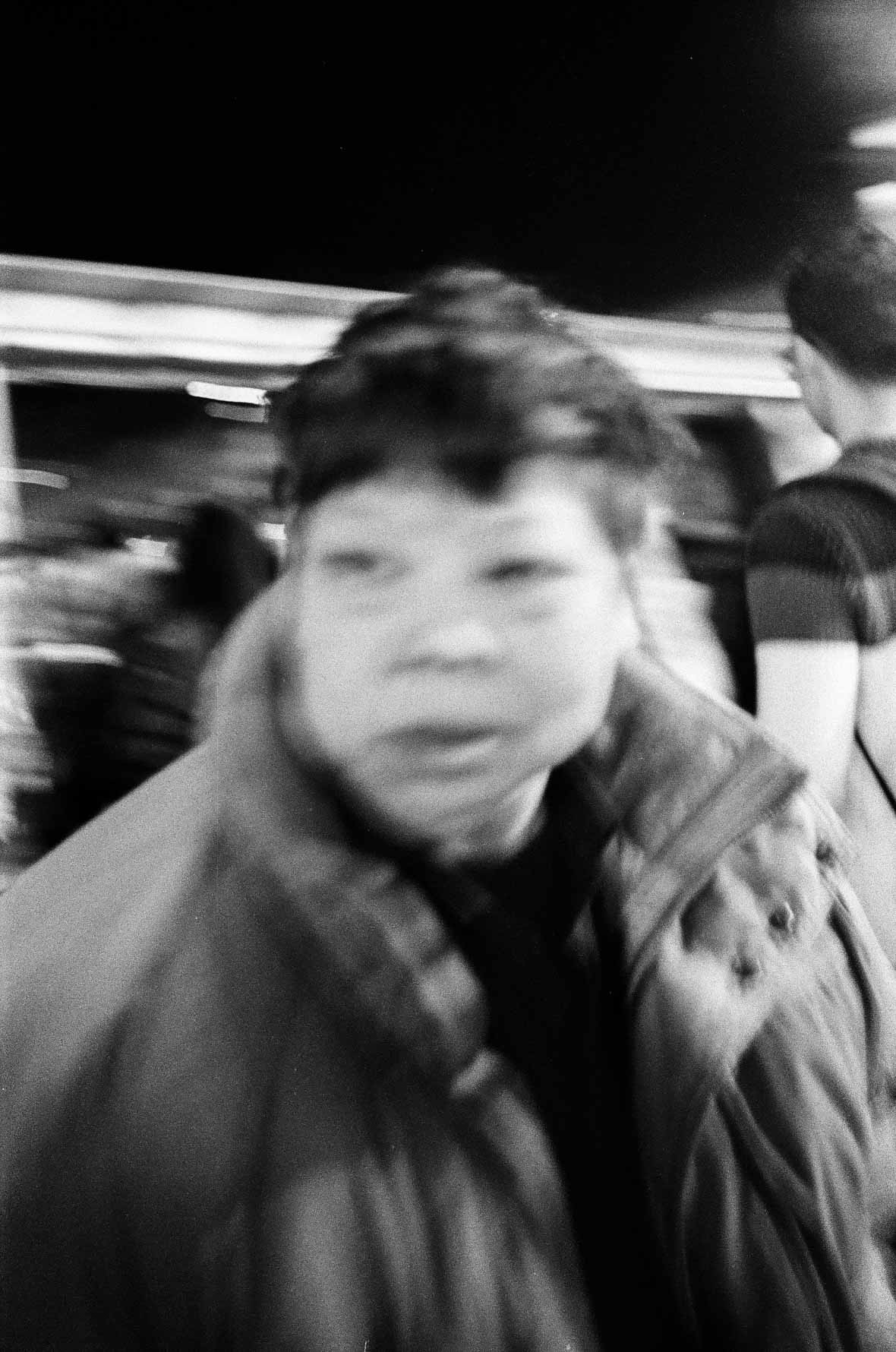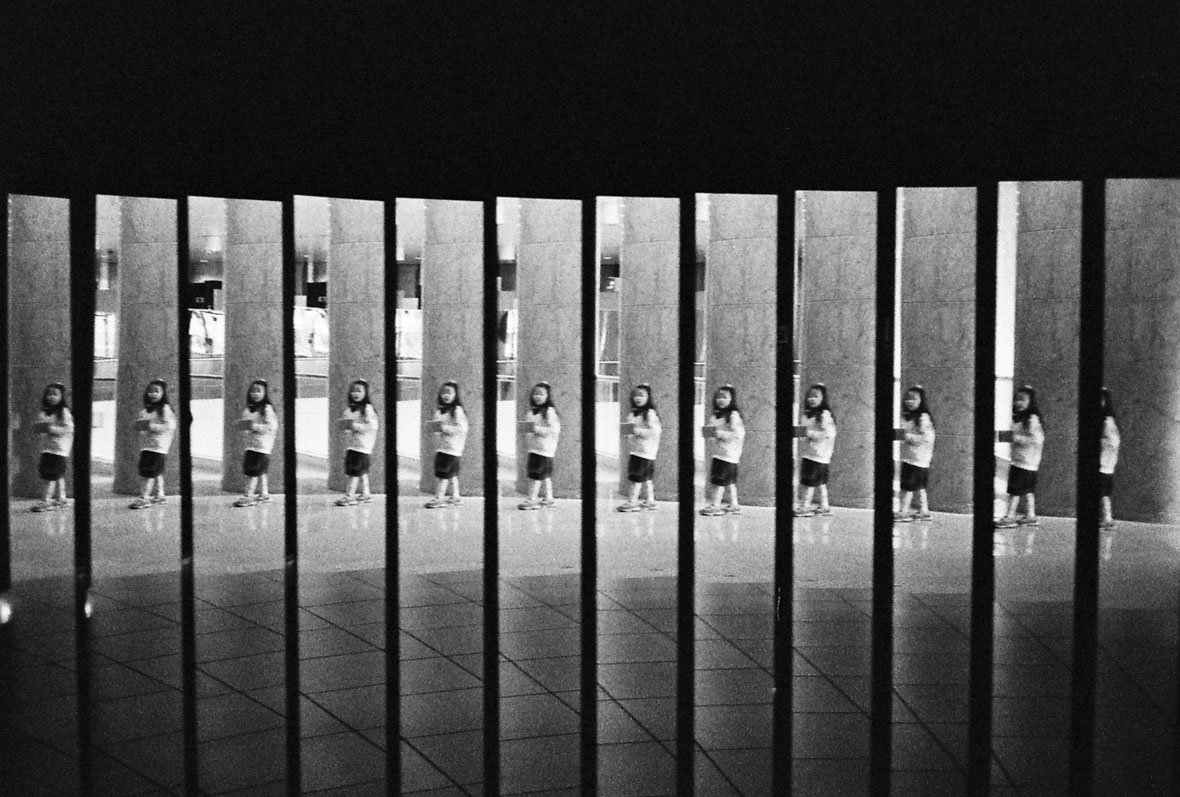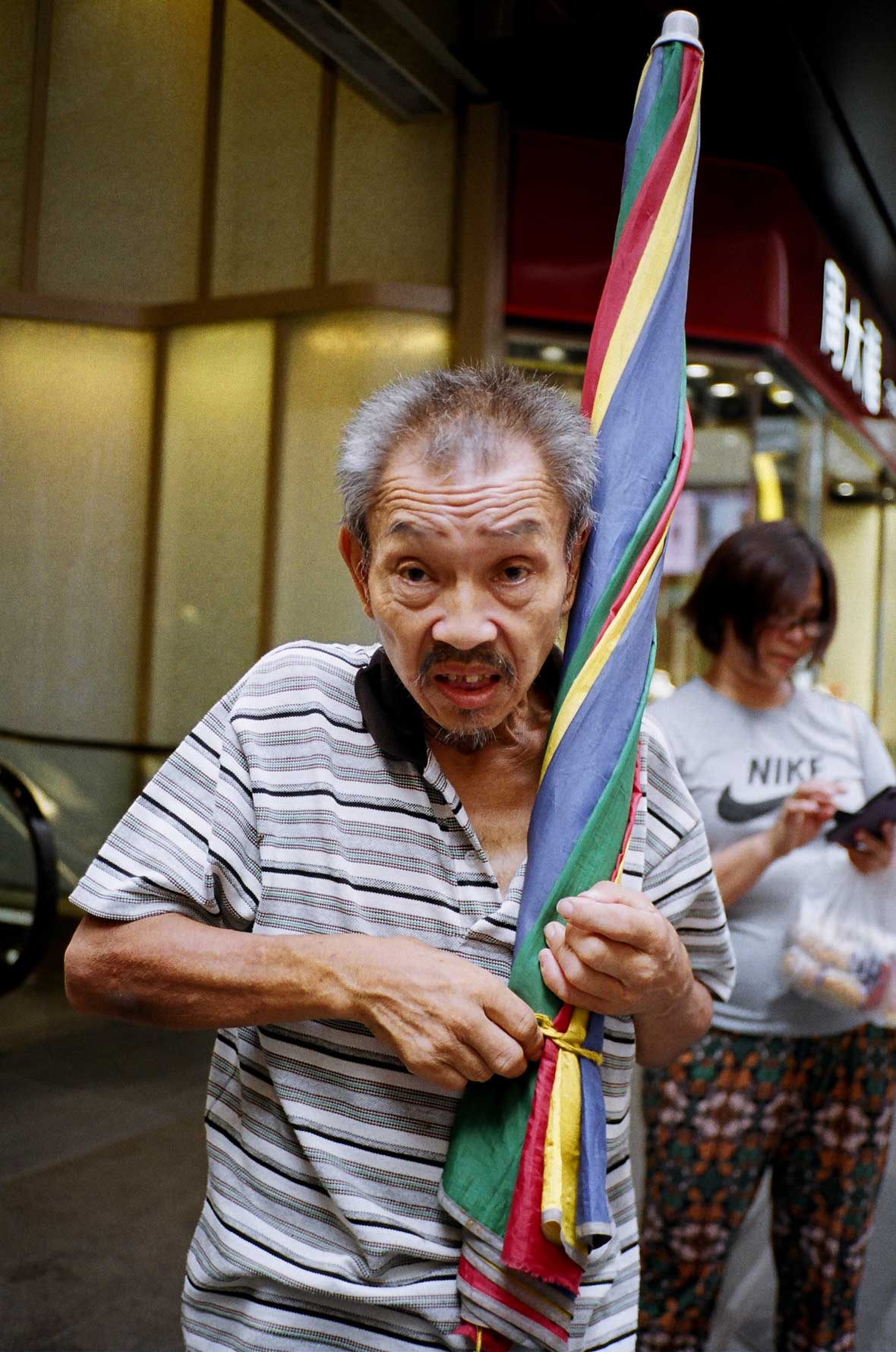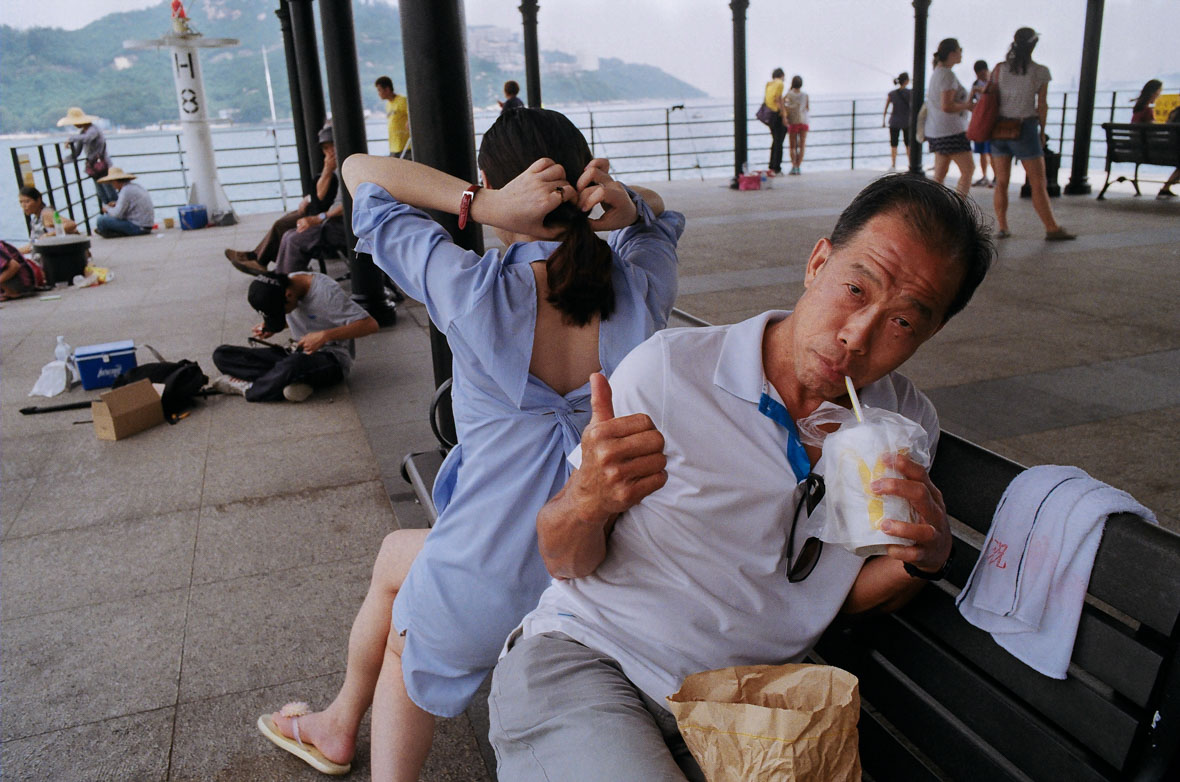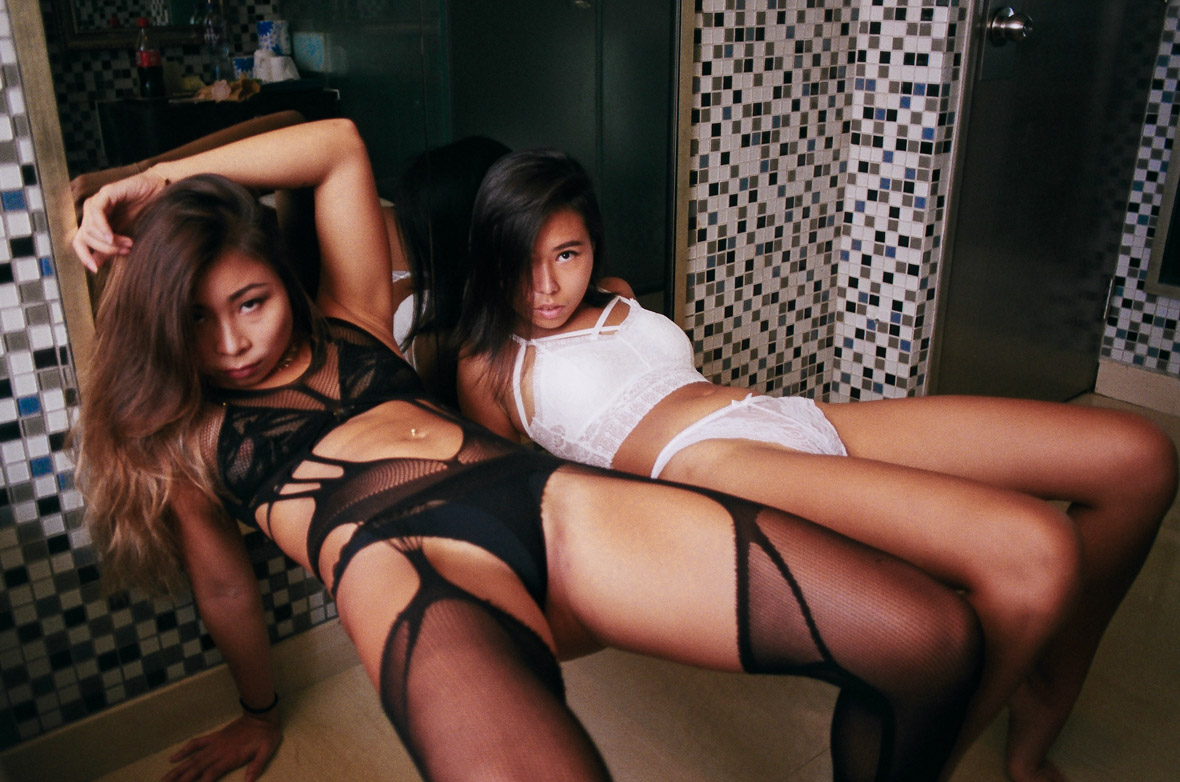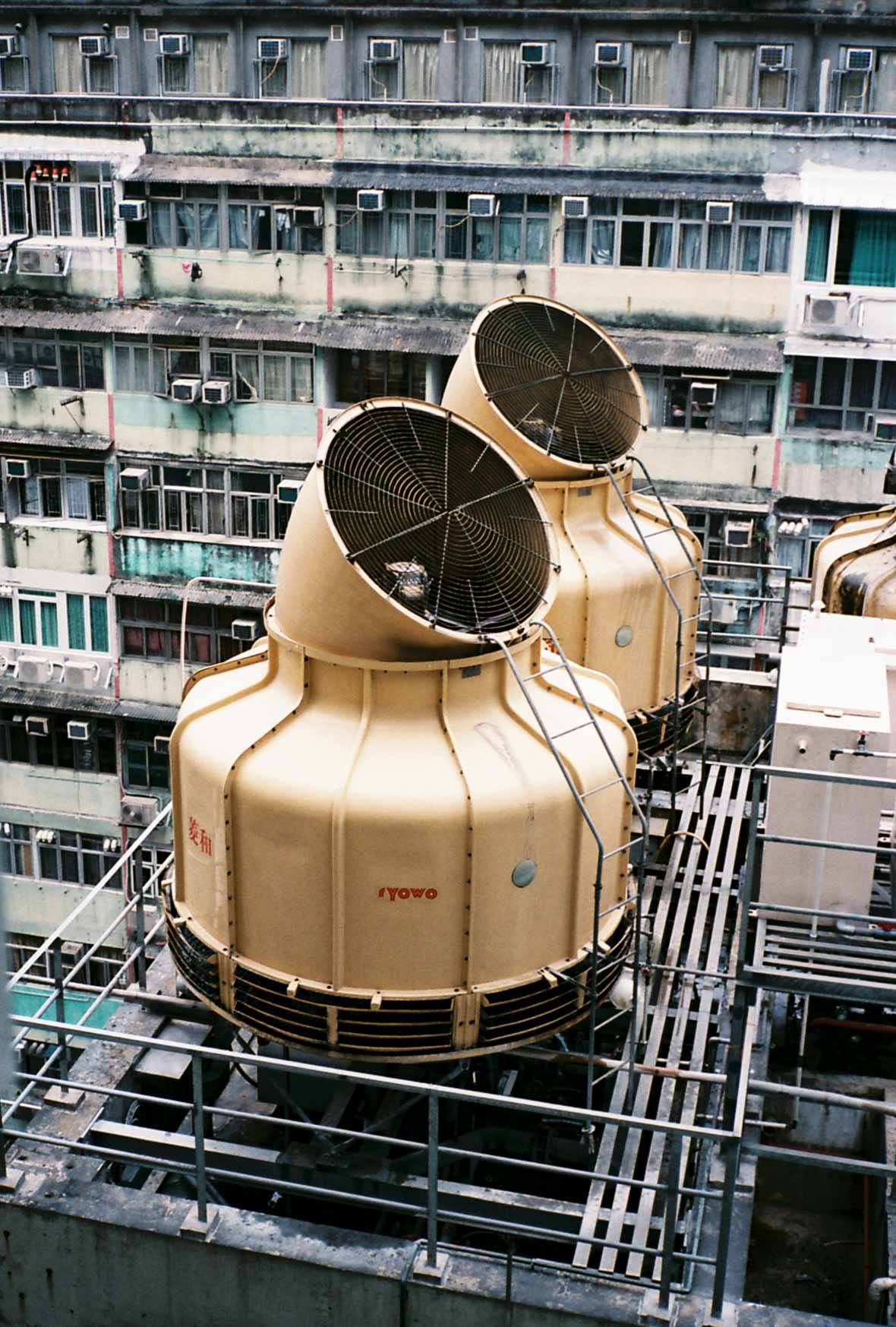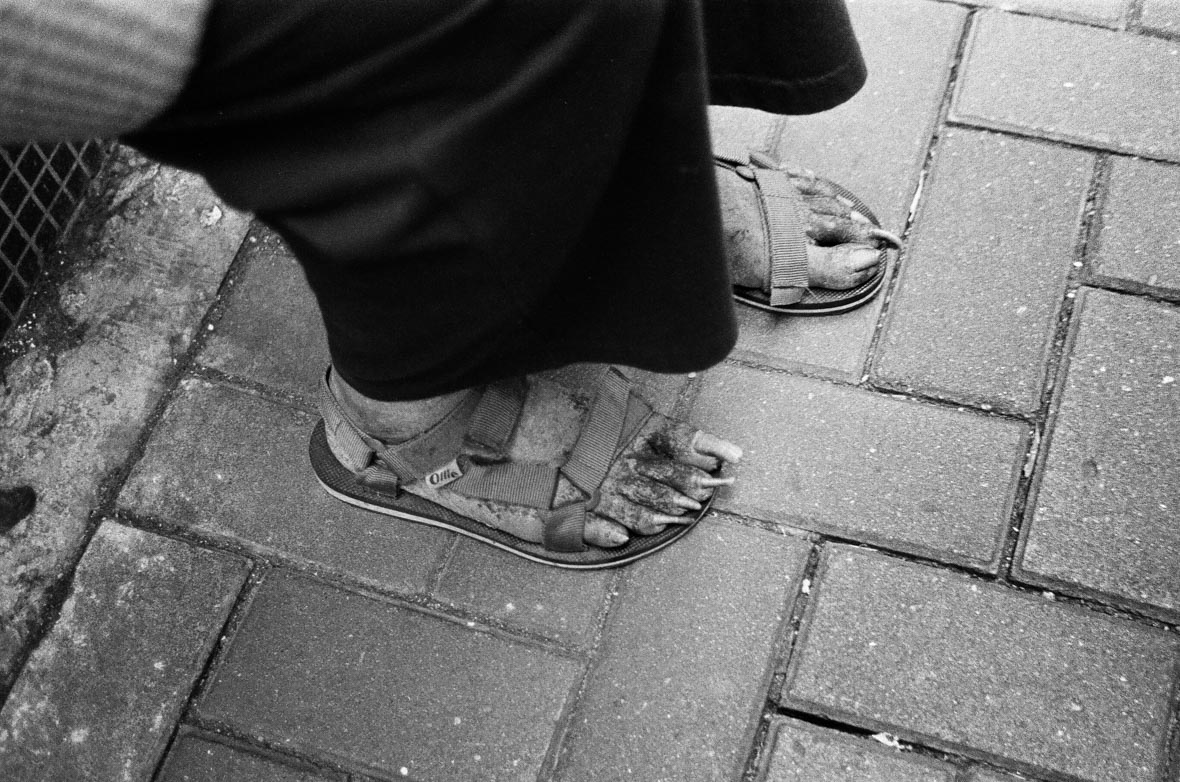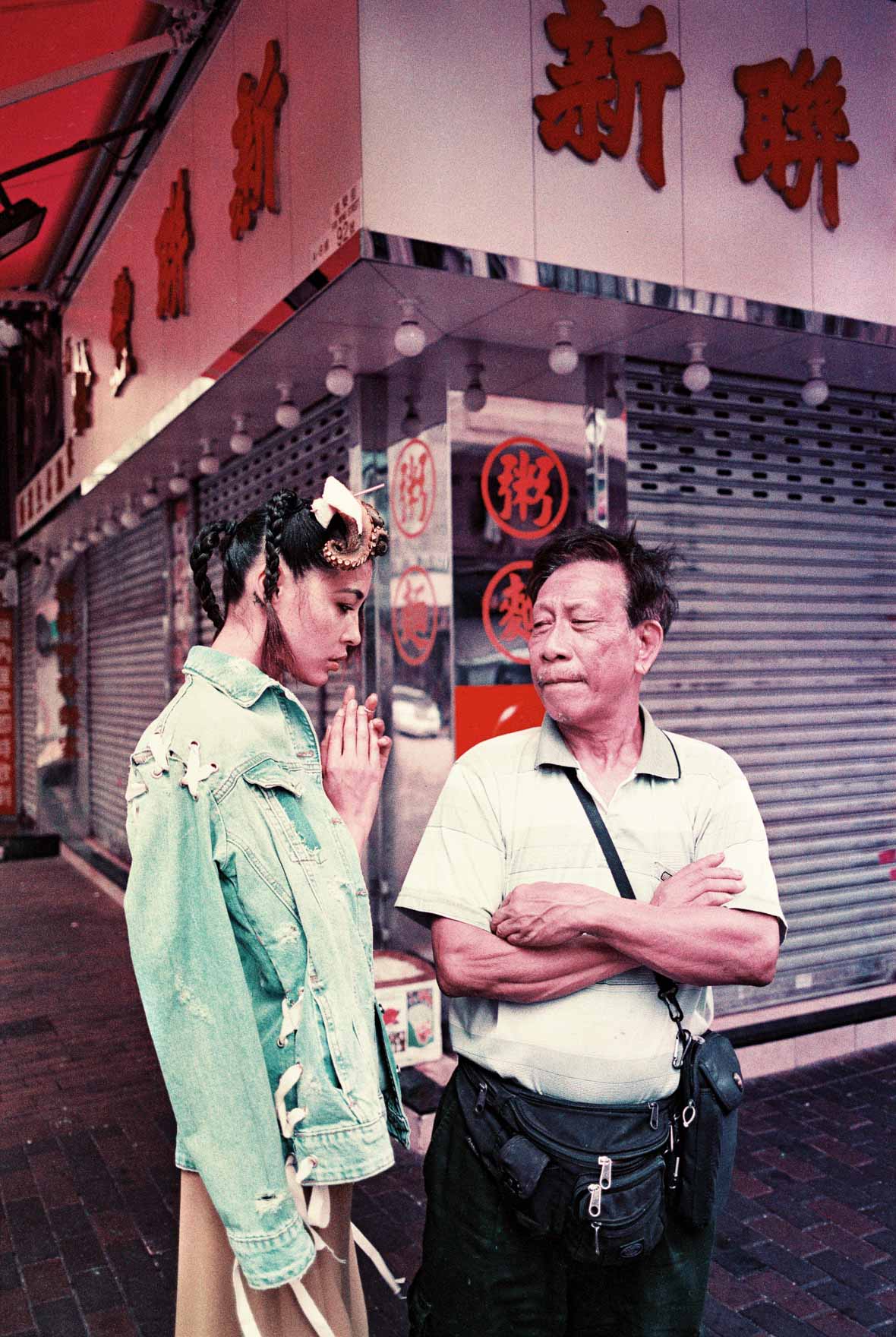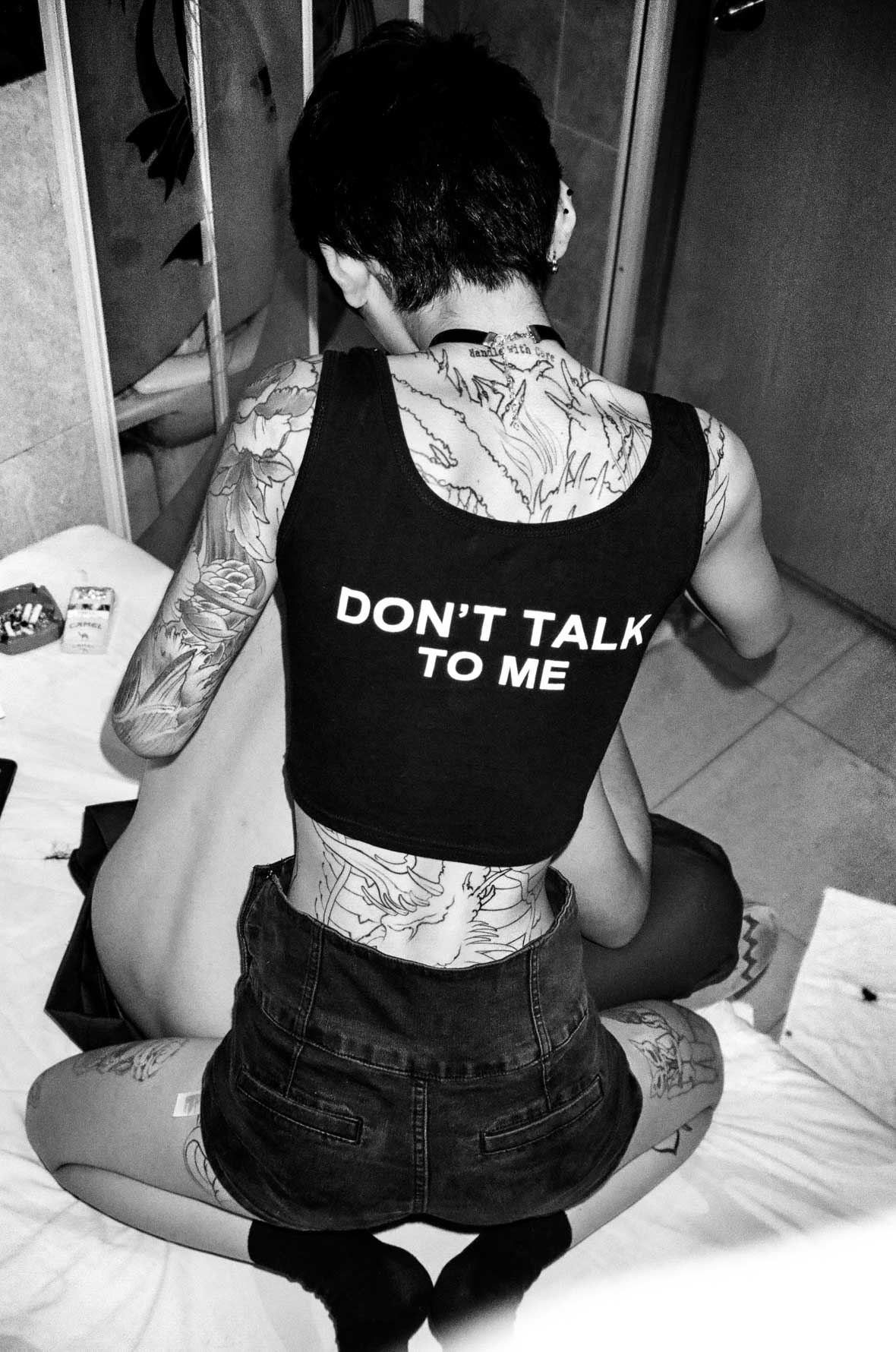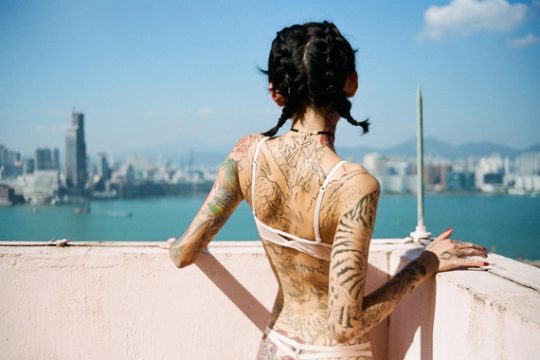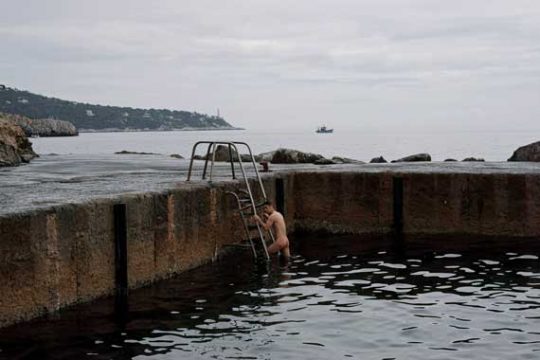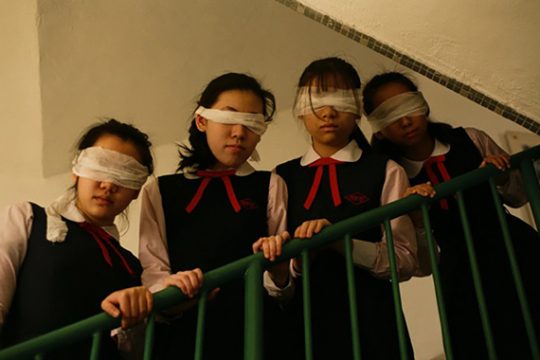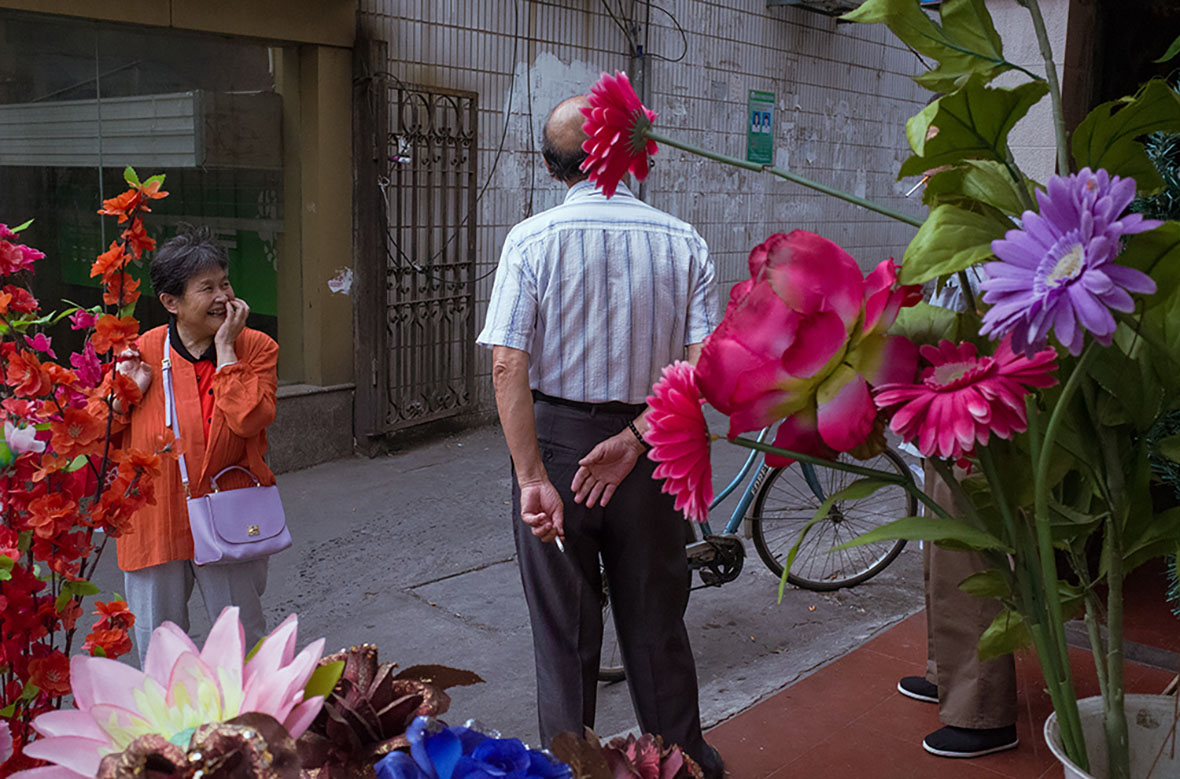
Liu Tao is a Chinese photographer from Hefei, Anhui Province. With his keen sense of humor and an insider’s perspective of the city, Liu has been given the nickname “wild street photography master.” Despite the extravagant title, Liu actually works as a water meter inspector for the public utility services. The contrast between his day job and his street photography has made Liu a subject of interest in the media in the past few years. However, Liu doesn’t see any conflict between these two parts of his life. His job for the public utility services gives him a set schedule, allowing him the freedom to go out and consistently take photographs throughout the year. Now, with seven years of street photography experience under his belt, Liu has captured the everyday lives of many of Hefei’s residents and has documented almost every emotion on the human spectrum along the way.
来自安徽合肥的摄影师刘涛,作品诙谐有趣且“接地气”,被号称为“野生街头摄影大师”,而他的本职工作却是一家自来水厂的抄水表工。这两个身份的戏剧性冲突,让刘涛一度成为了前两年媒体竞相报道的热点。
刘涛却不以为然。水表工这份工作给了他固定的休息时间,也为他提供了全天候的街拍时间。7年寒来暑往的拍摄,不仅记录了当地人柴米油盐的日常生活,也记录了嬉笑怒骂的人生百态。
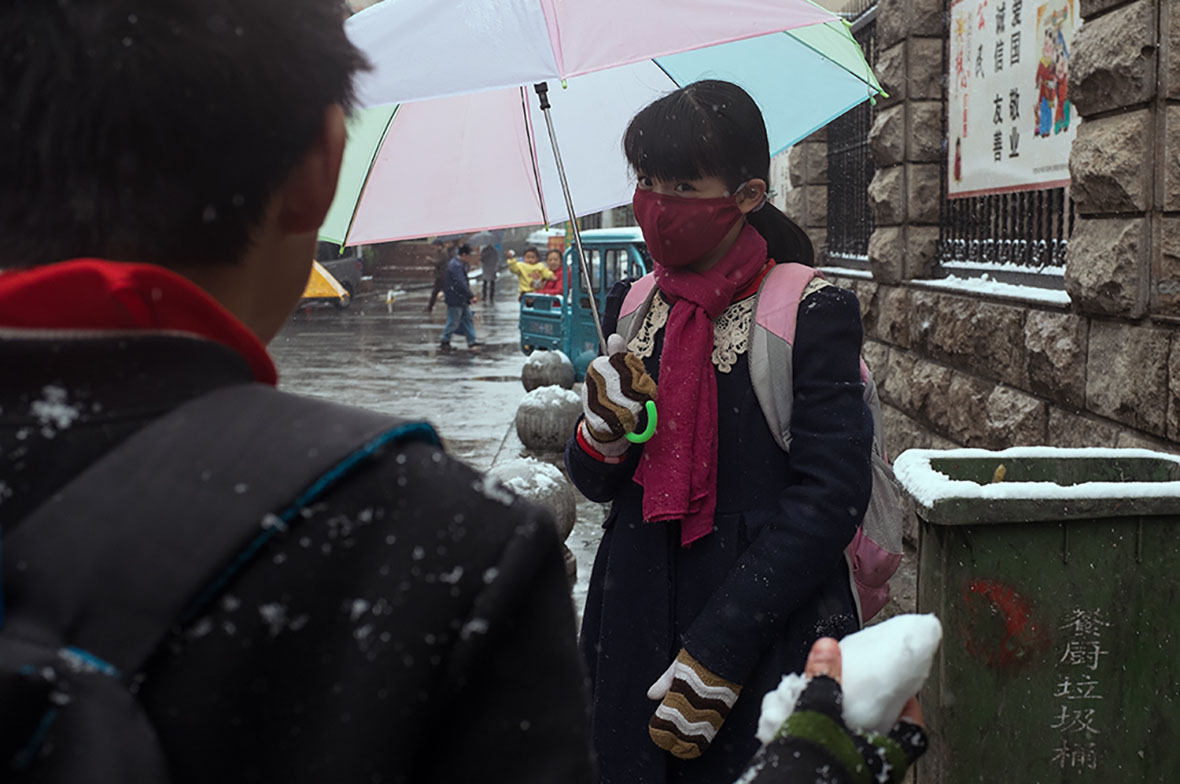
Liu’s favorite place to shoot is one particular street in Hefei, located in an old neighborhood that’s bustling with life. Whenever he has a day off, he’ll take his camera there, often spending the entire day shooting. Initially, when he first started taking photos here, some of the residents would react in a disapproving or standoffish manner. Liu says, “Two years ago at the door of the food market, I would come across a bulky guy selling peaches every day, and we would exchange glances. He thought I was from the city. Last year, at the intersection, we met again and he was selling sugar cane, and he thought I lived nearby. I told him I was just a photographer. This year, we crossed paths again at night, at the entrance of an alleyway where he was selling watermelons. As soon as he saw me, he yelled, ‘What are you up to! Why do I see you everywhere! Don’t mess around with me!’ His yelling startled all of the other streetside vendors around us.” Liu tells that normally when a photographer becomes a familiar face in the area, people will be more receptive to being photographed.
刘涛的拍摄地点是合肥一条充满生活气息的老街。每逢休息的日子,刘涛都会带着自己的小相机去街上拍照,常常一站就是一天。
而居民们对于这个定时造访的“怪客”,一开始都会有着天然的抵触:“前年在菜市场门口’那个季节’每日相遇,大汉在卖桃子,咱们两个眉来眼去的,他以为我是市容的……去年在十字路口‘那个季节’相遇,大汉卖甘蔗,以为我住附近,我和他表白说我是爱好摄影。今年在巷口他卖西瓜,晚上相遇,他刚大喝一声:‘你到底干嘛的!怎么在哪都看见你!别开玩笑了!’这声音大得惊动了周围卖冷饮的、卖日用的,还有卖煎饼的……”
刘涛说,只有熟悉了这个街道,那里的人才会接纳摄影师的镜头。
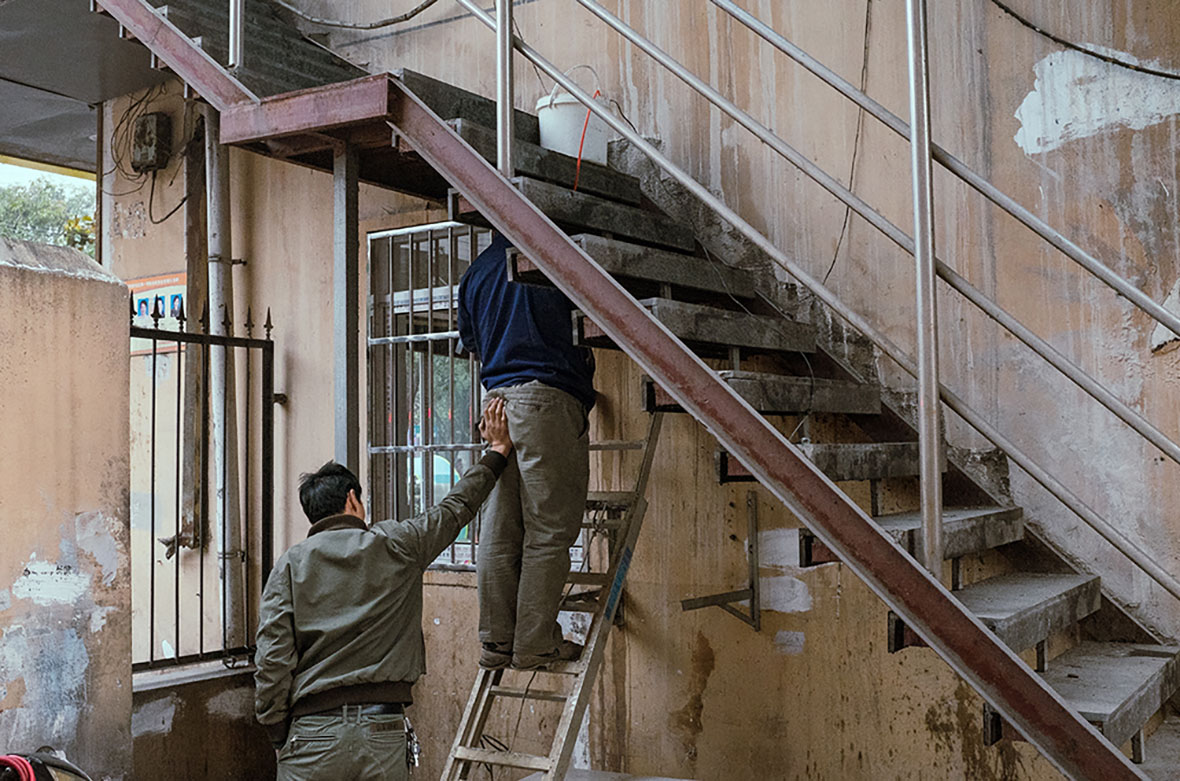
Over the years, Liu has observed both the familiar sights of the old streets as well as the changes in both the city and its residents. He shares that he doesn’t go to commercial or business districts, disinterested in photographing skyscrapers. He says, “Those places don’t have the atmosphere of daily life.” As an ardent observer, Liu remains fascinated by the daily patterns of people on Hefei’s old streets. But what truly captivates his interest are the stories behind each and every person.
这些年,刘涛背着相机在路上,看到了年年岁岁相似的景象,也看到了从城到人各自的变迁与成长。他不去商业楼盘拍高楼大厦,“因为那里没有生活气。”
刘涛是个观察者,老街上人来人往的生活氛围吸引着他,而那些带着人情的故事更是。
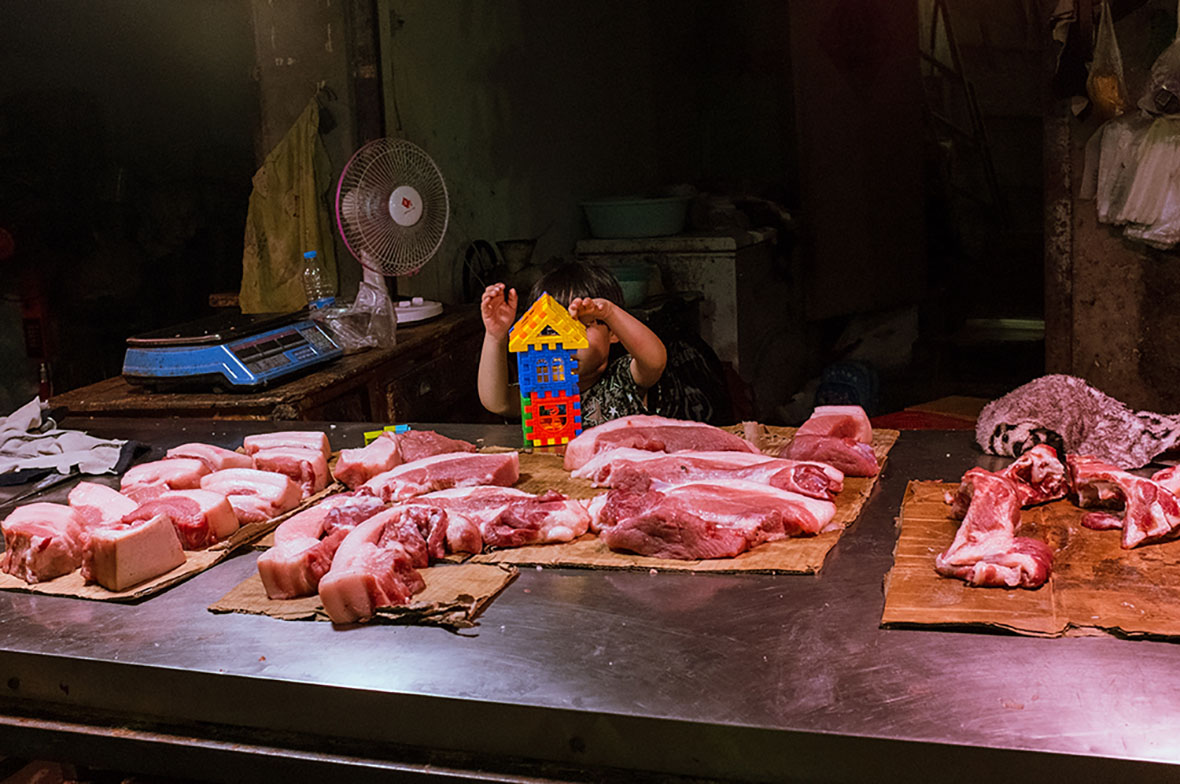
Taking photographs in the same area for such a long time, Liu will often run into the same people again and again. This has led to no shortage of awkward moments. One time, a photo that he took of the female butcher shop owner taking a selfie with her legs kicked up on the table became the headlining photo of a local newspaper. He confesses that now, every time he passes by the butcher shop, both he and the owner will avoid making eye contact with each another. “It’s way too awkward,” he says.
固守在同一条街拍照就必然会撞见同样的人,尴尬的时刻当然不少。刘涛曾拍过一张肉铺店女老板翘脚自拍的照片,后来成了新闻报纸上的头条图片。他坦言现在每次去这家肉铺,女店主和他都会默契地避开眼神接触,“太尴尬了。”
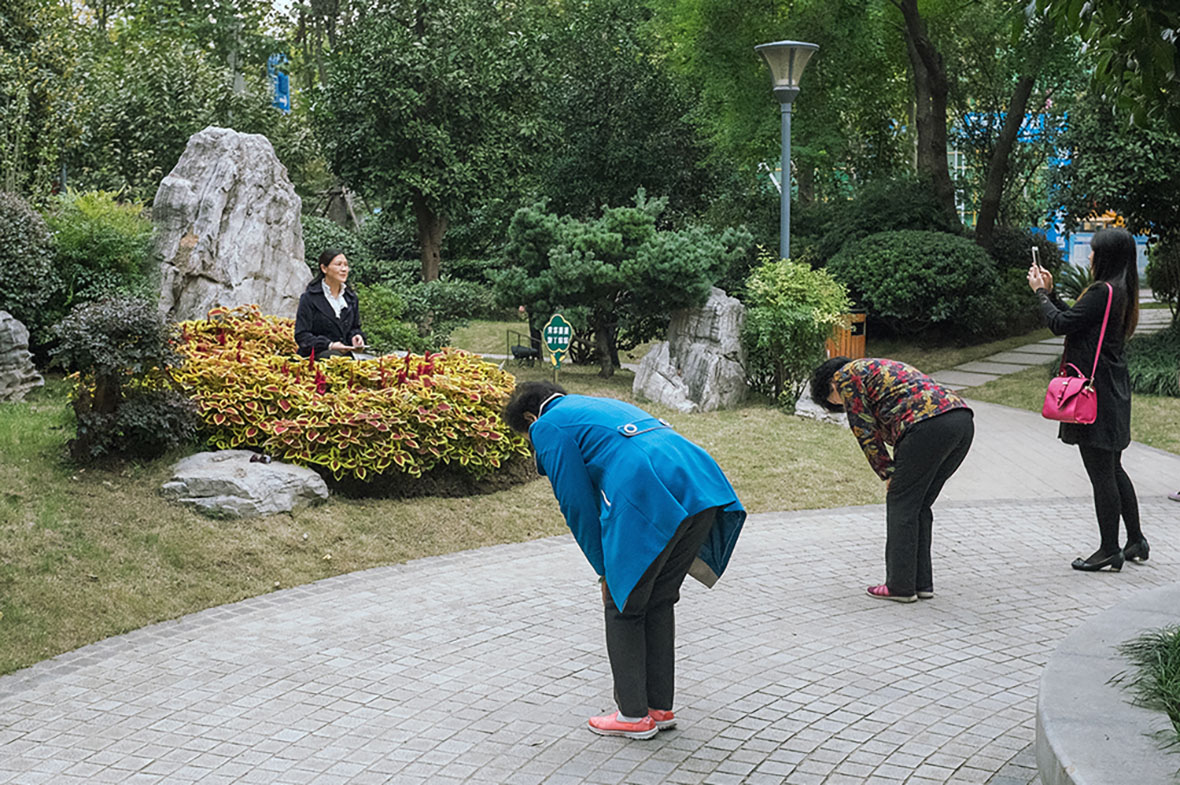
Liu always finds interesting perspectives to shoot from. He may stay in the same spot for a few hours – even a few days – waiting for the perfect moment to present itself. Sharing the story behind the above photo, he says, “When I shot this, I saw that there were people coming to take photos in front of these flowers, while these aunties were doing exercises next to them. The aunties just happened to be bowing down while the woman posed in front of the flowers, so I captured that moment.” Liu’s street photography style draws from his own influences as well. He’s a lover of the films of Stephen Chow, and he never gets tired of their sense of humor and slapstick moments. What motivates Liu to keep exploring and shooting are coming across these humorous, interesting moments within the mundanity of daily life.
刘涛所拍的照片视角很有趣,他会在一个角度蹲点好几个小时甚至好几天,去等待那一瞬的绝妙时刻,让照片本身成为一个故事片段。“拍这张照片是看到有人走进花坛里拍照,而跳健身操的两个阿姨和她正对着,又正好做个鞠躬弯腰的动作,就拍下来了。”这也许和他的兴趣爱好相关,他很喜欢周星驰的电影,其中的幽默、熙攘、烟火滋味,让他百看不厌。而在无趣的生活中搜索有趣,在寻常的琐事中发现不凡,这也让他百拍不怠。
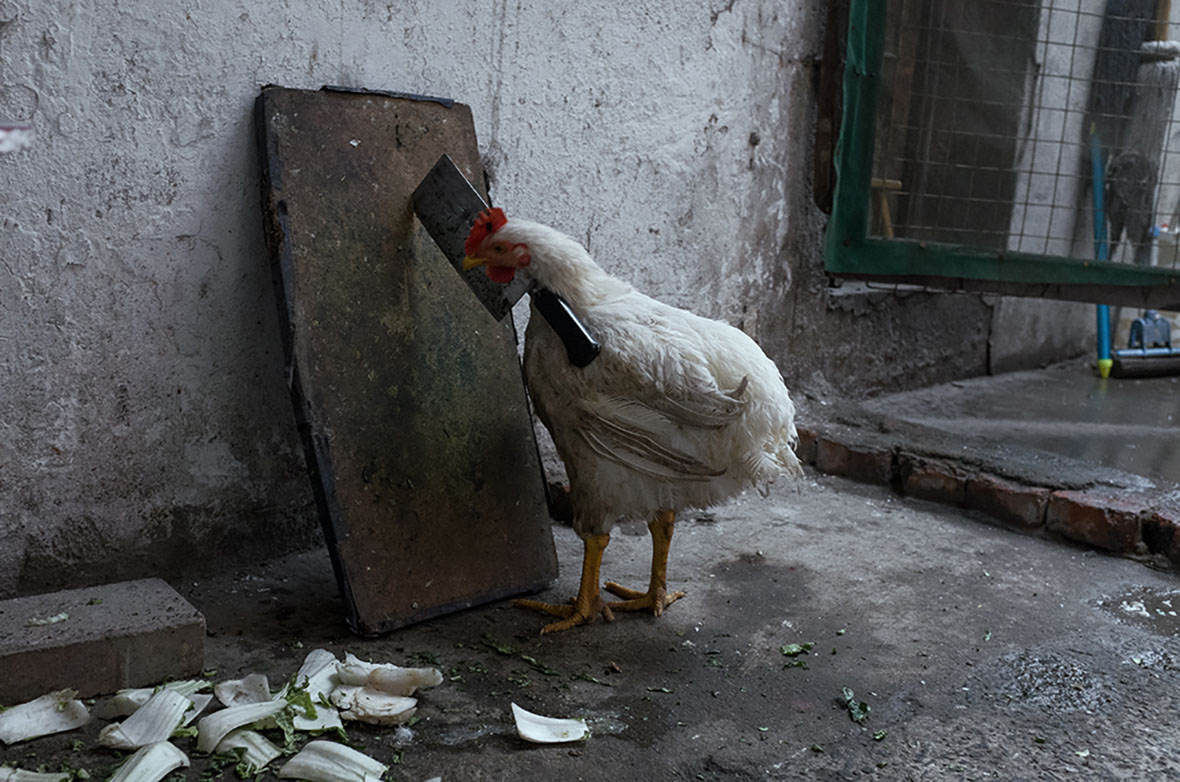
Now, as a father, Liu spends a lot of time photographing his daughter instead of Hefei’s old streets. When he was offered an opportunity to become a full-time photographer, he declined, choosing instead to humbly continue his work inspecting water meters. For Liu, photography was never about advancing his position or chasing fame and fortune – he just wanted to experience more of what life was about, to fully live life and live it well.
现在的刘涛已经当了爸爸,镜头除了对准人来人往的老街之外,也会拍些自己的女儿。他拒绝了做全职摄影师的机会,依然还是做着抄表工的工作。因为在相机背后的他从没想过居高临下,而是想真正走到生活中去,生活。
